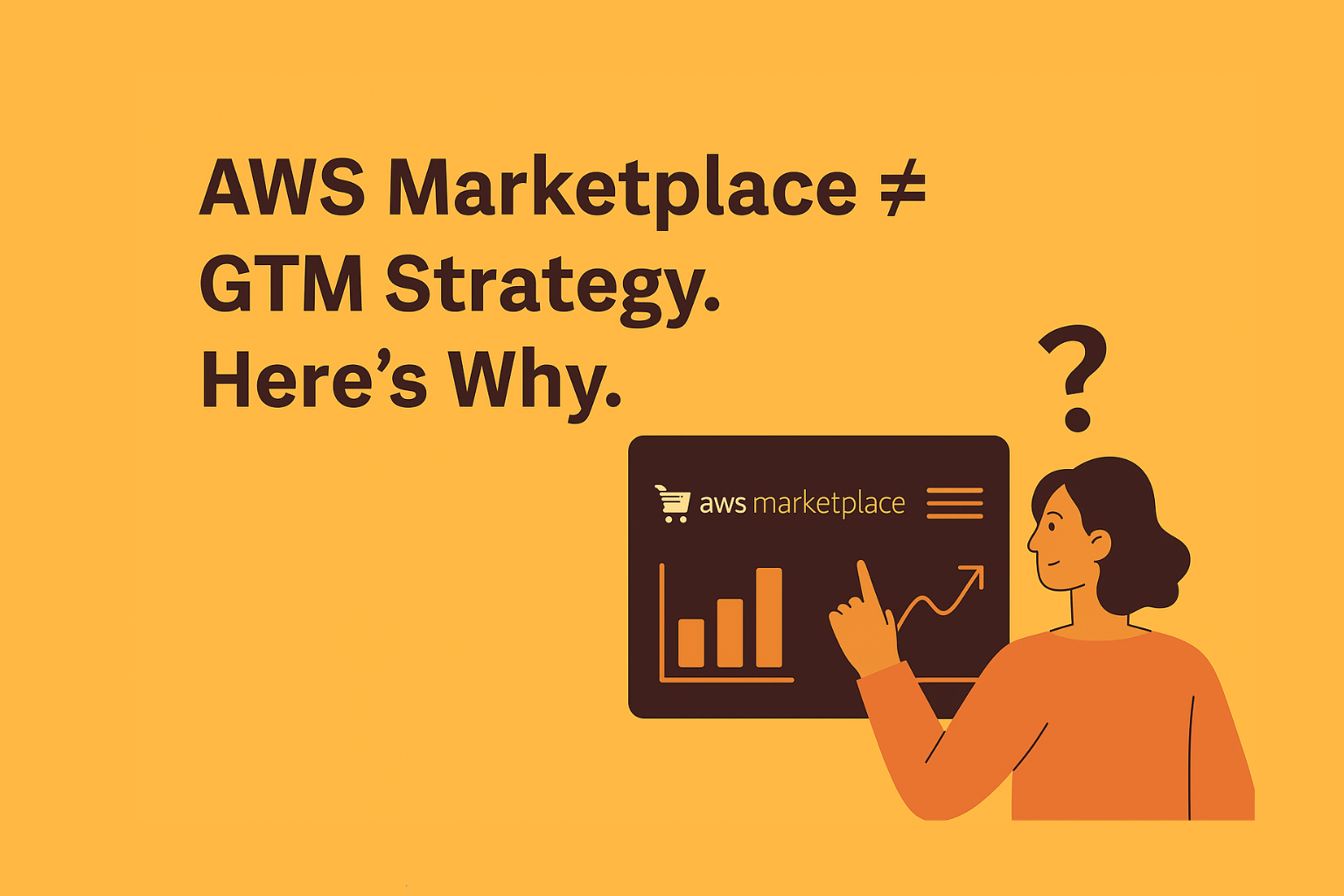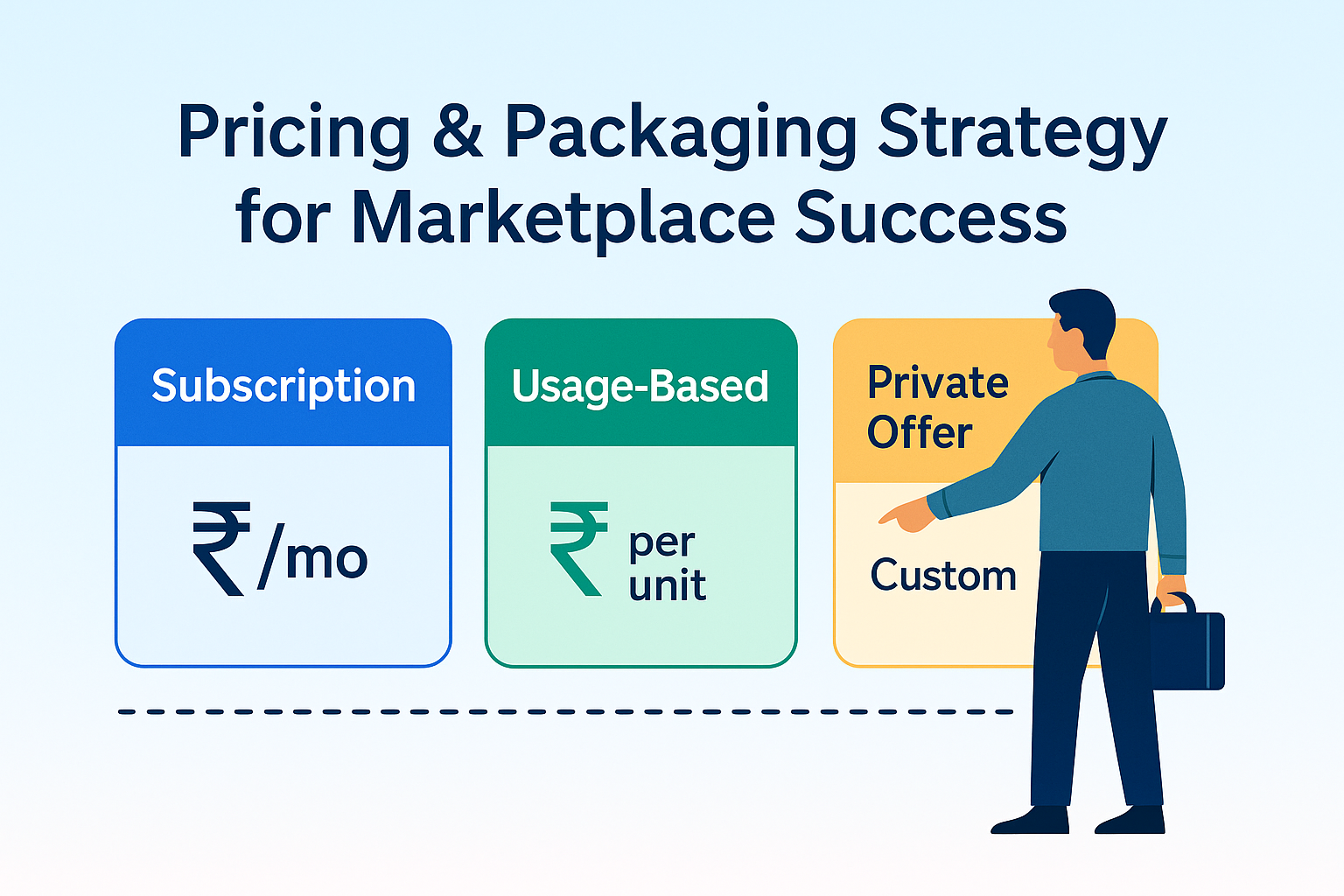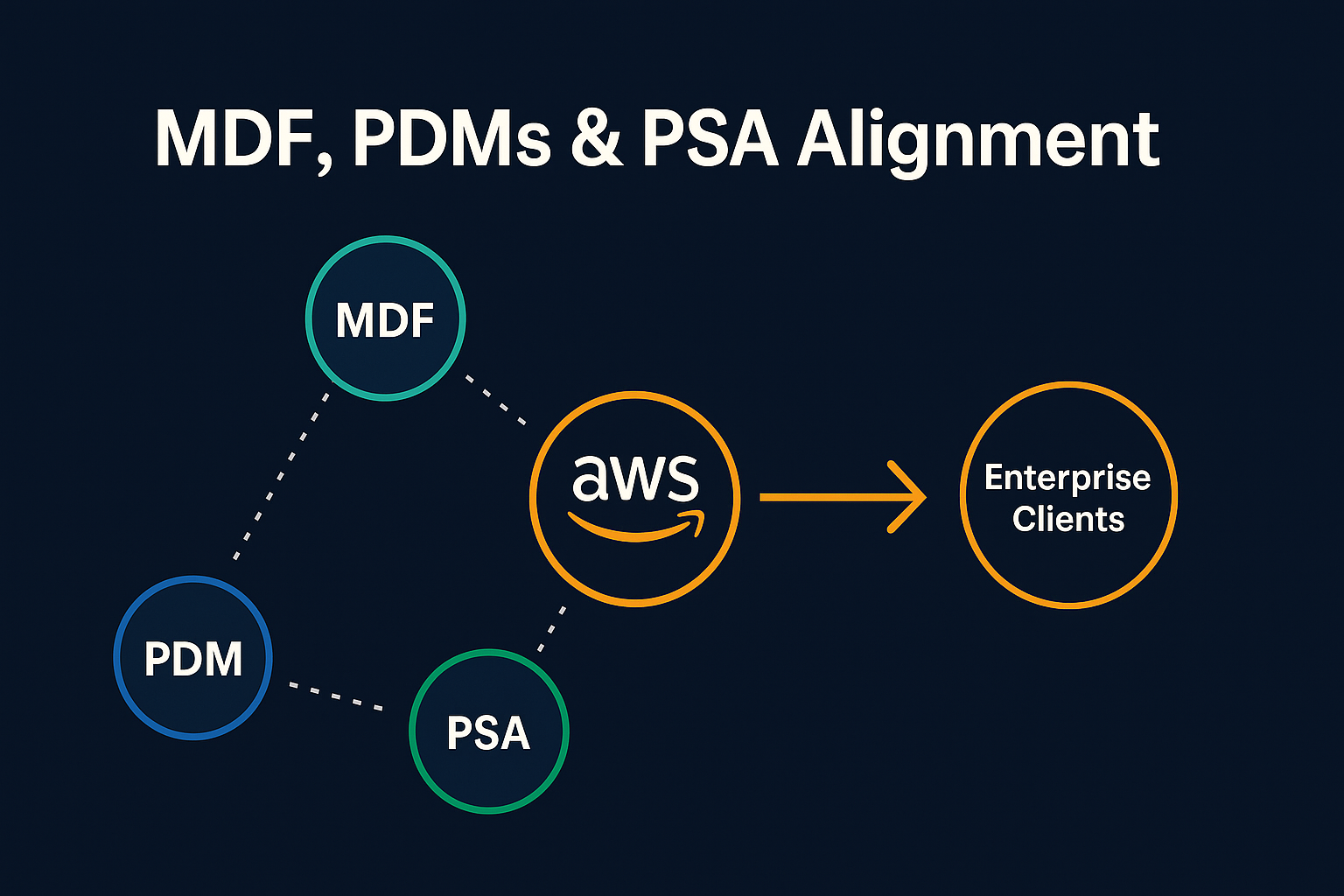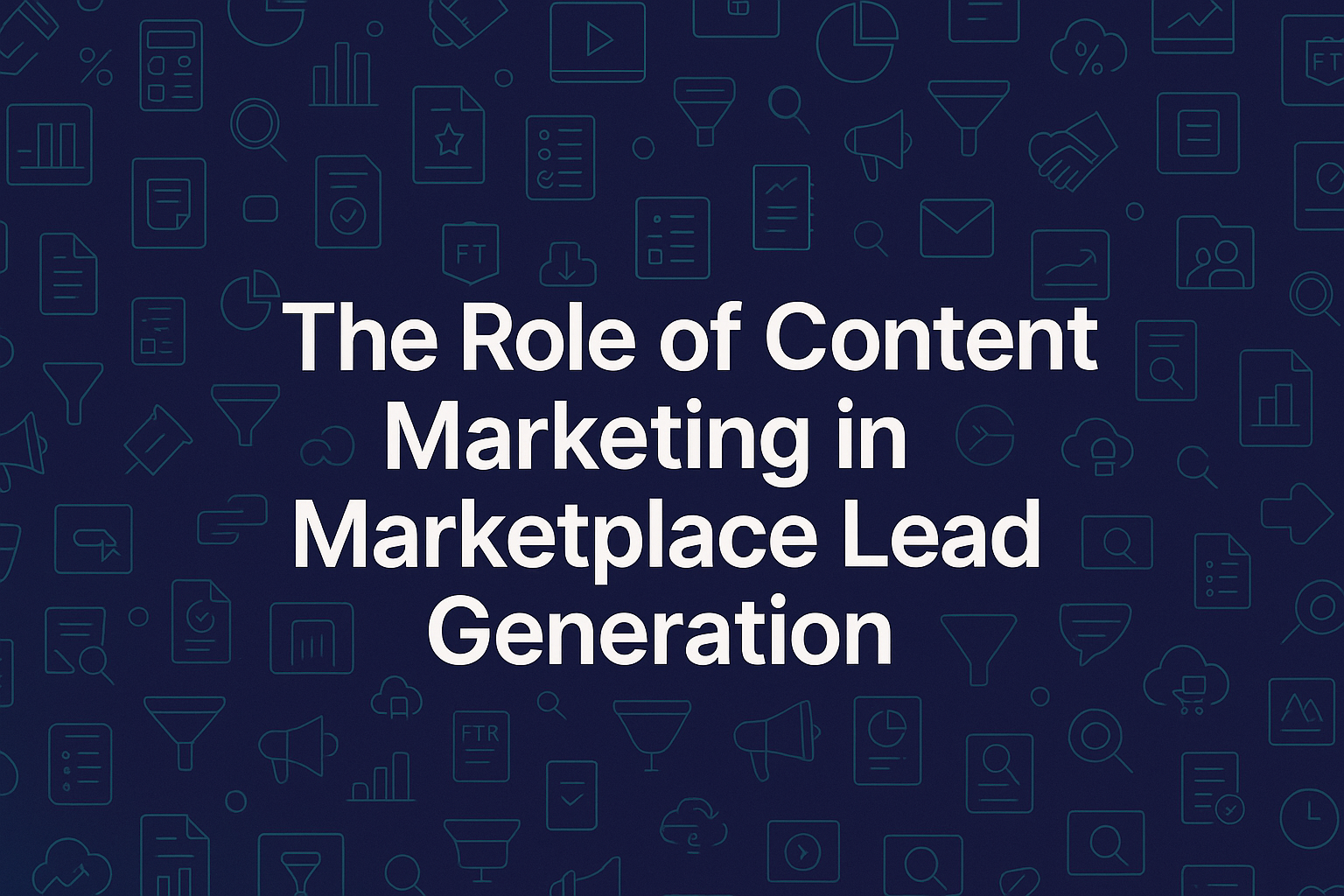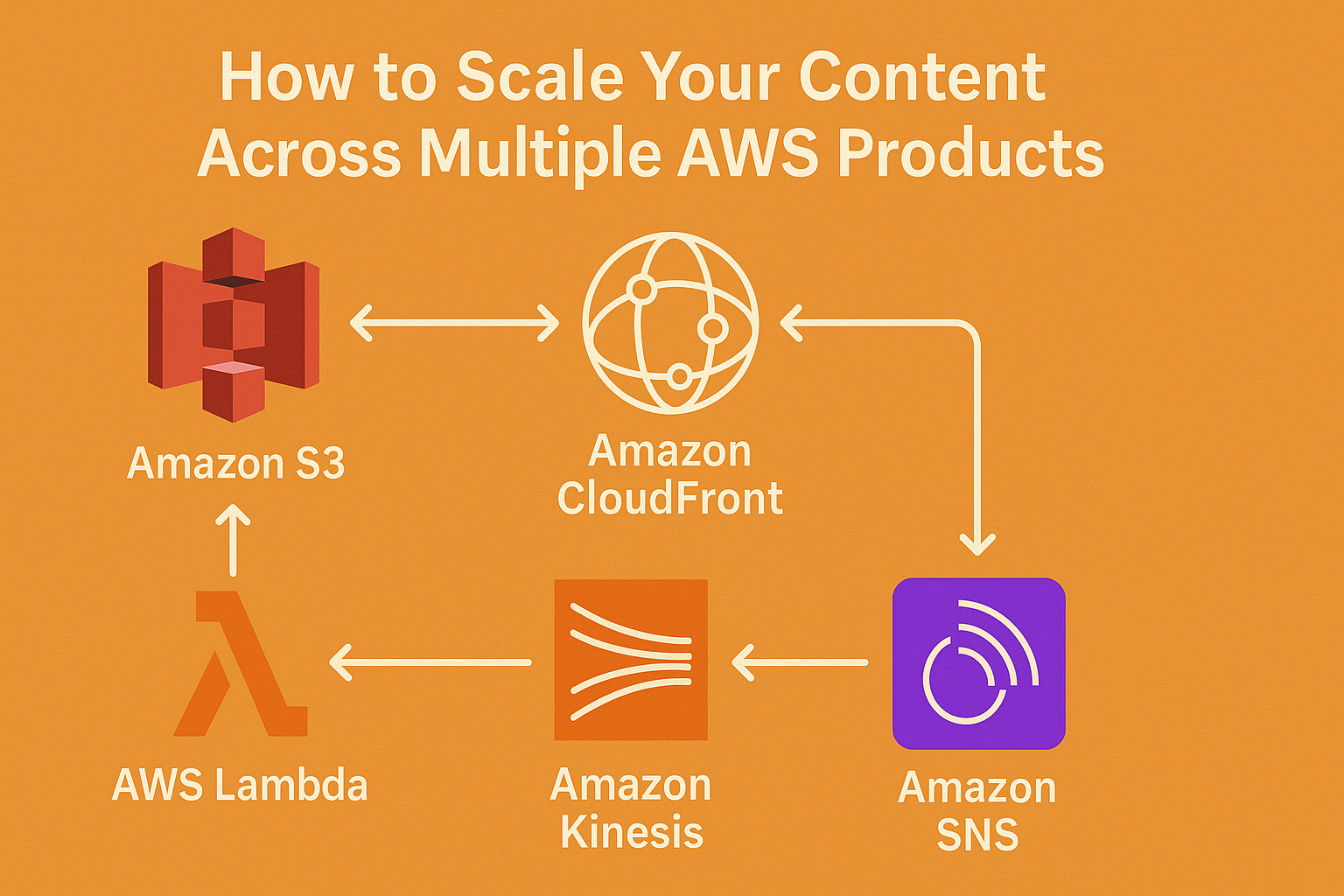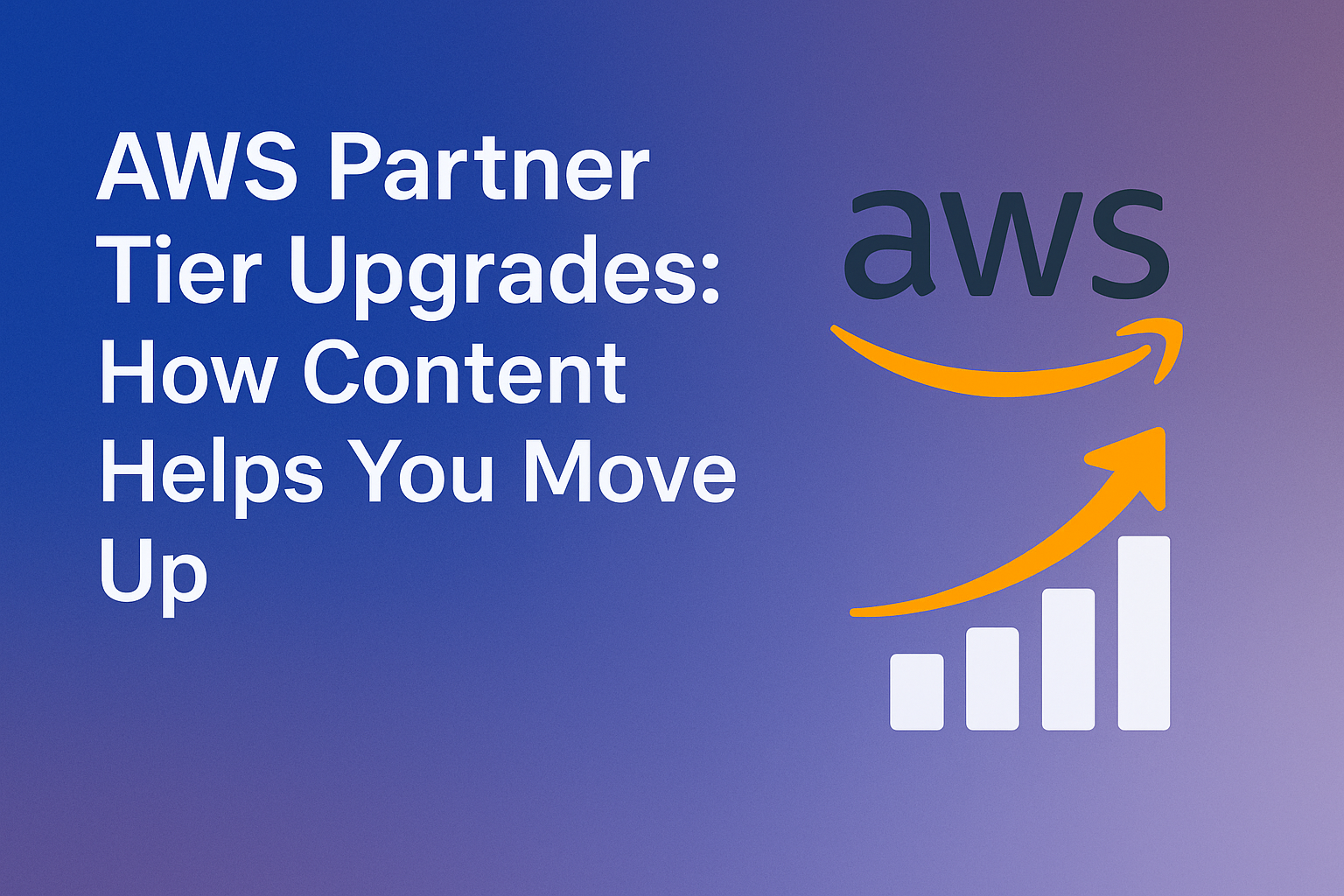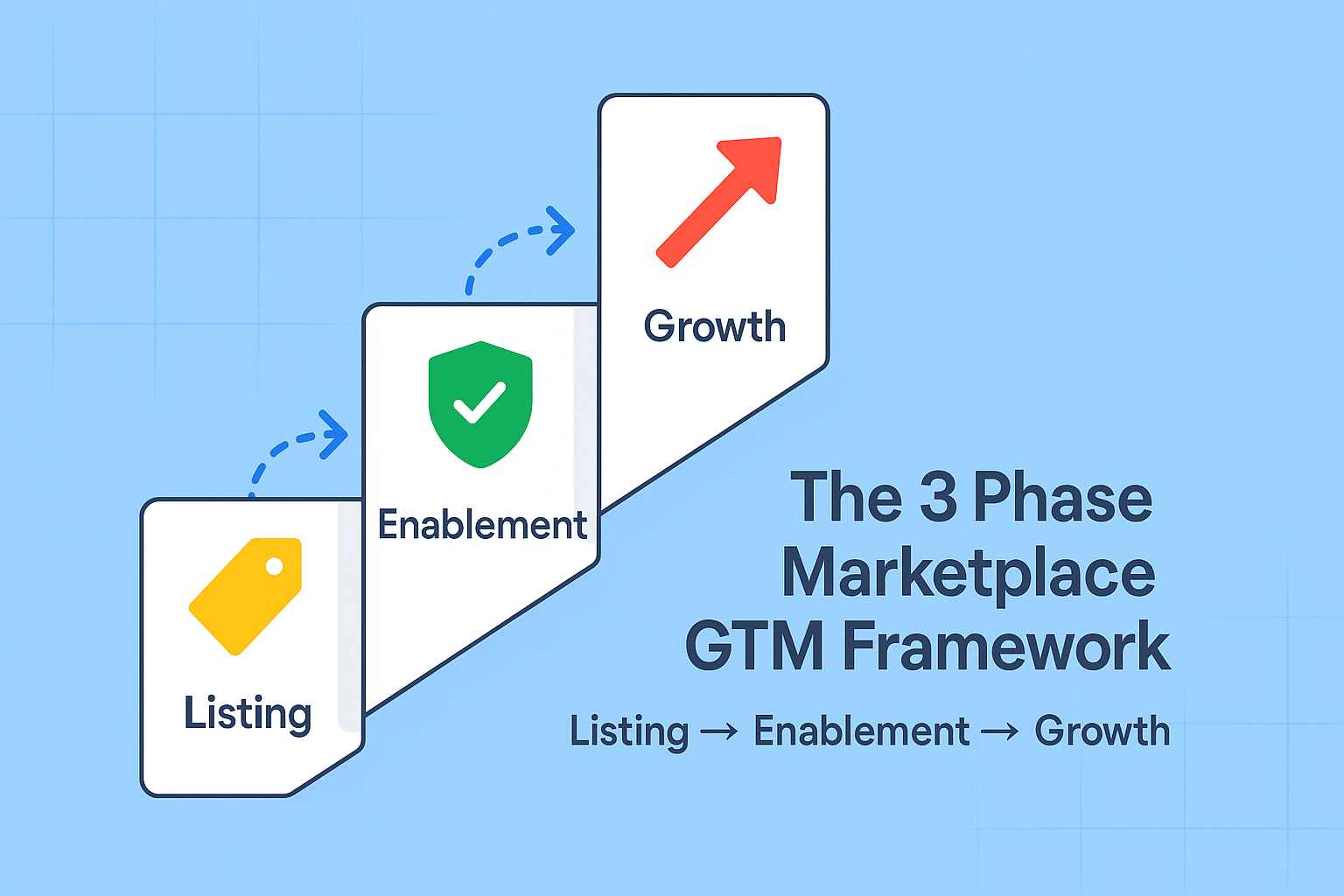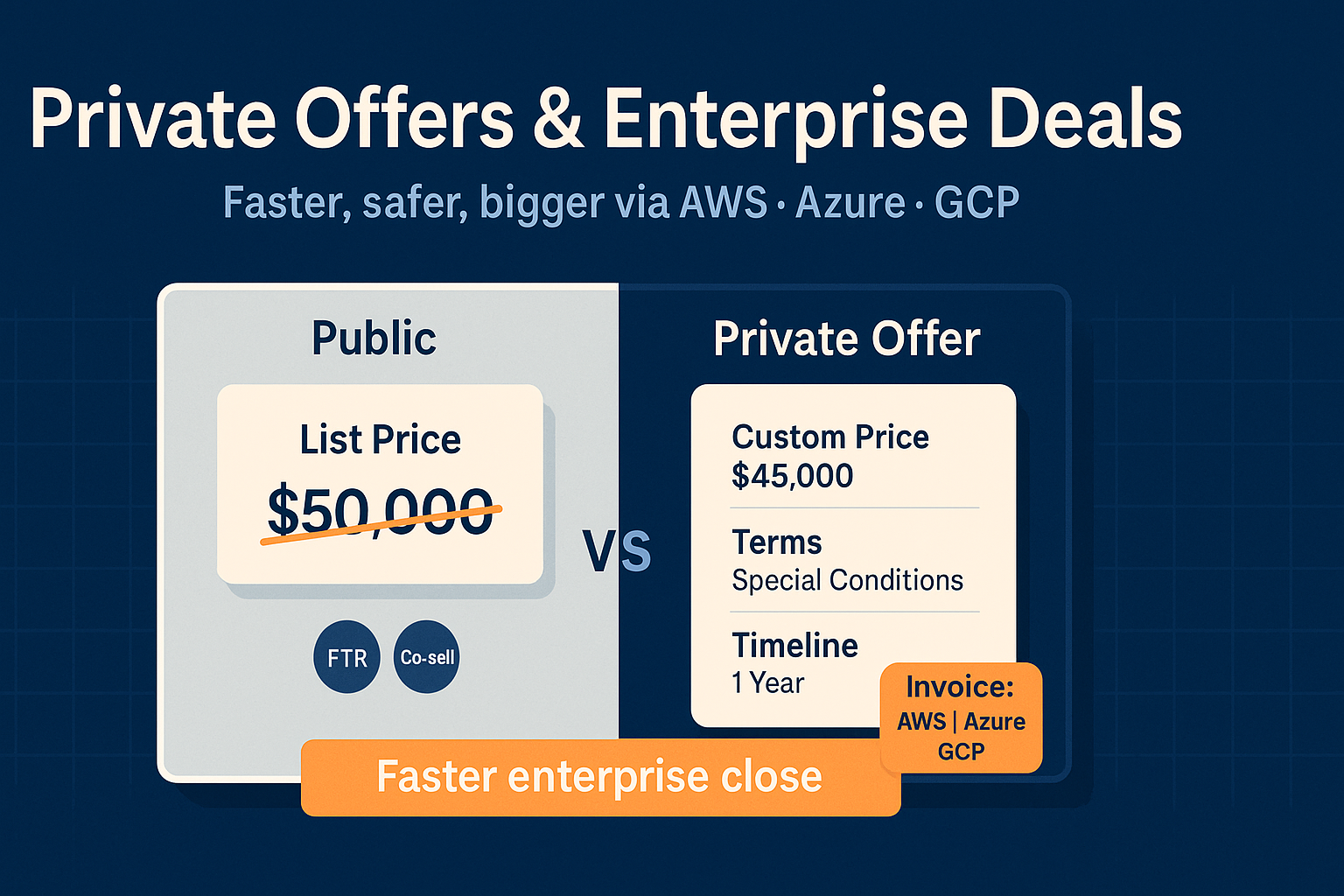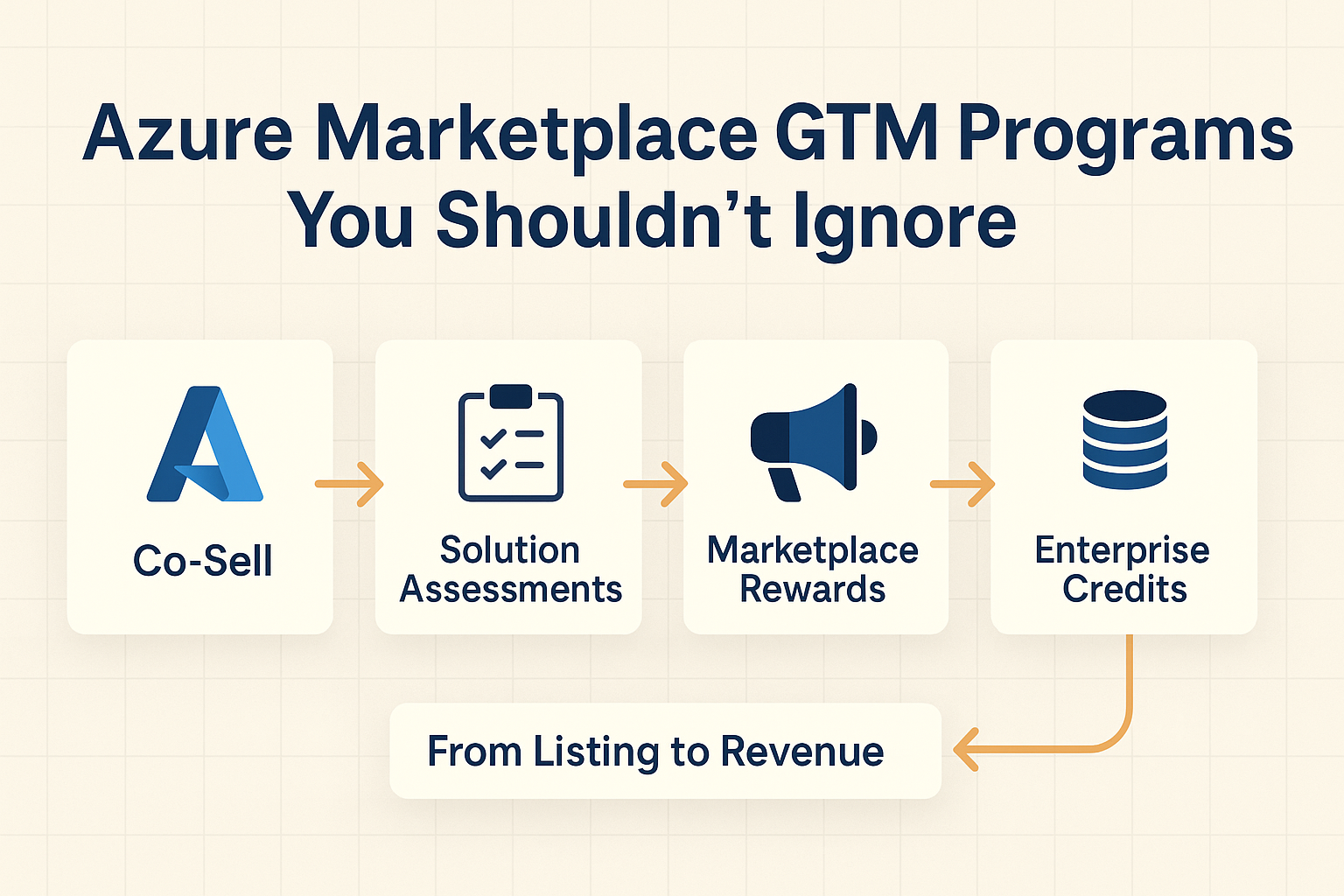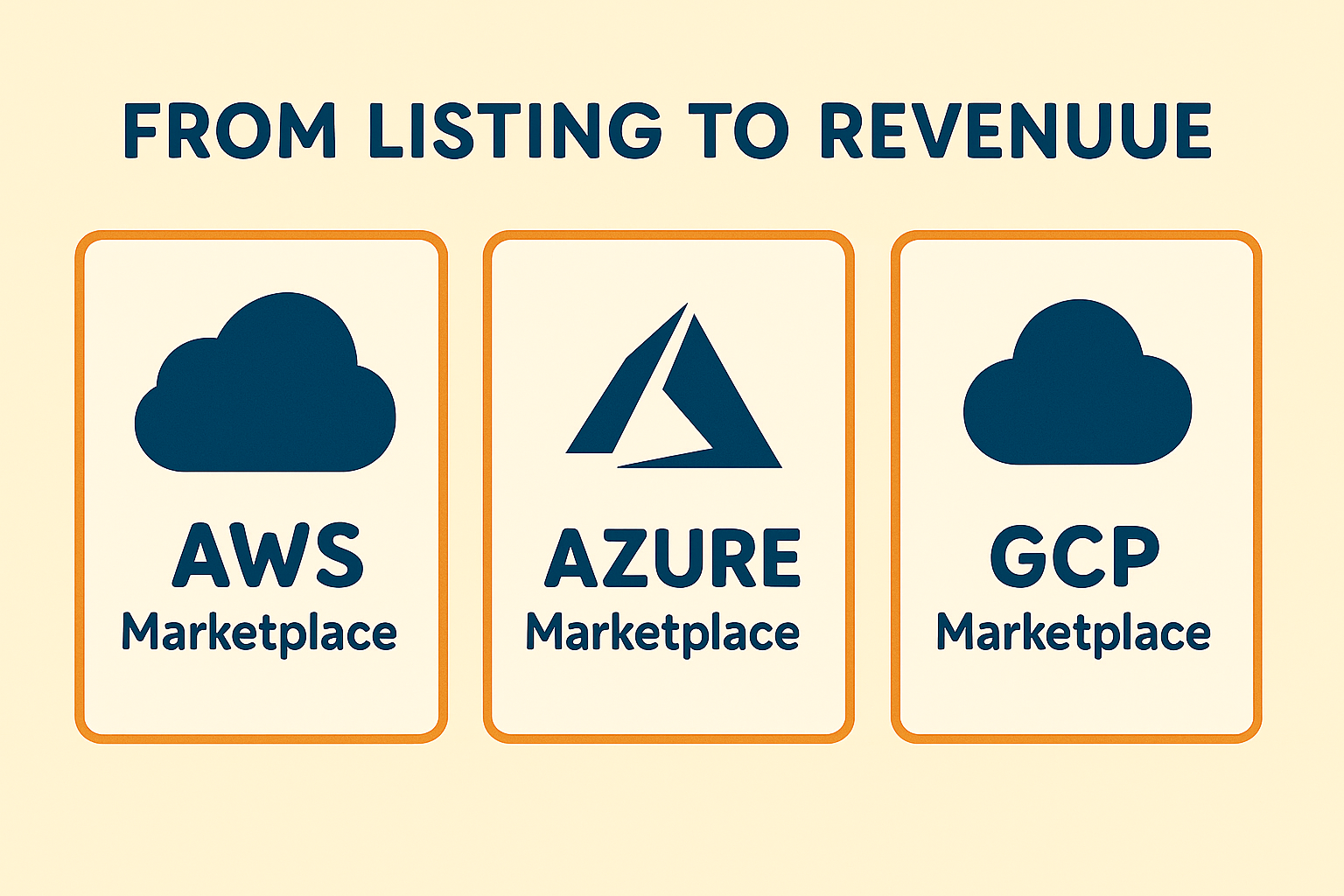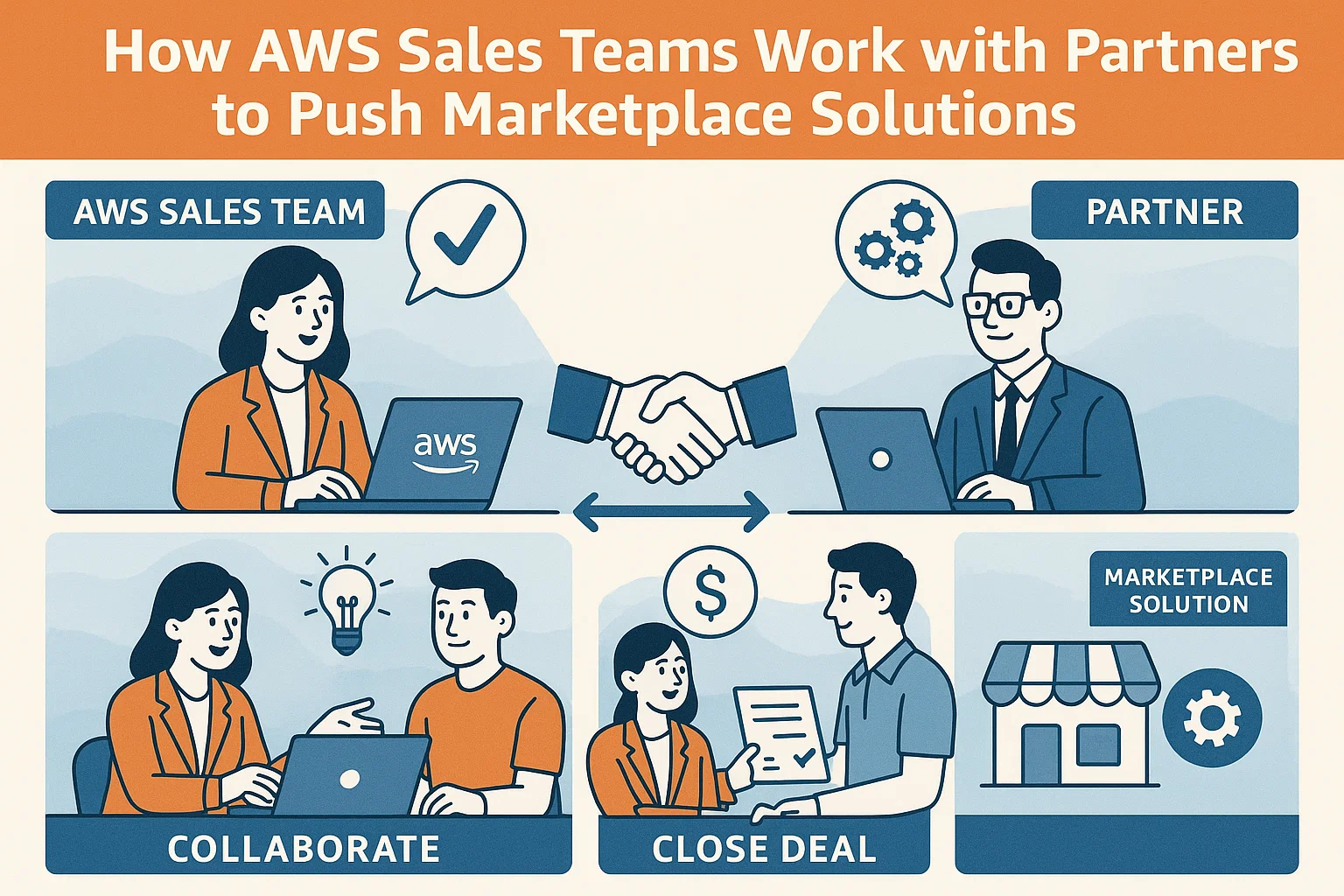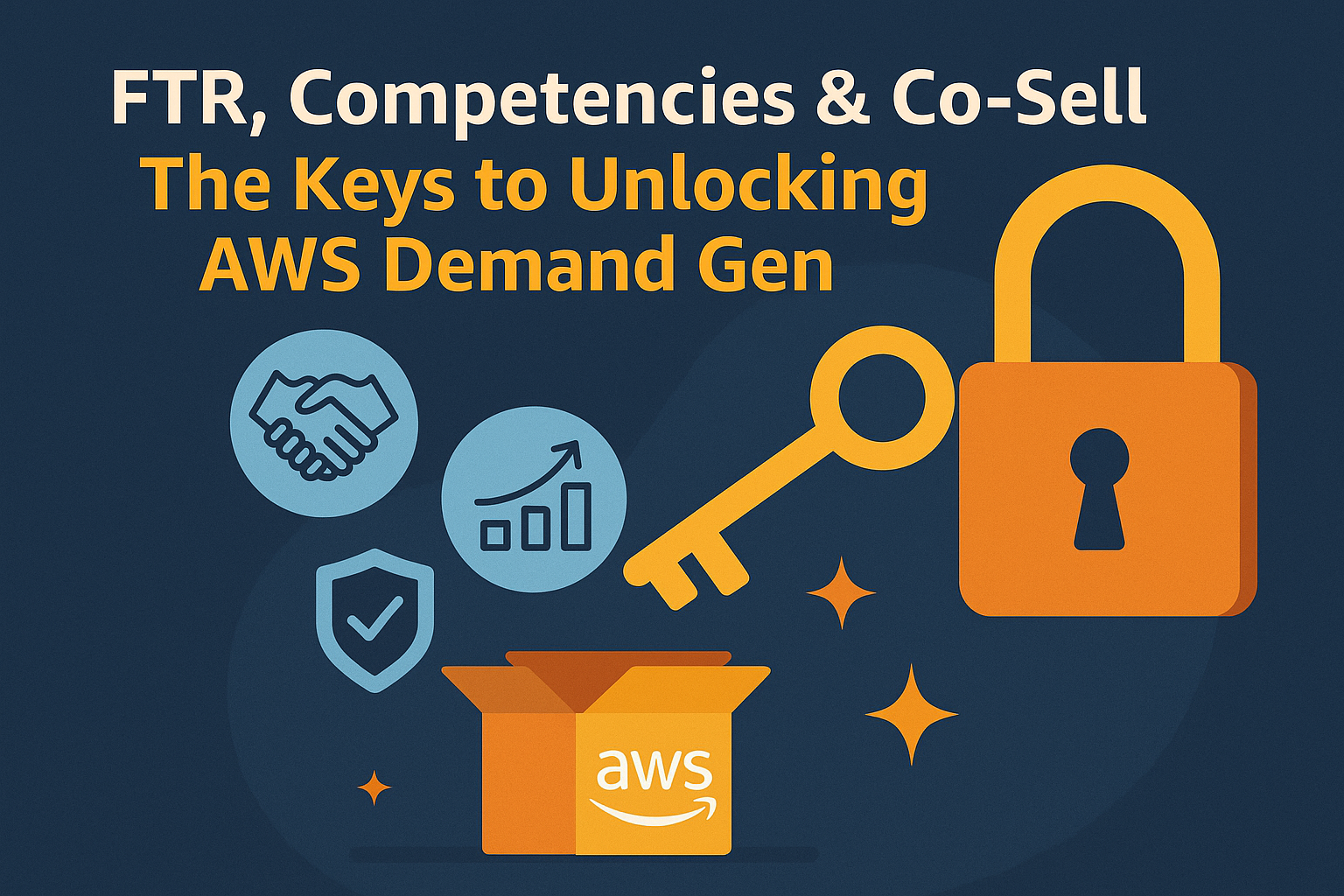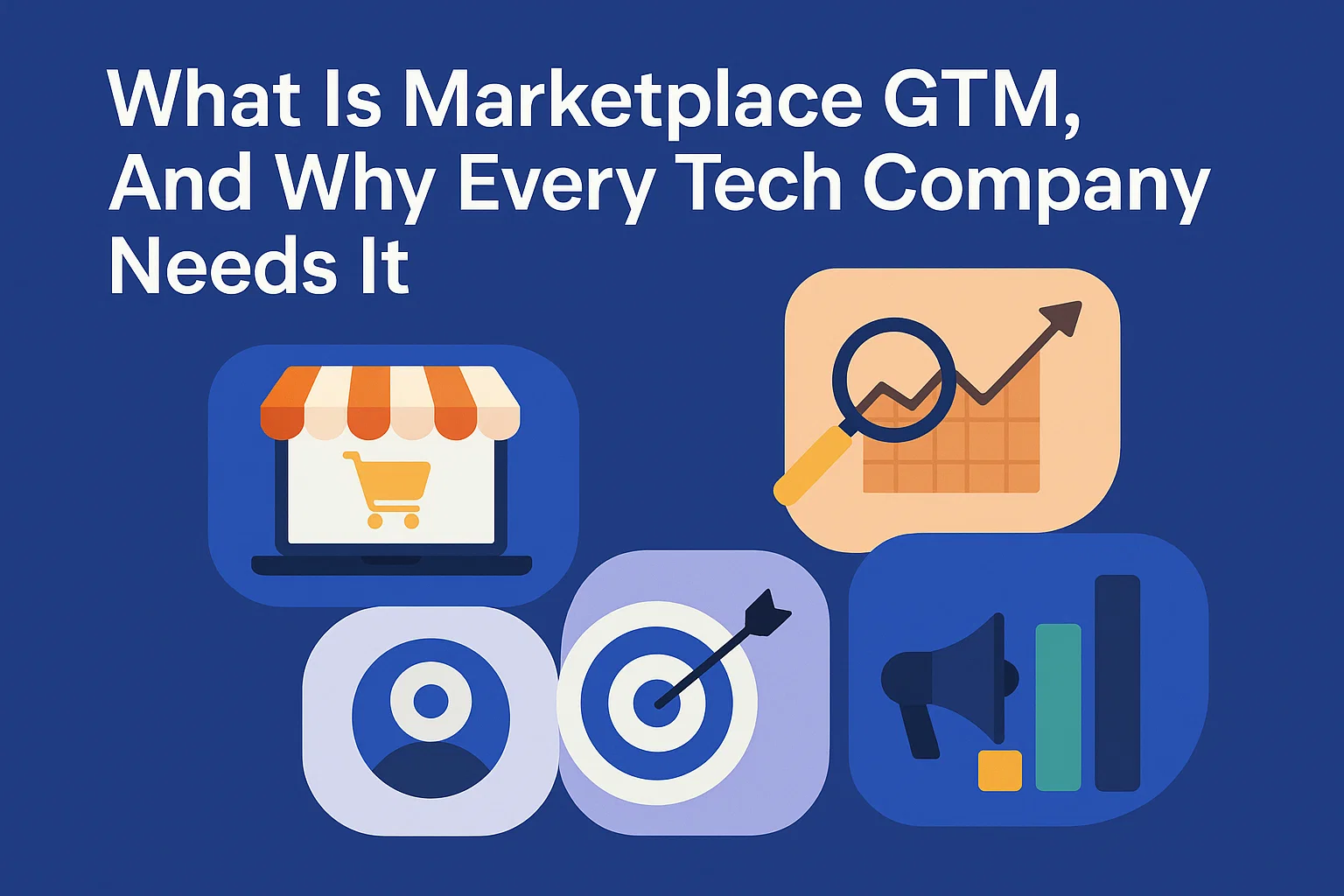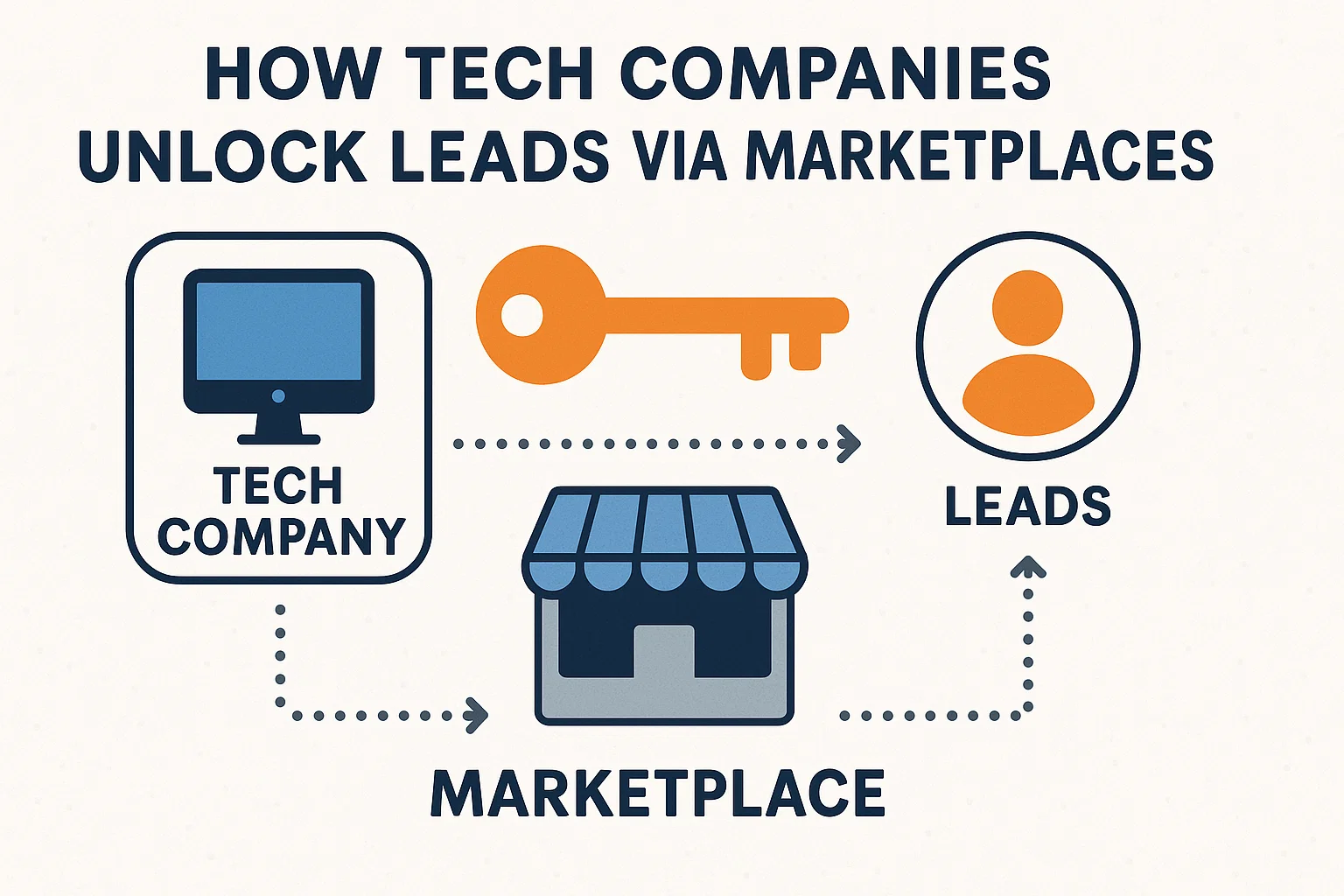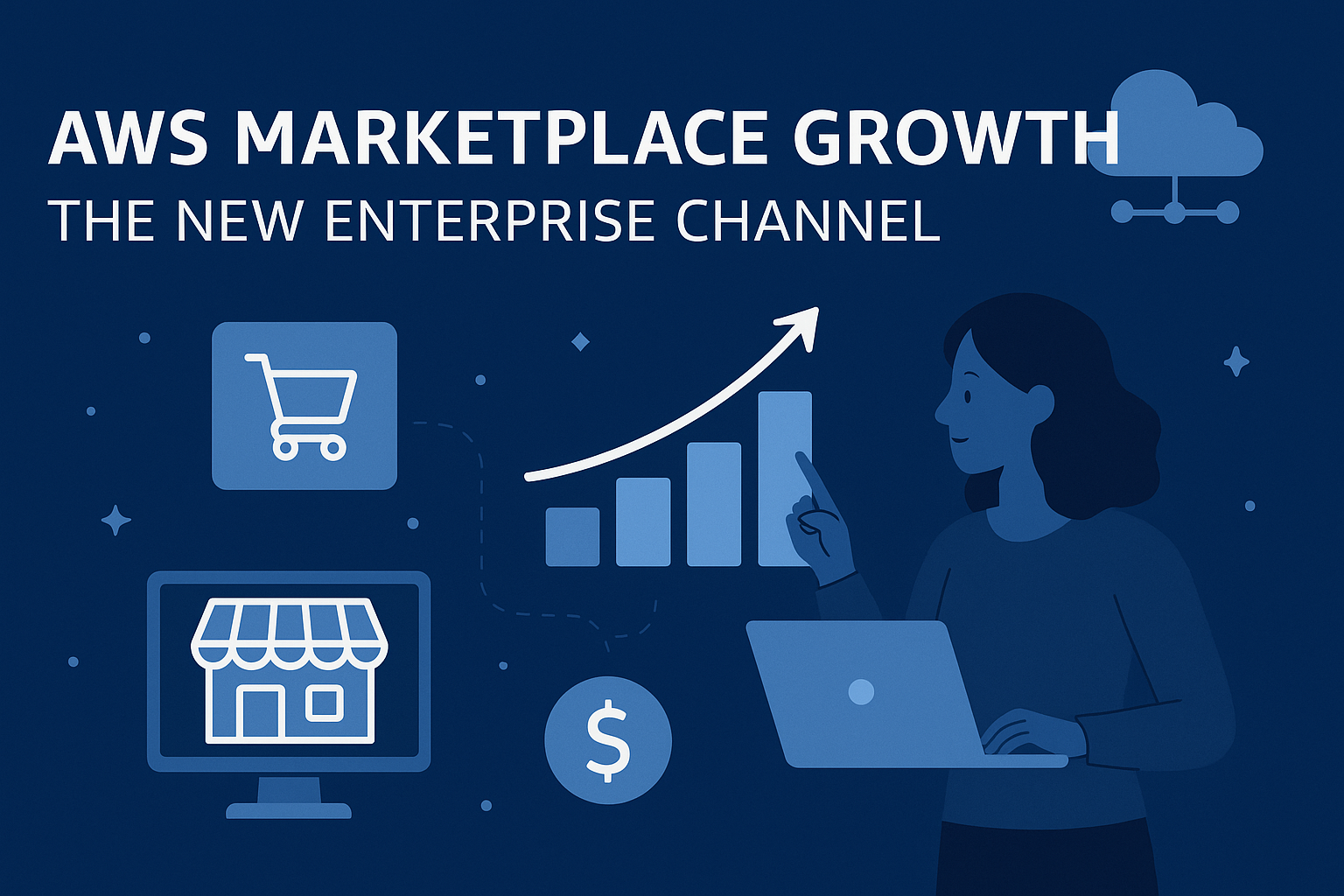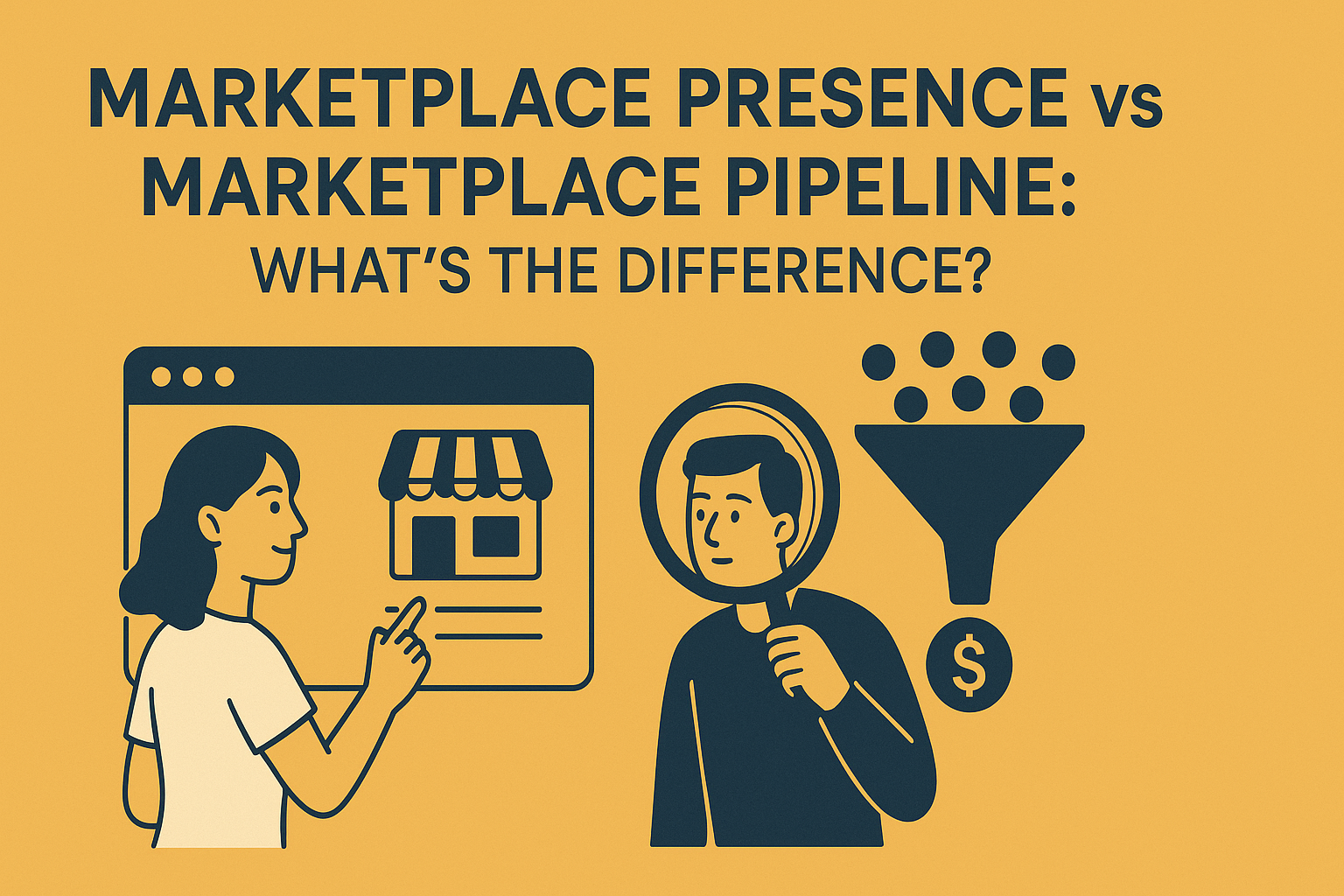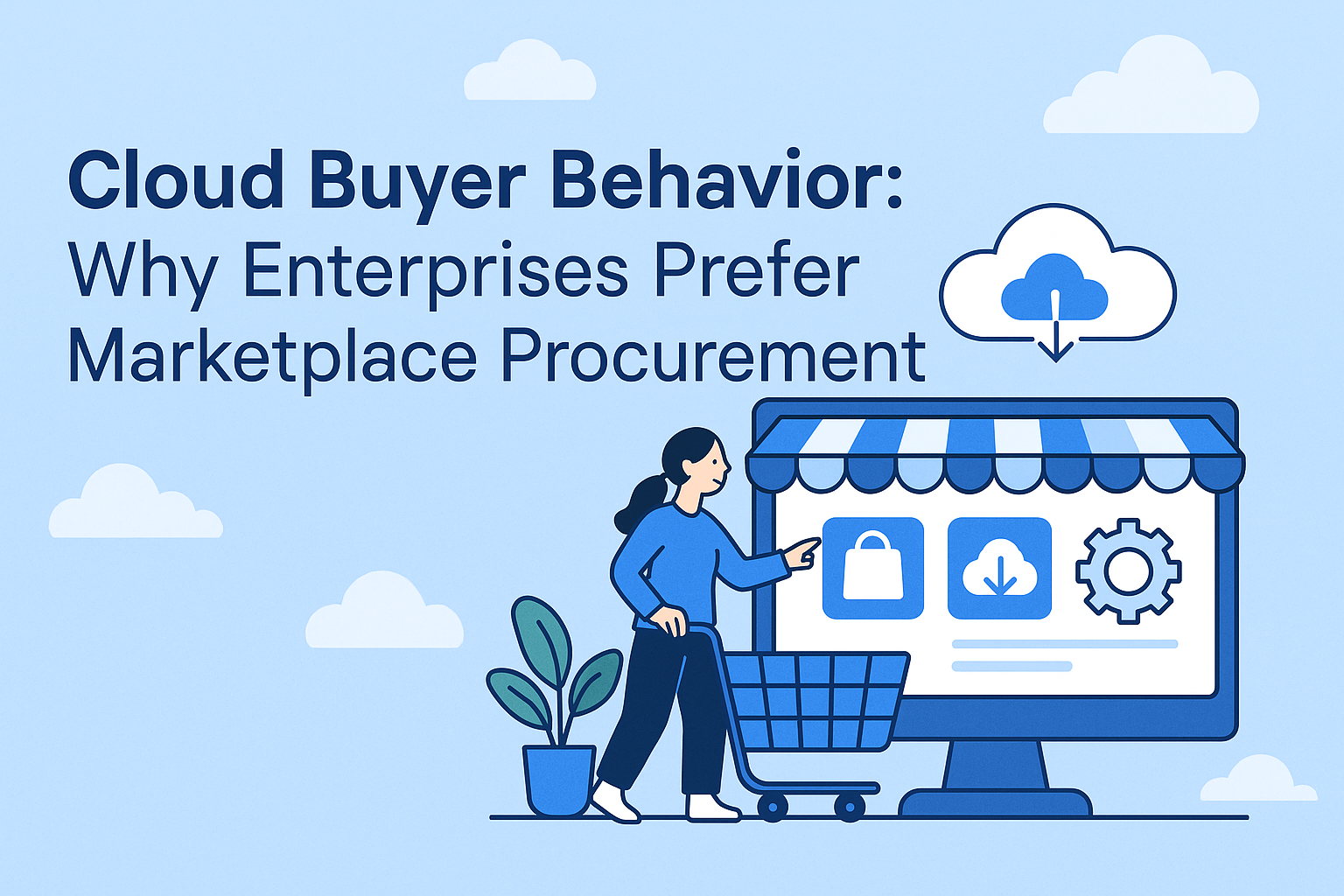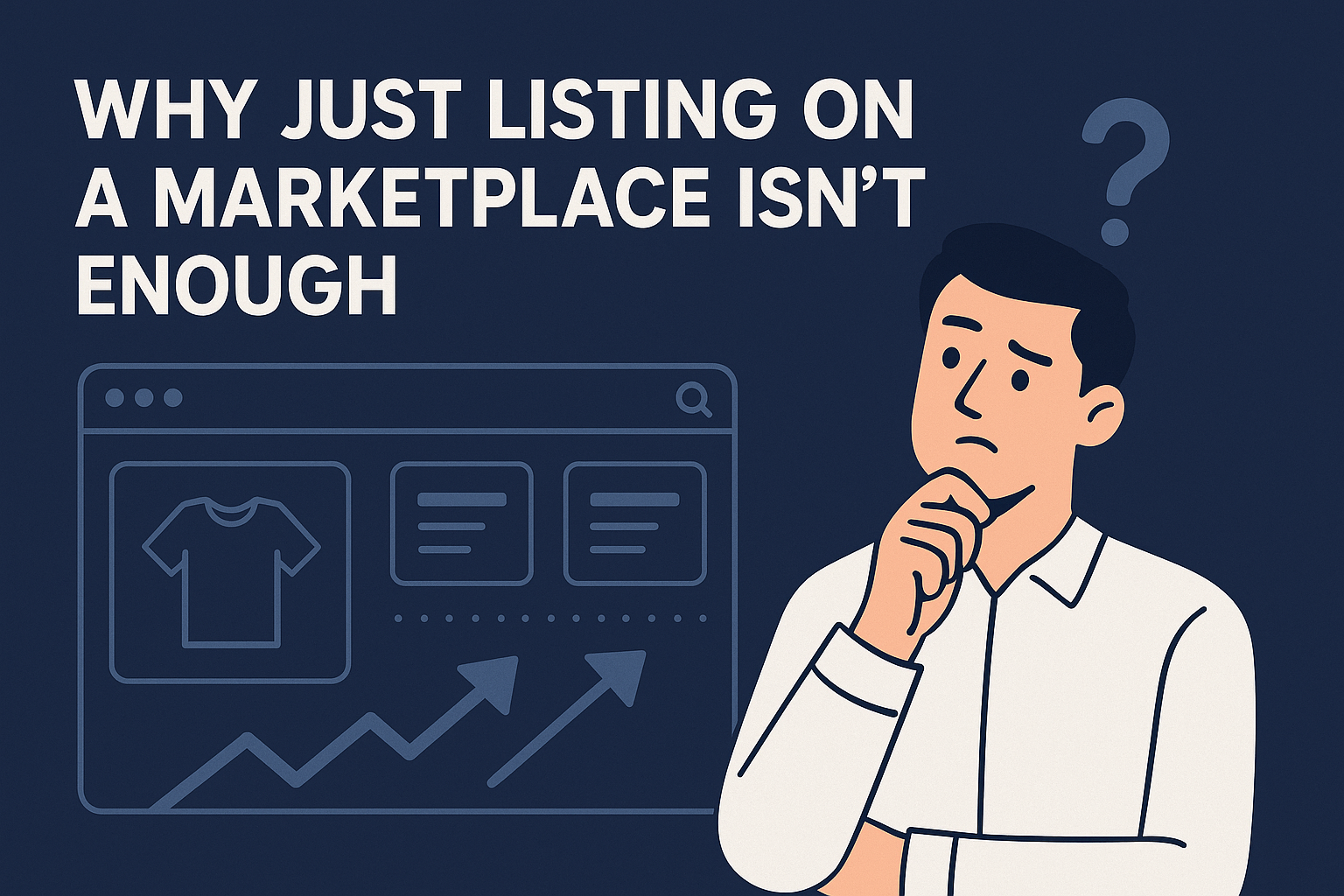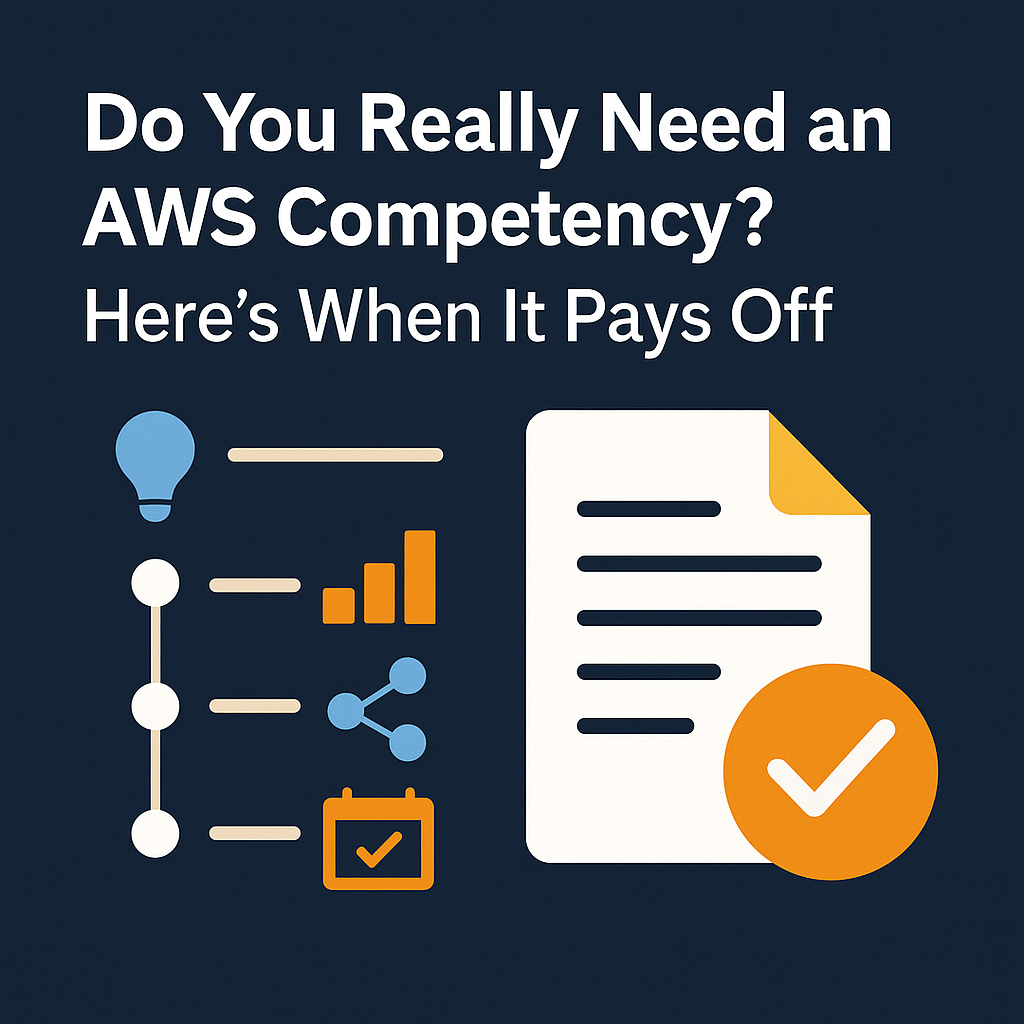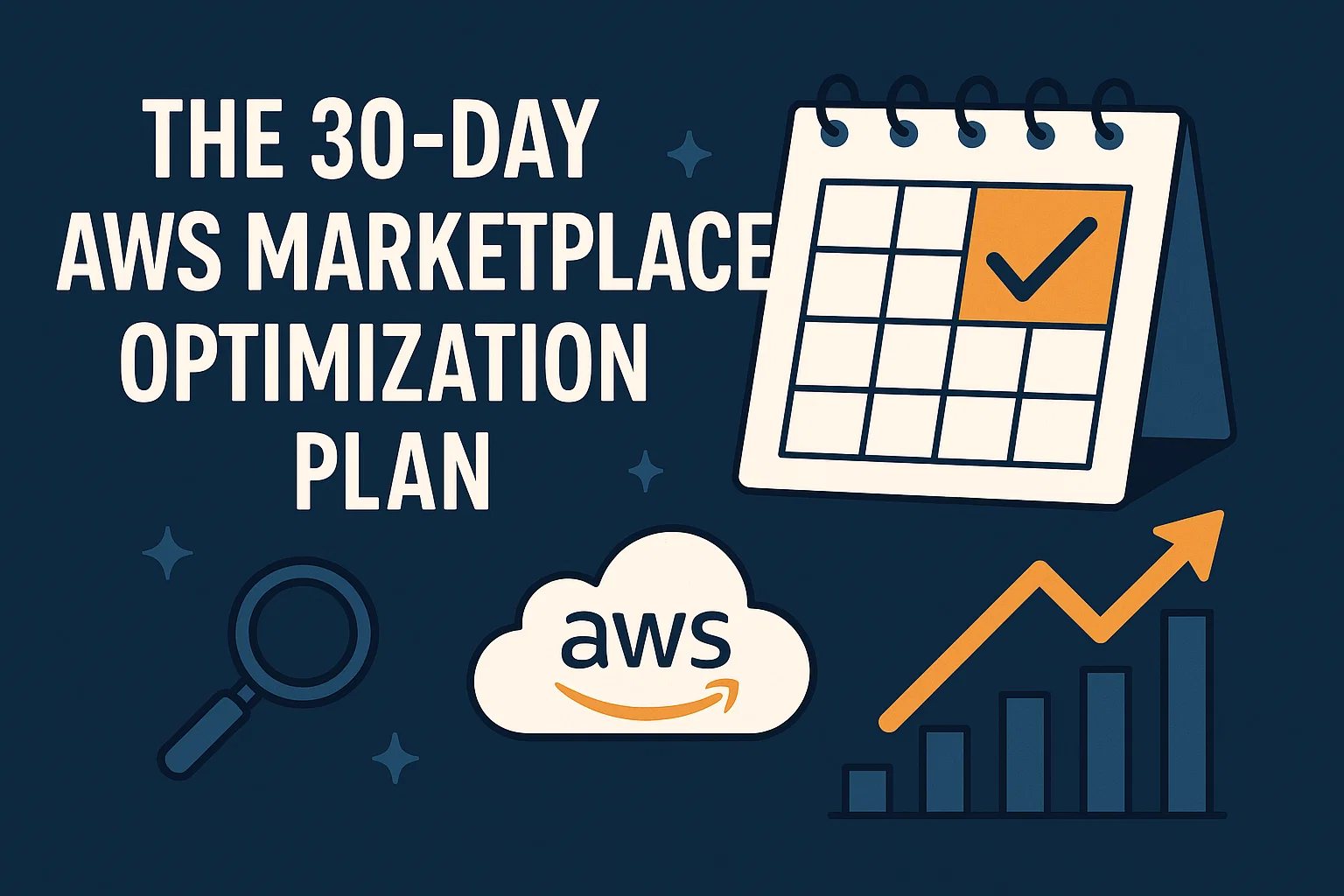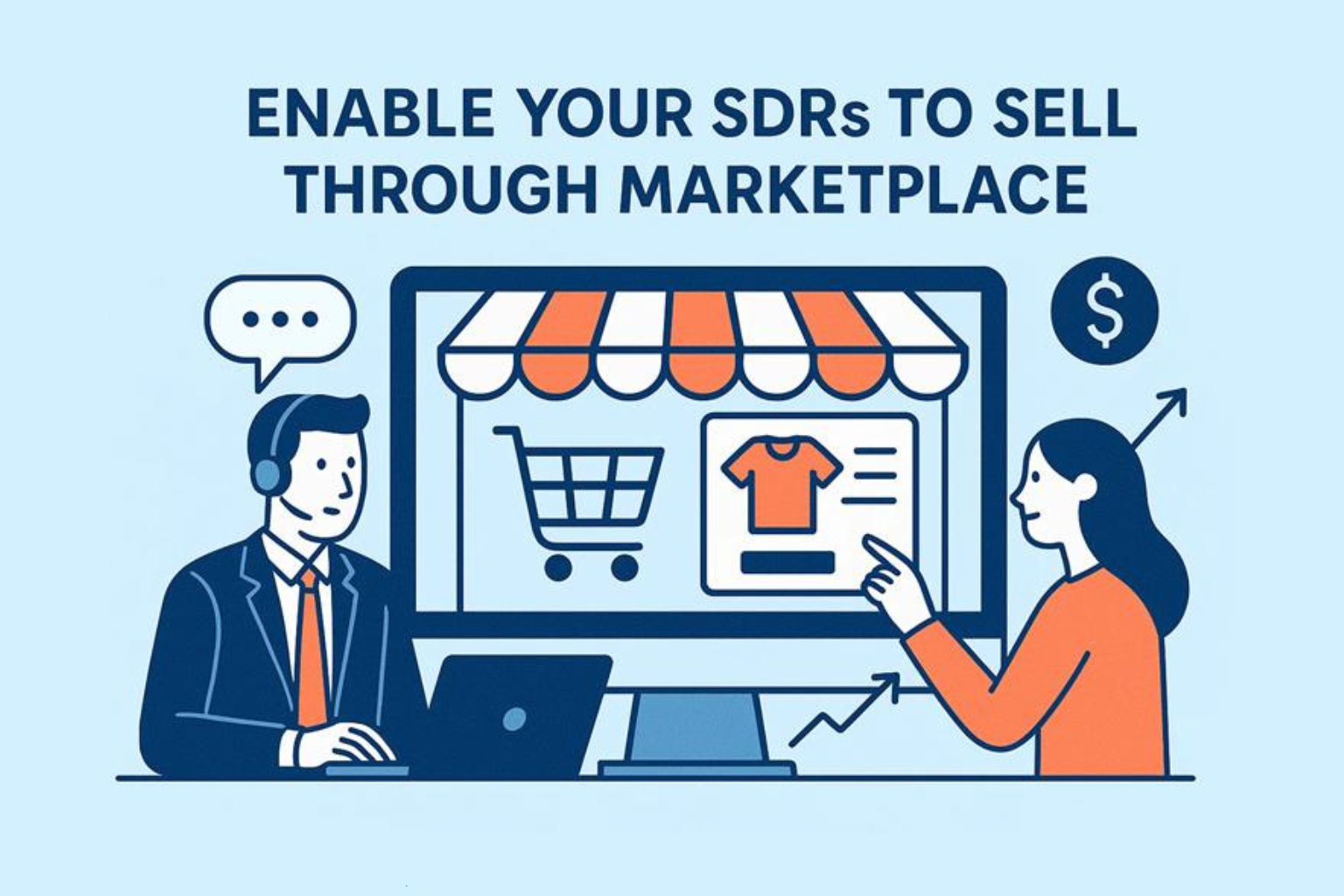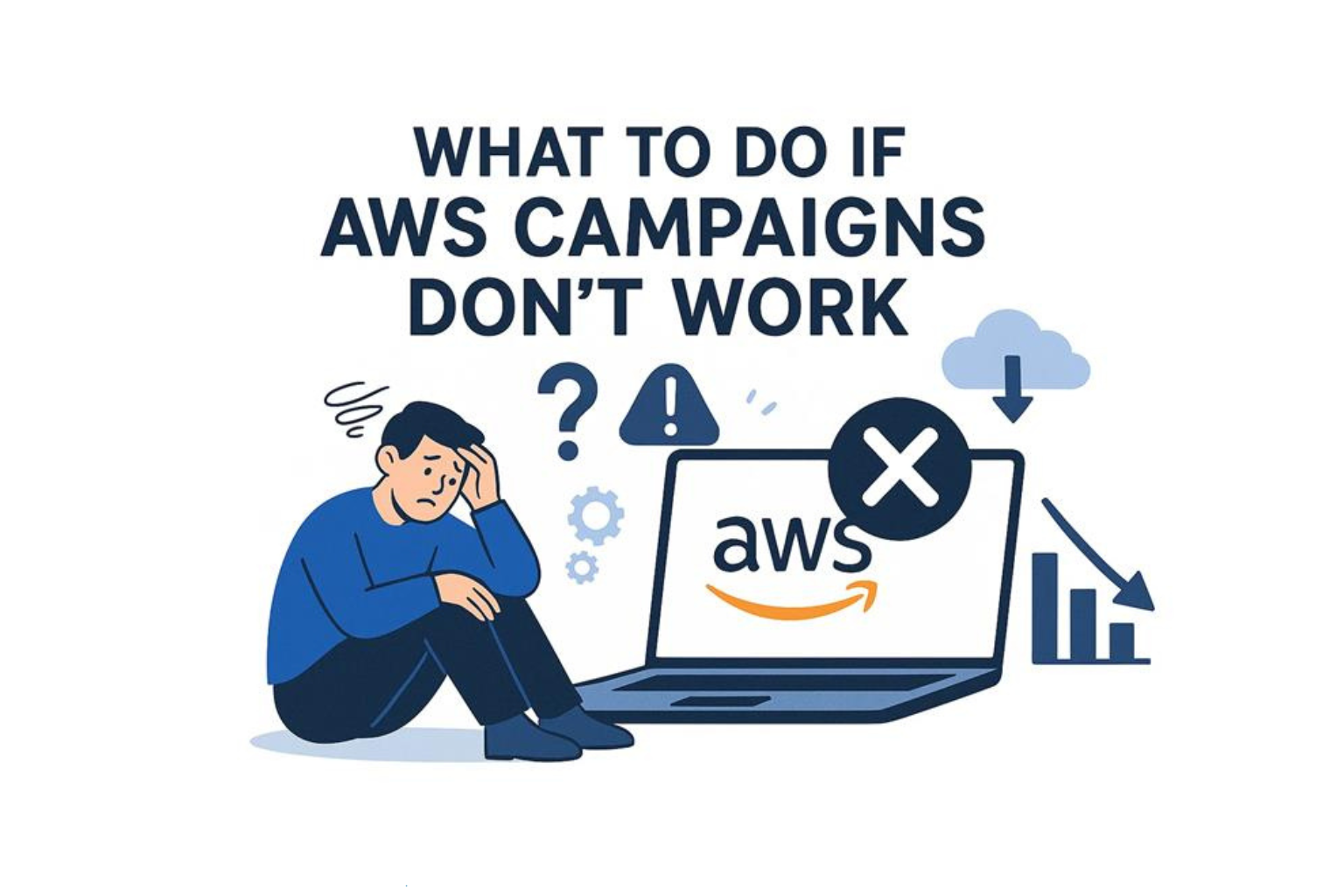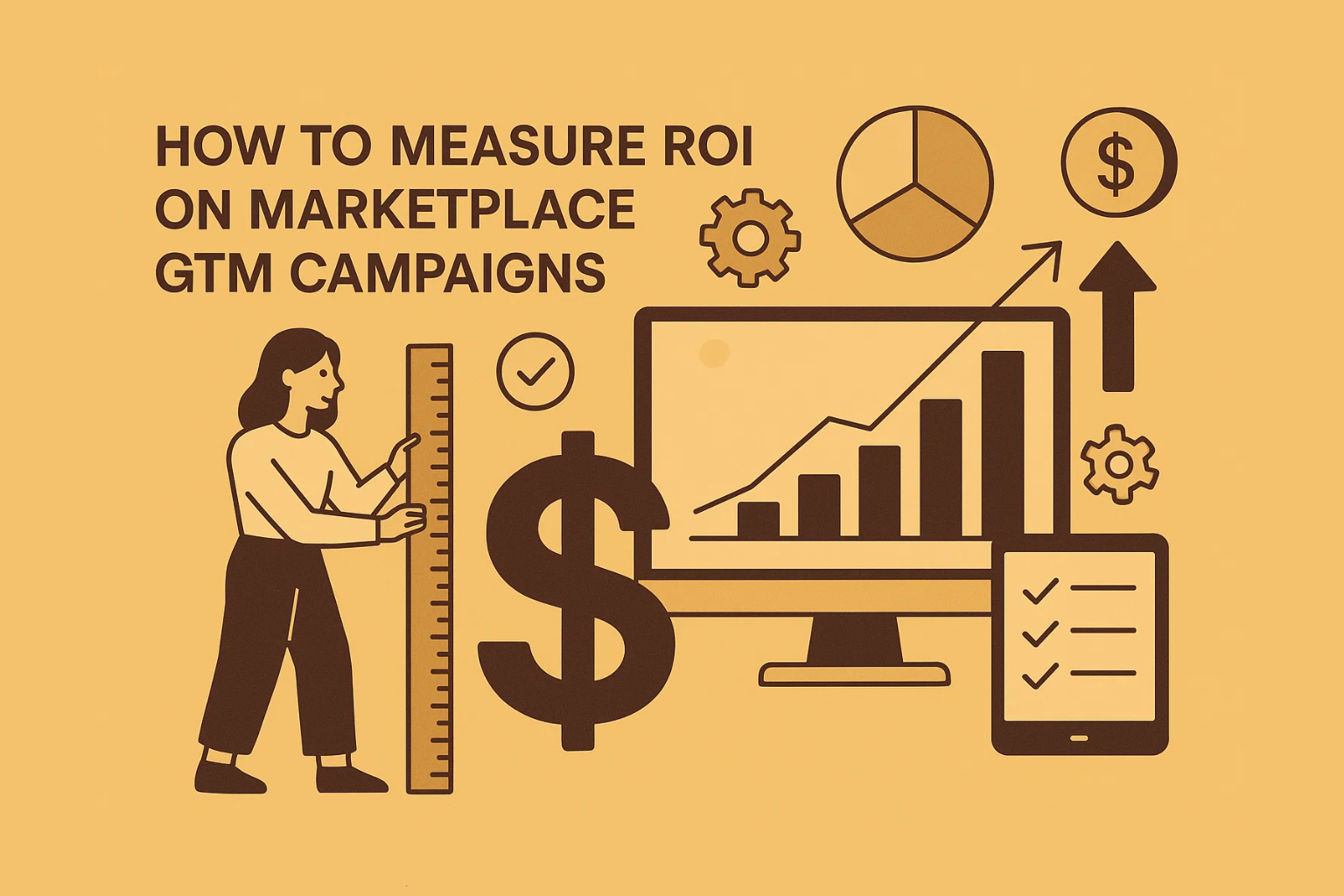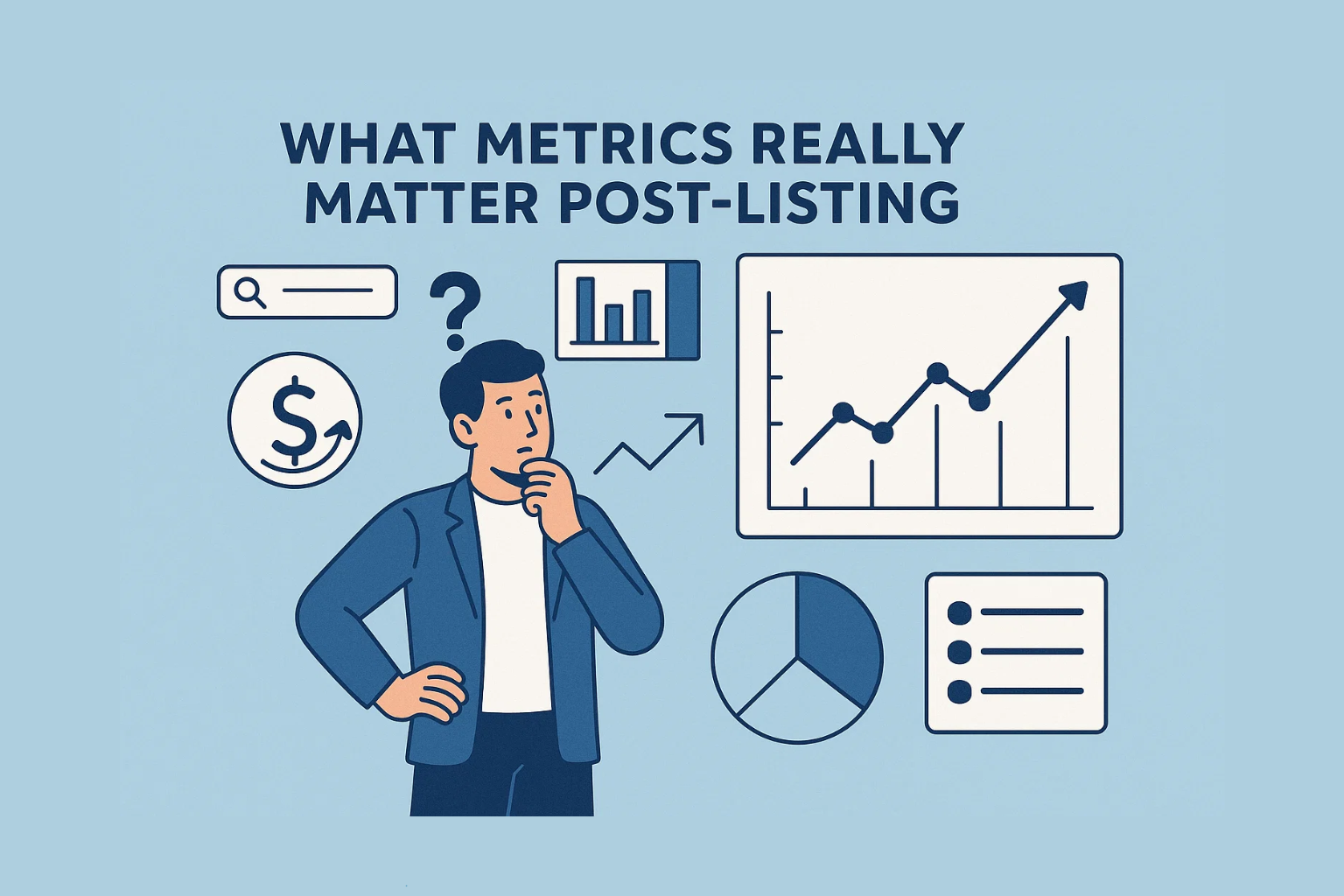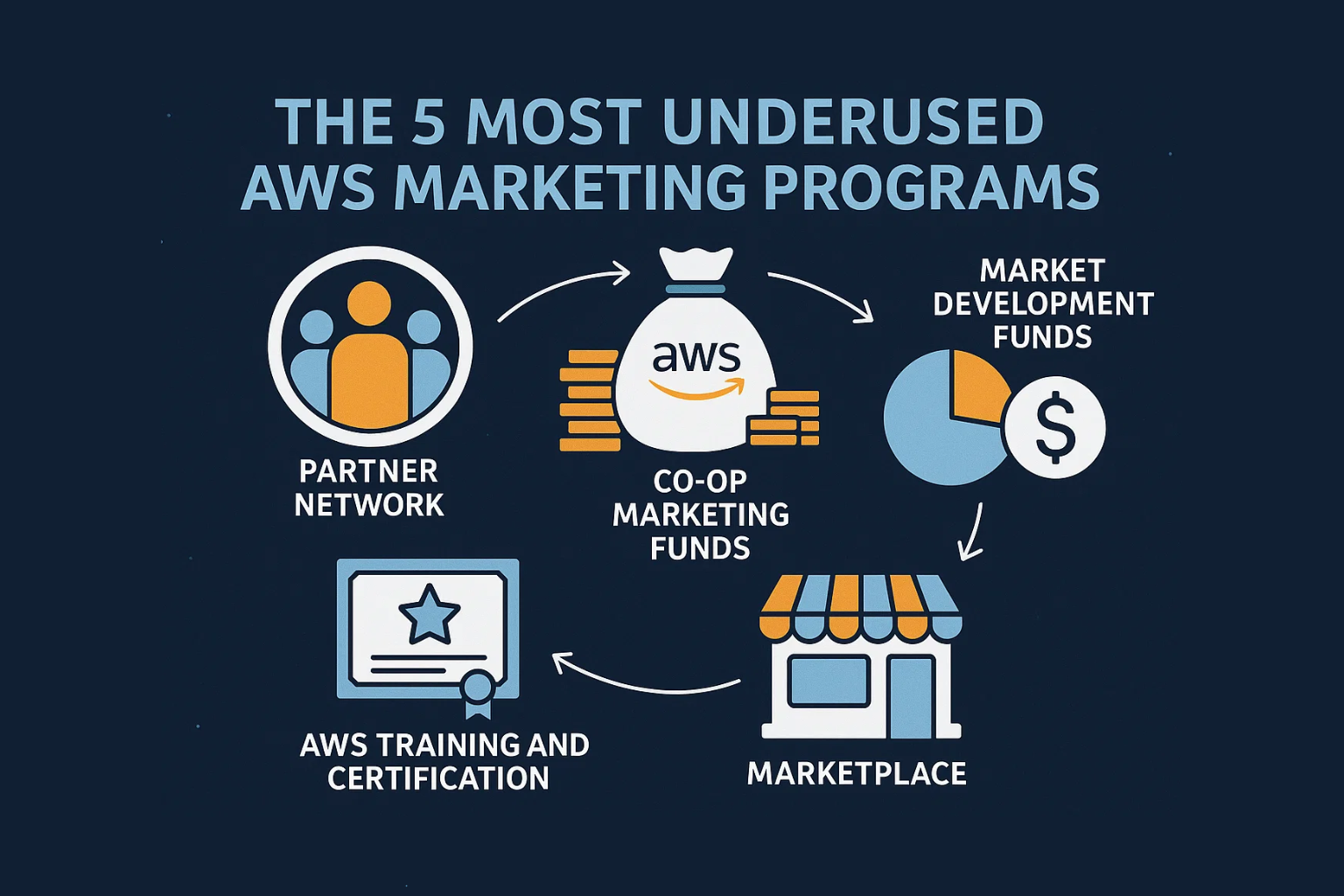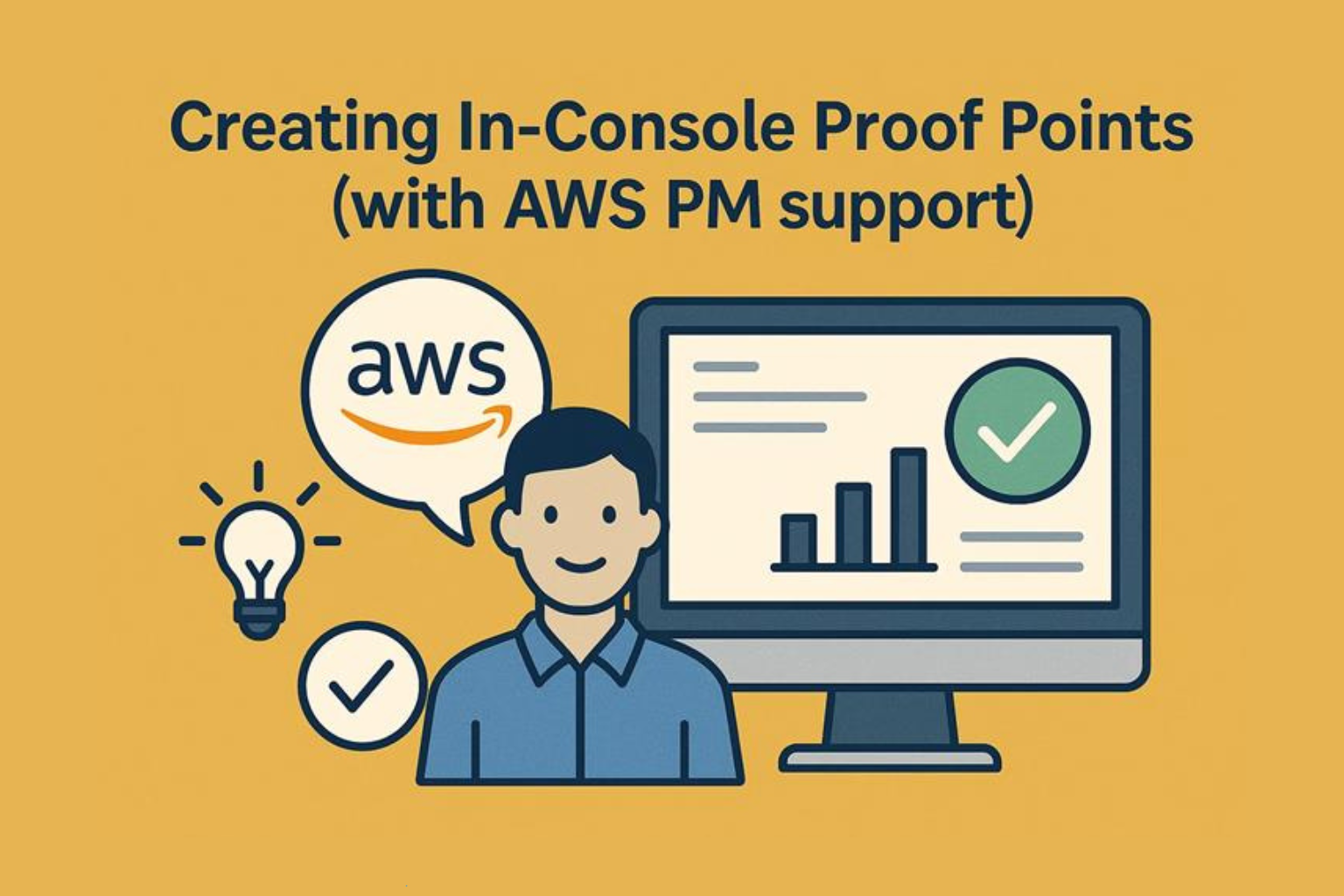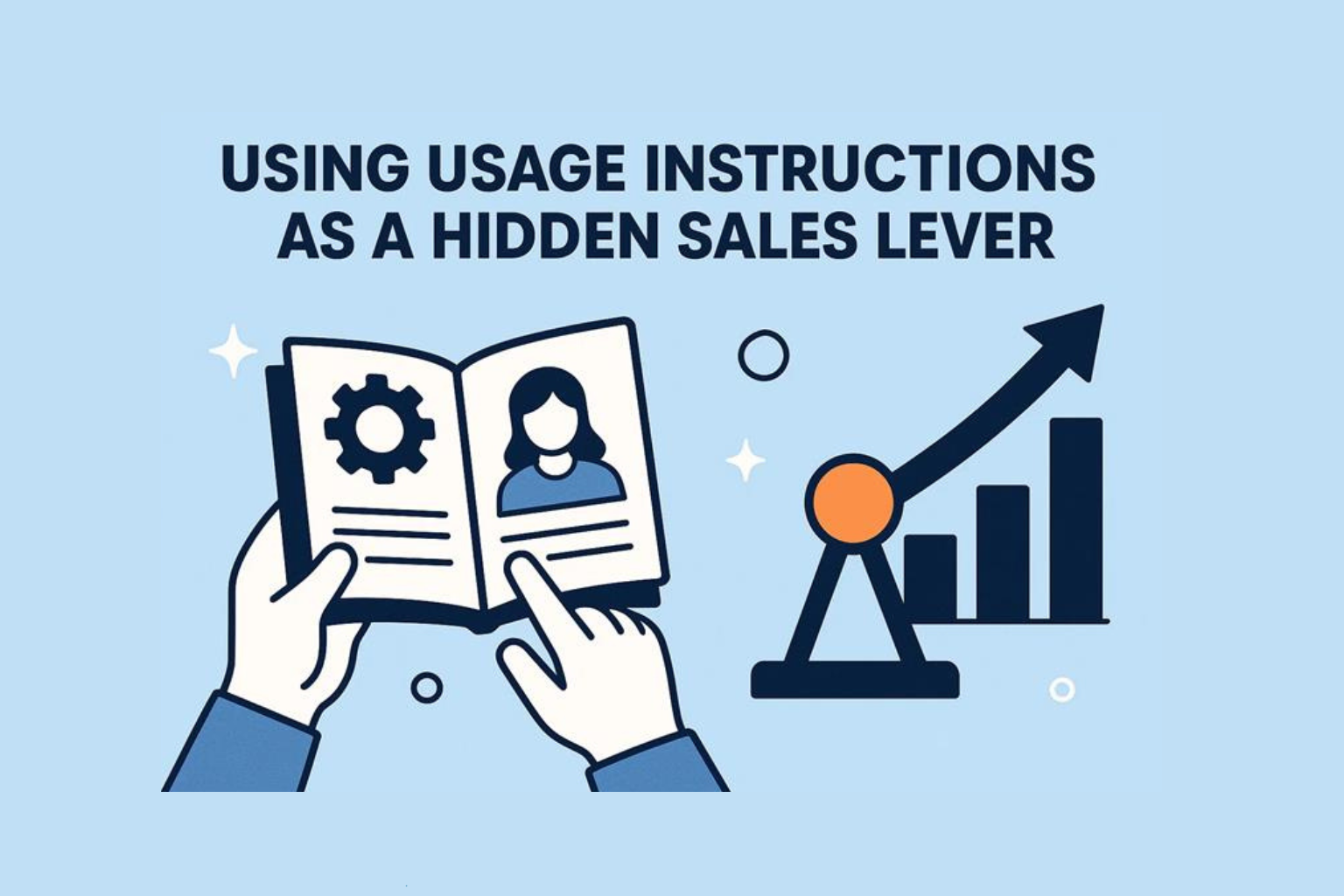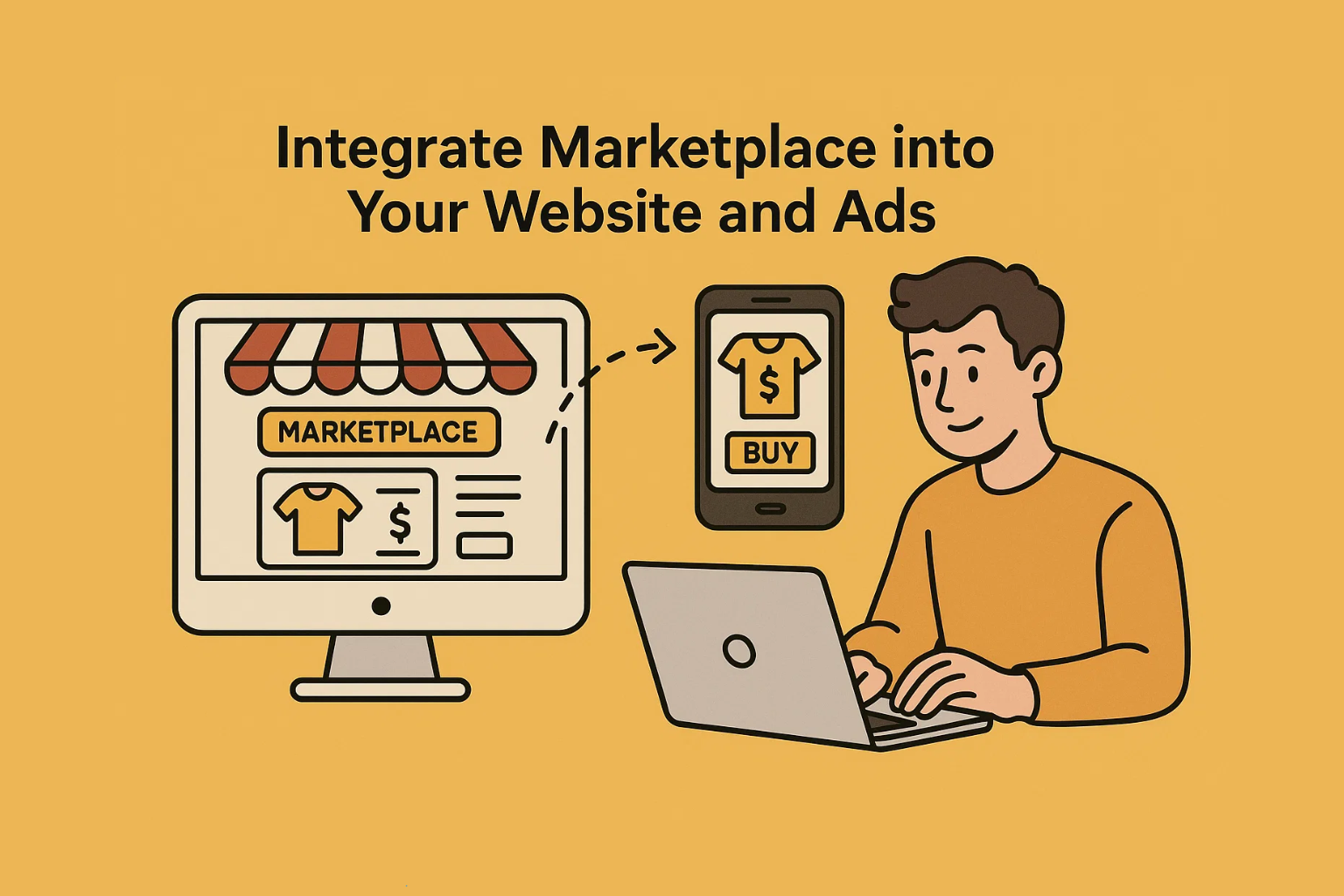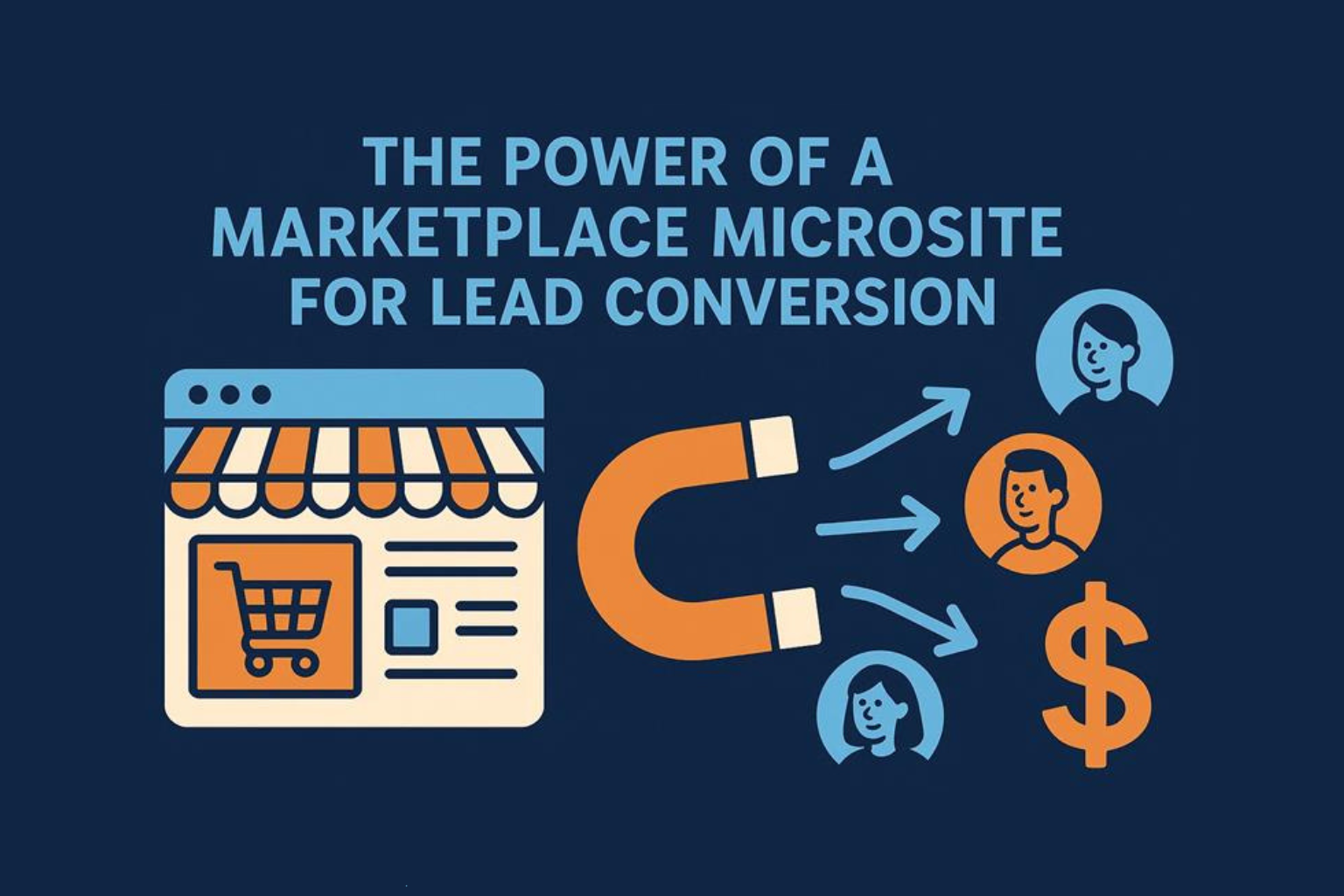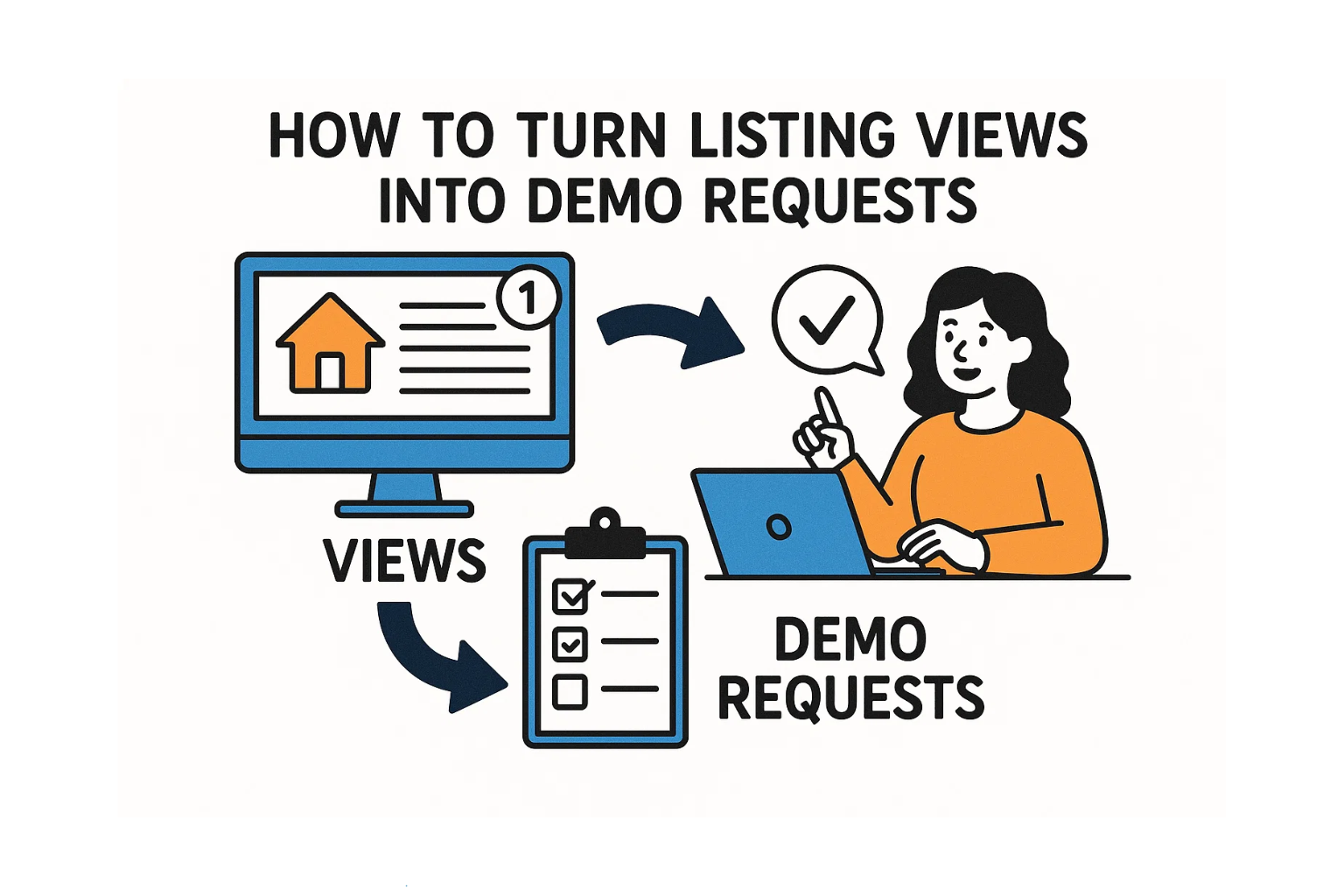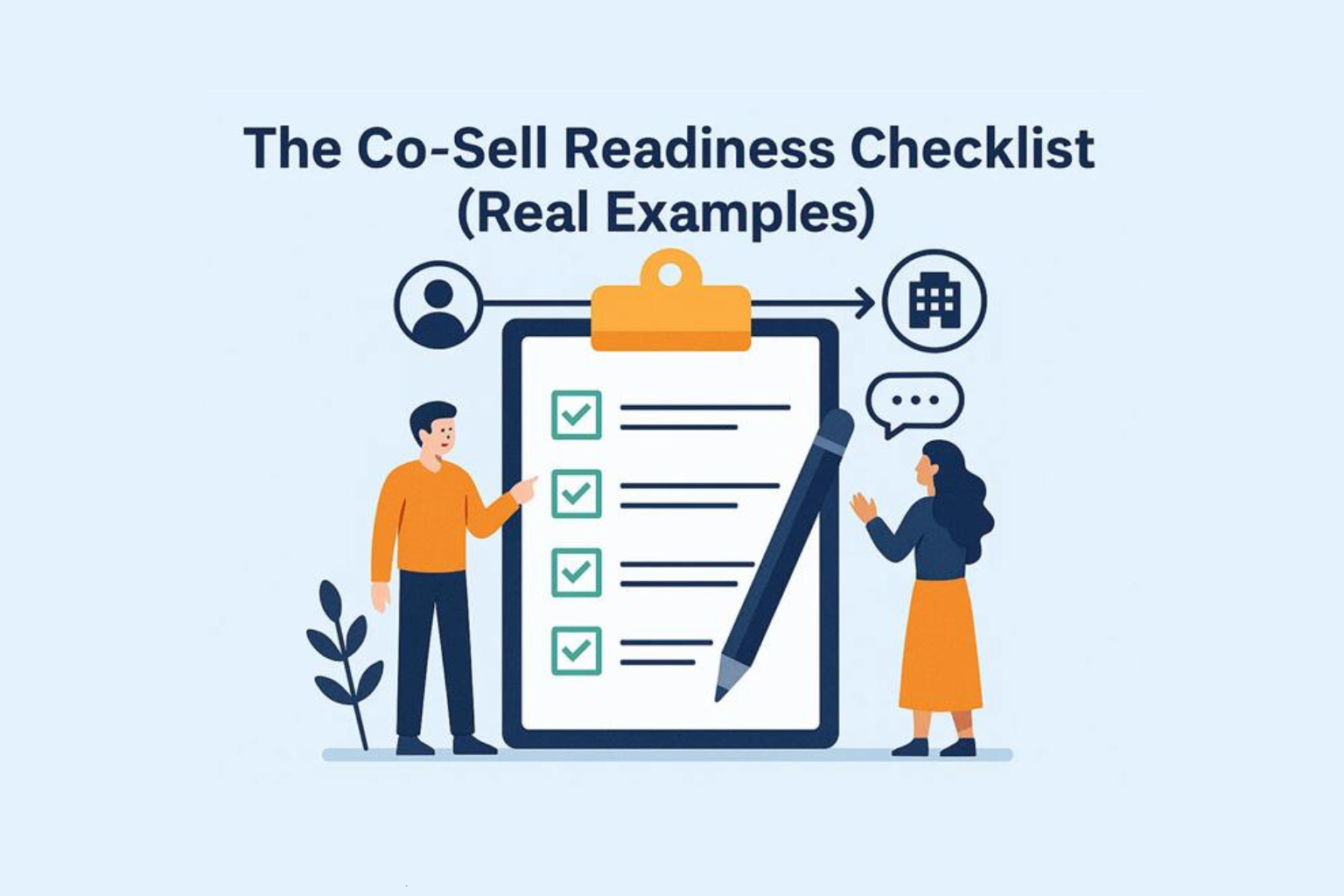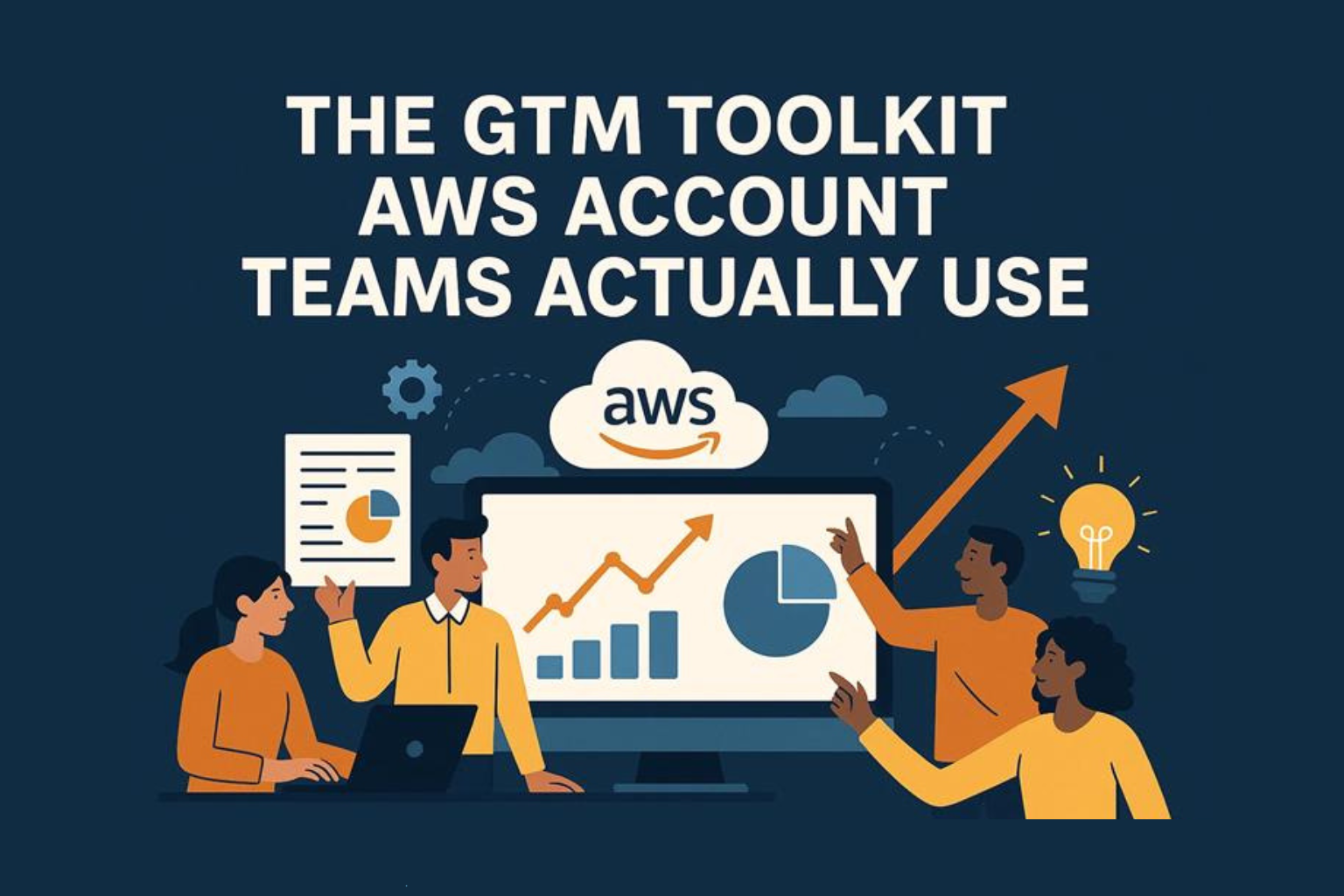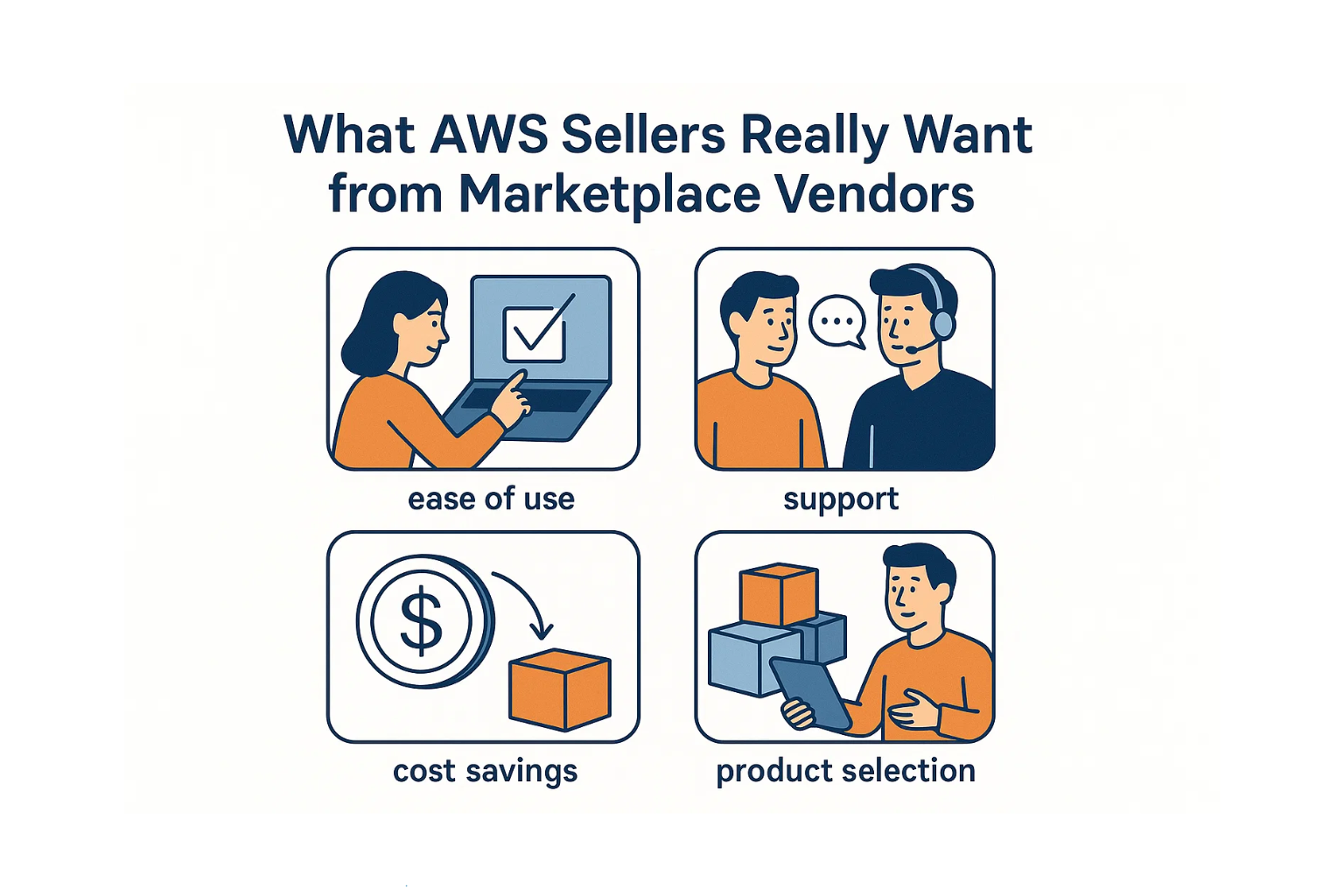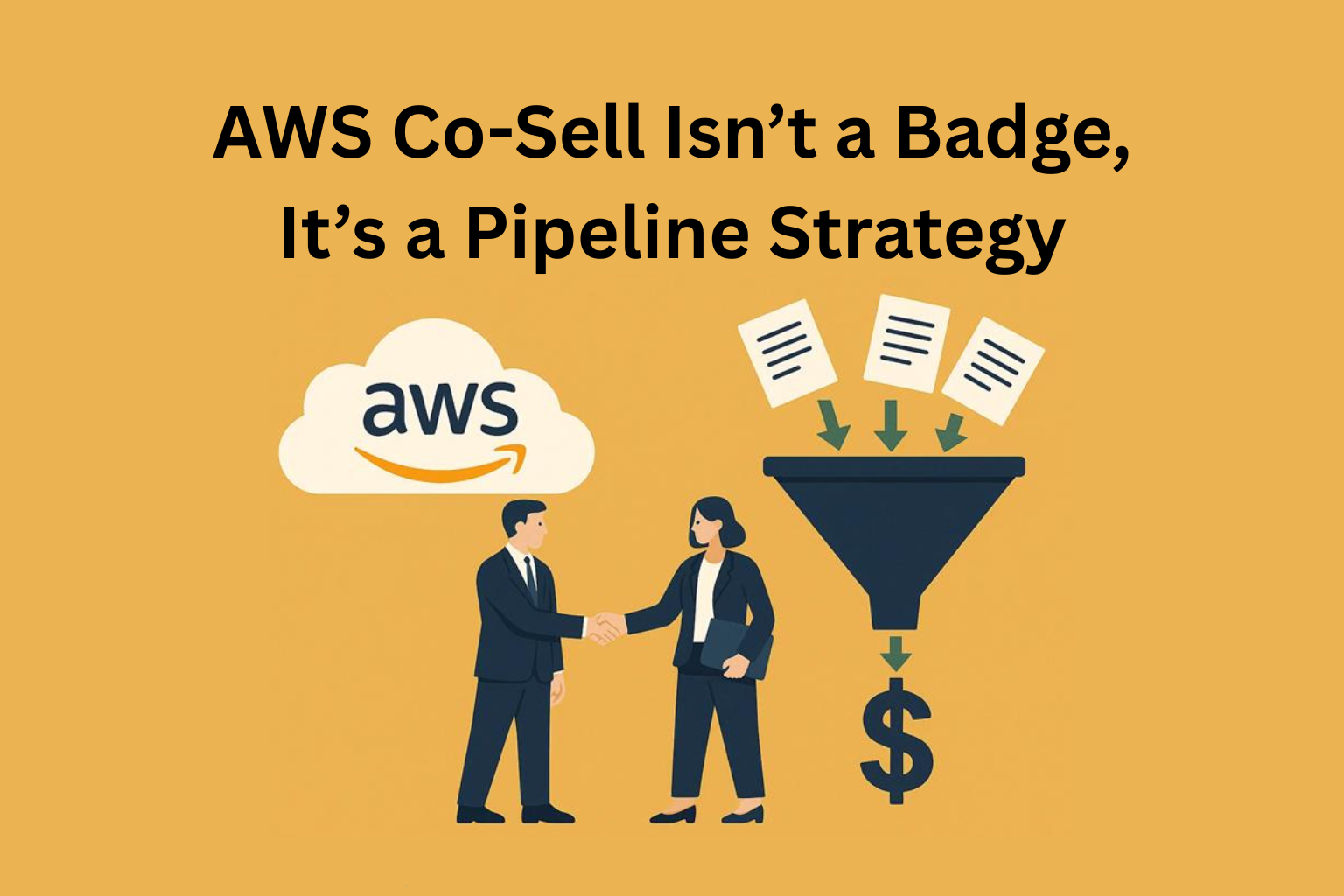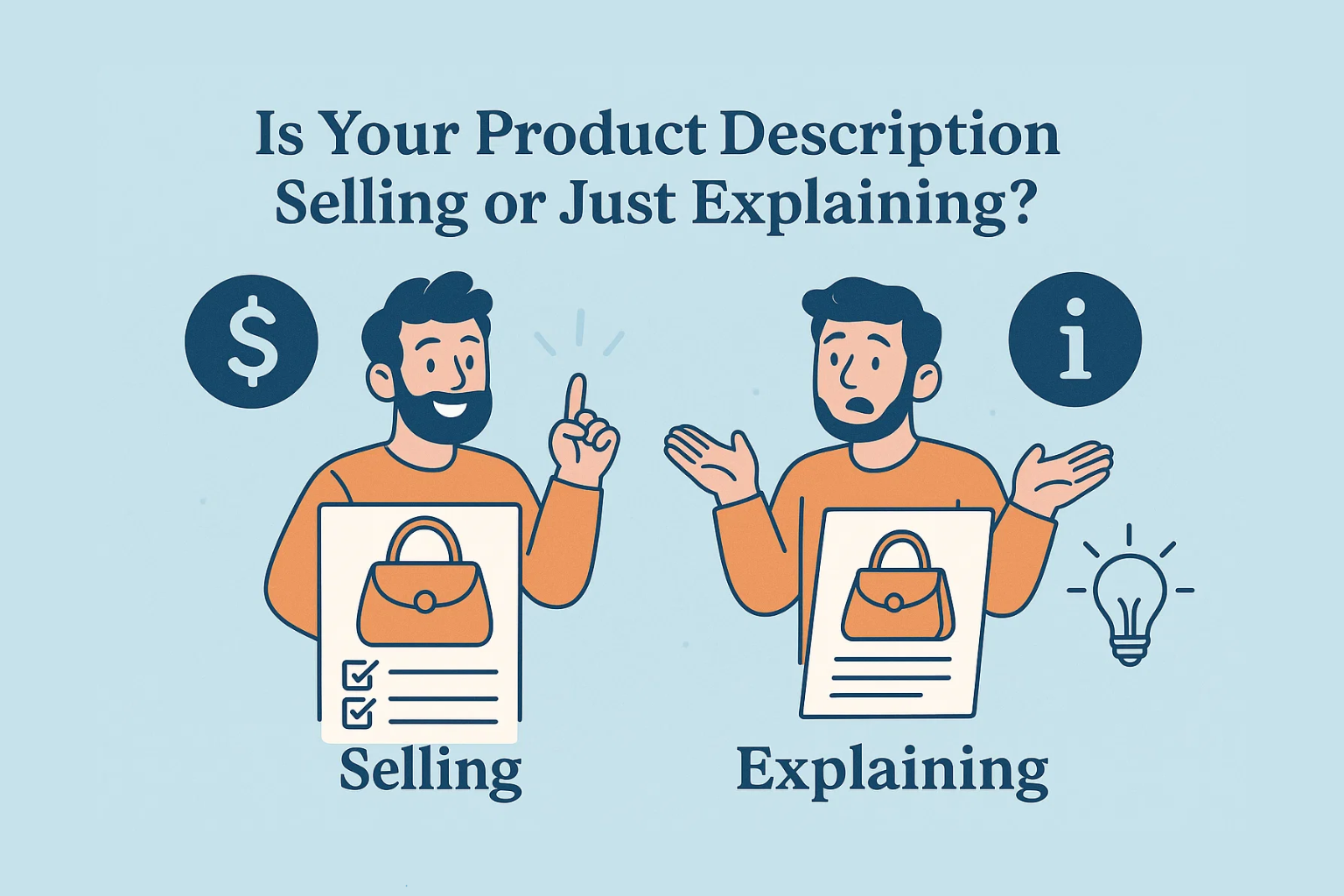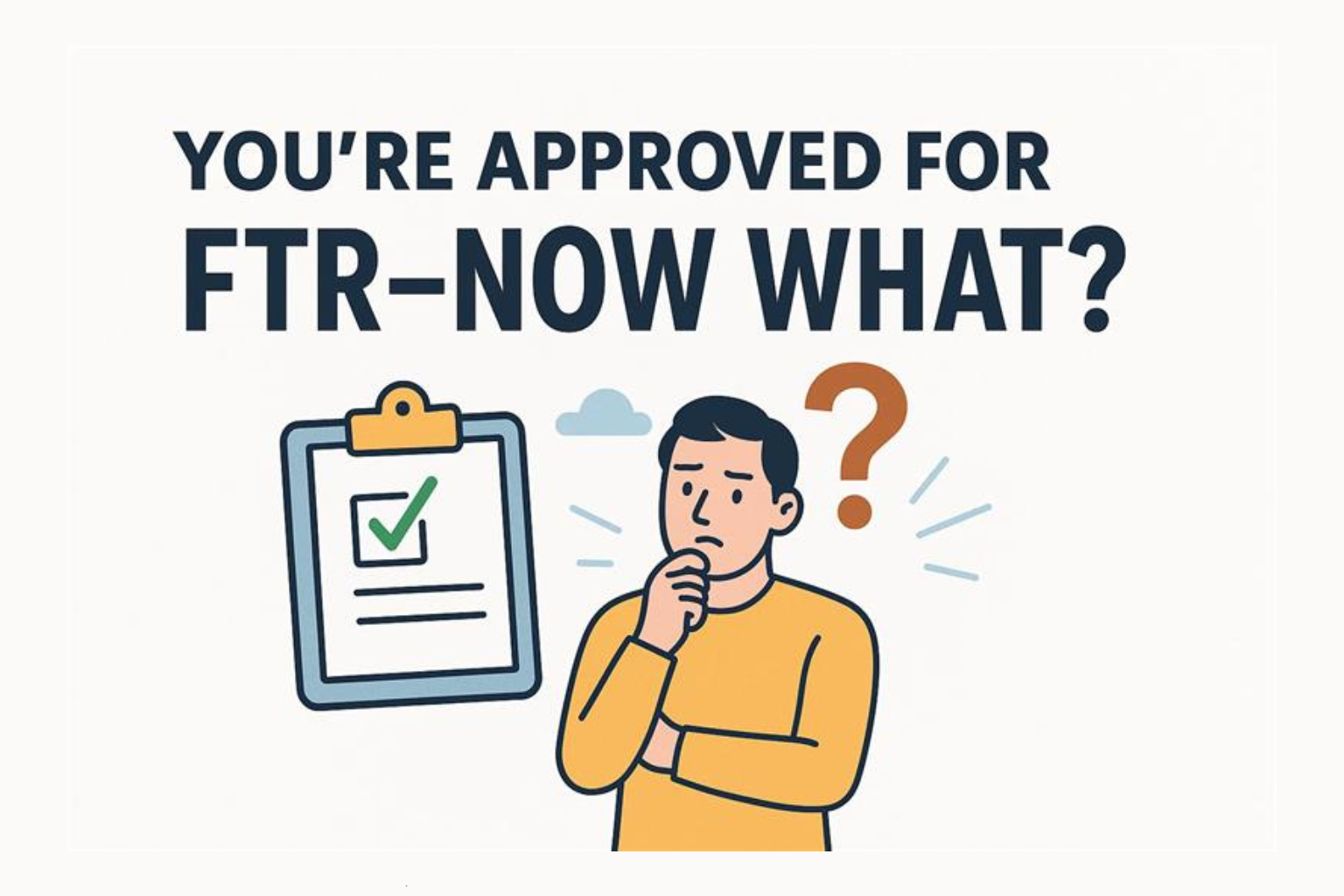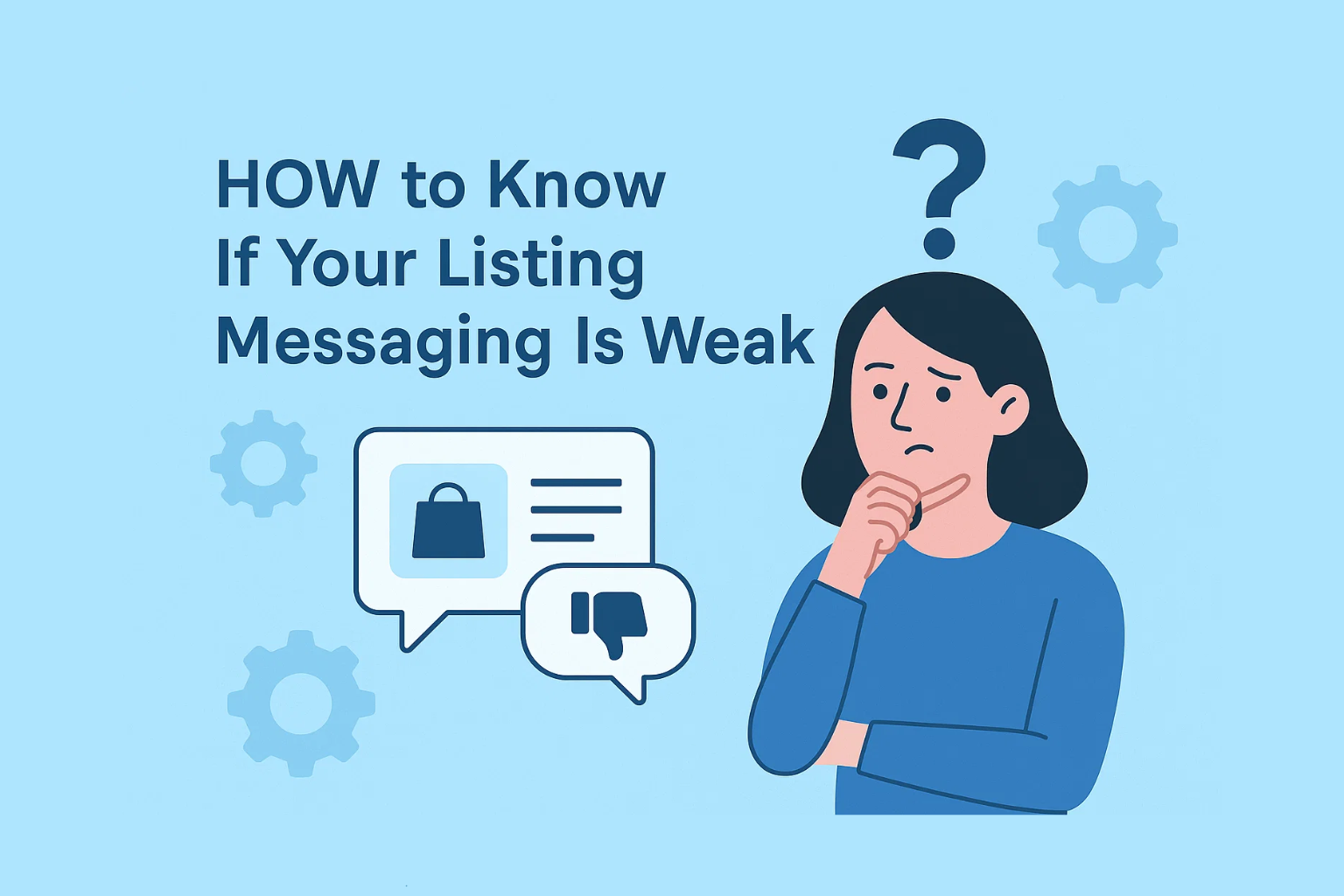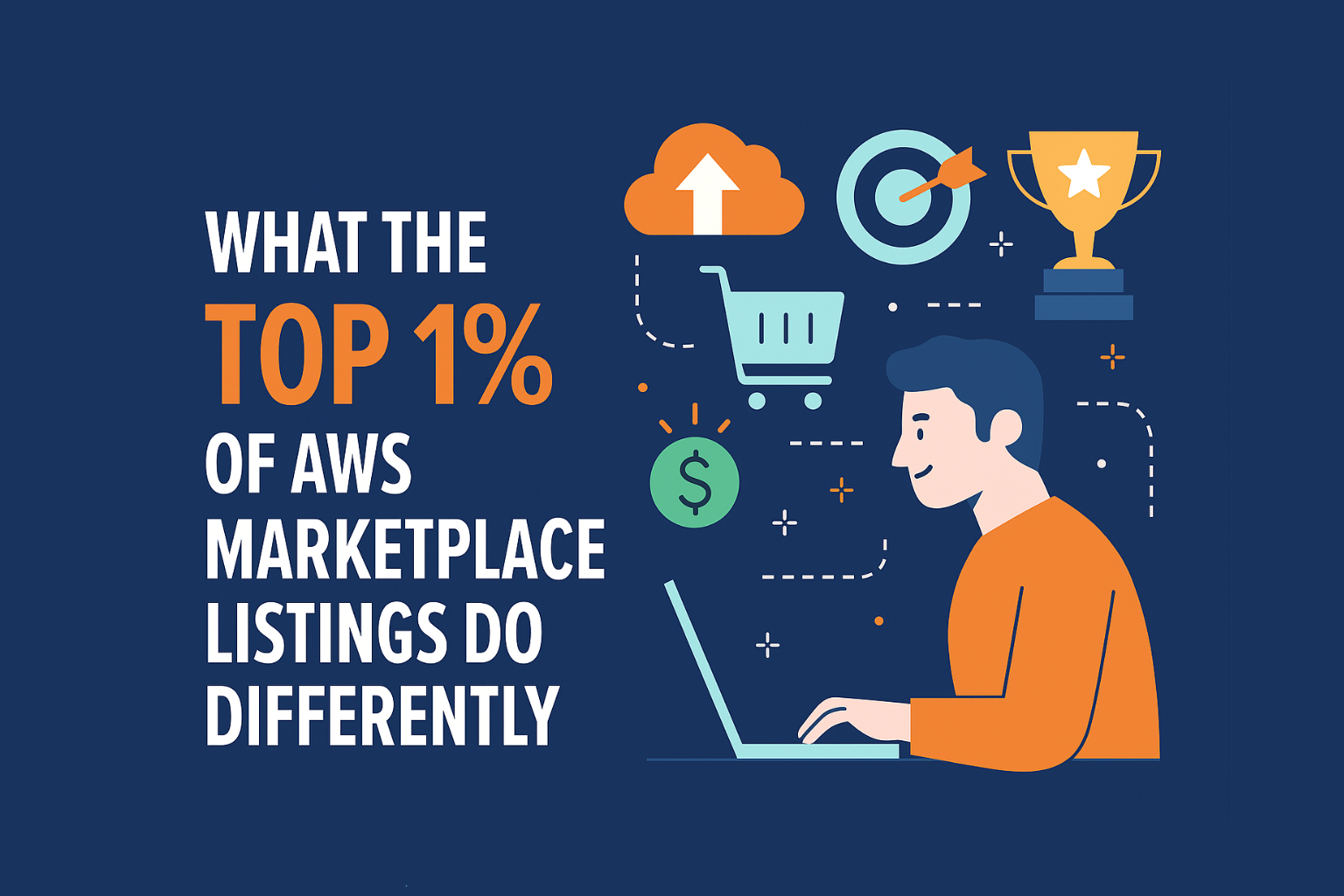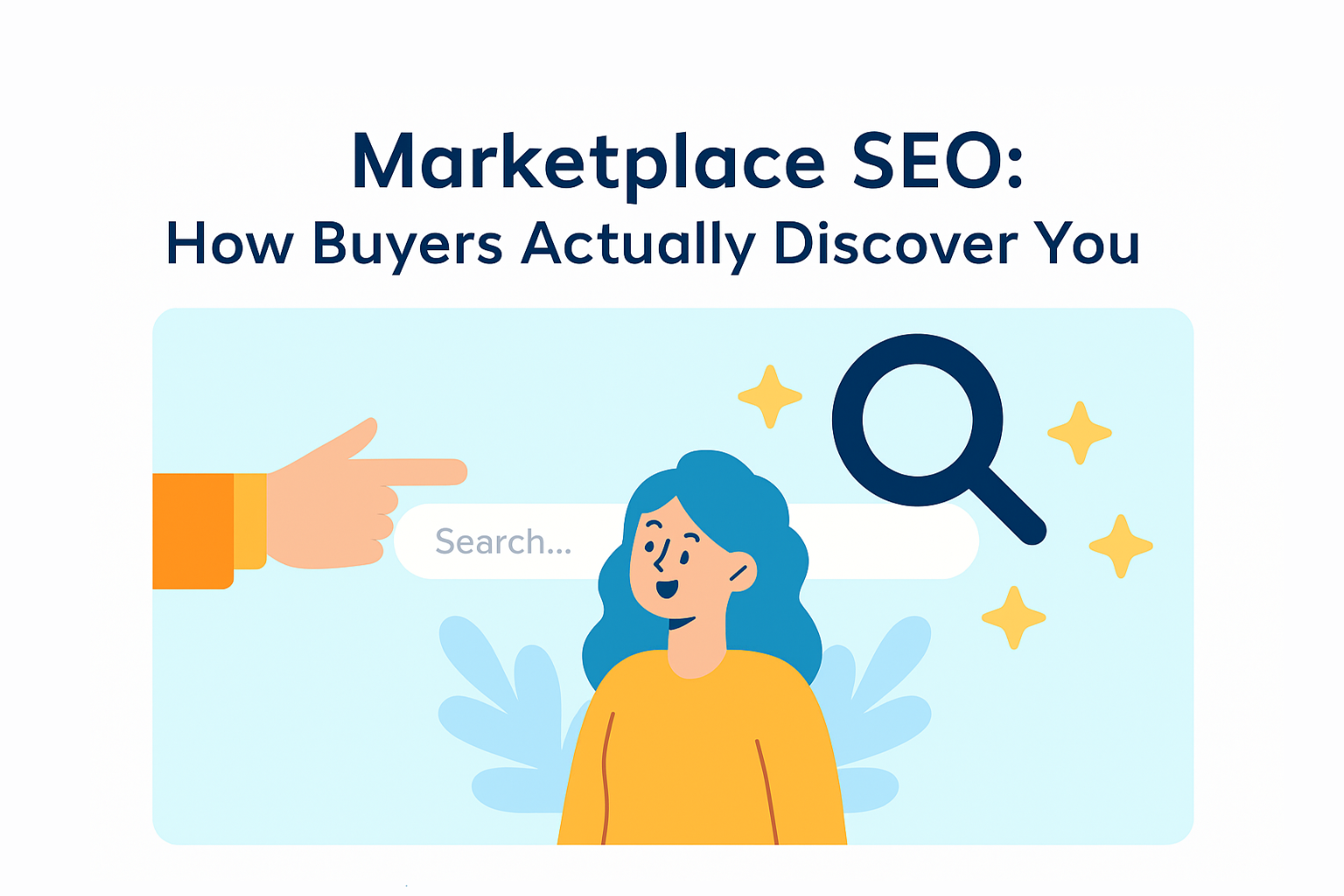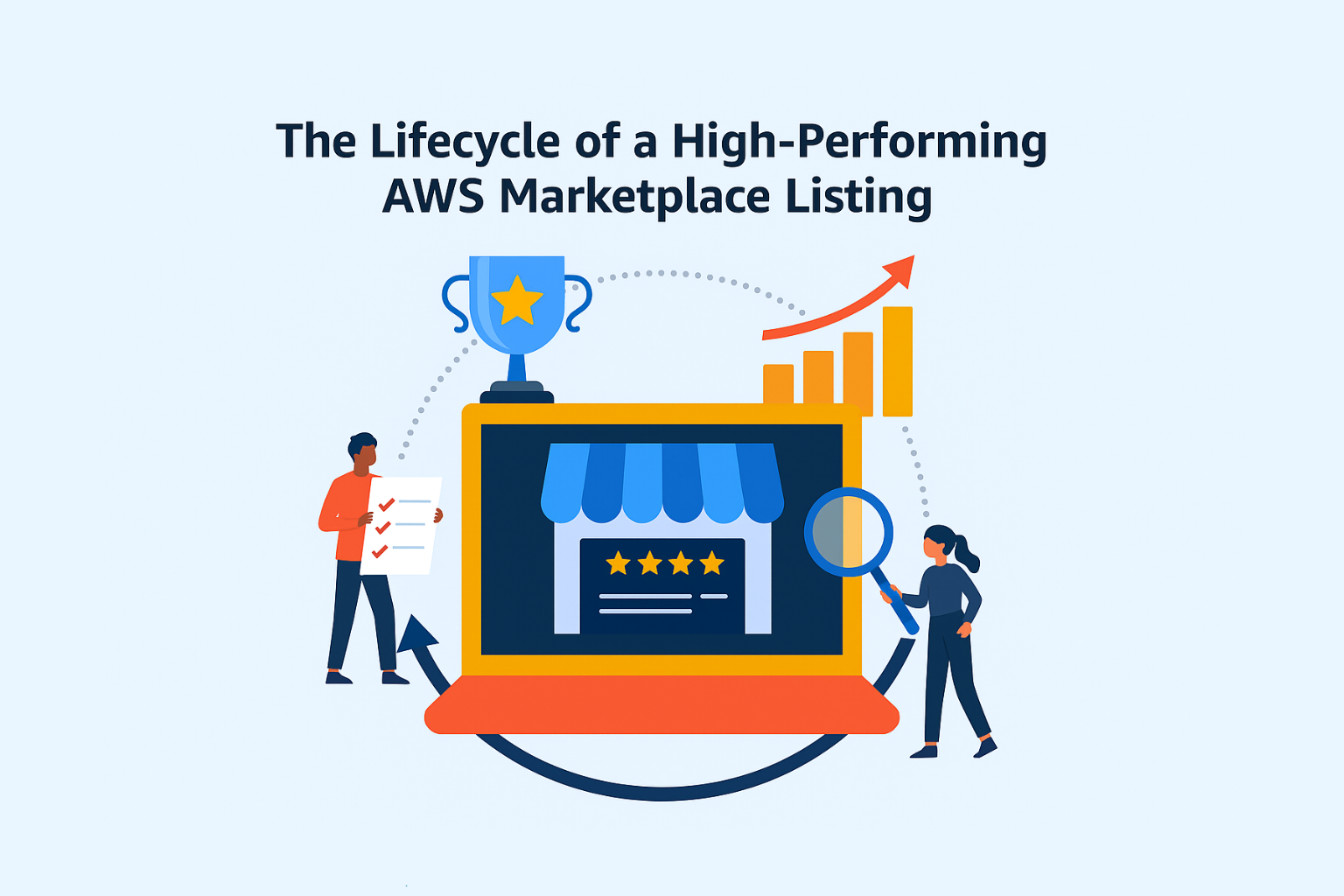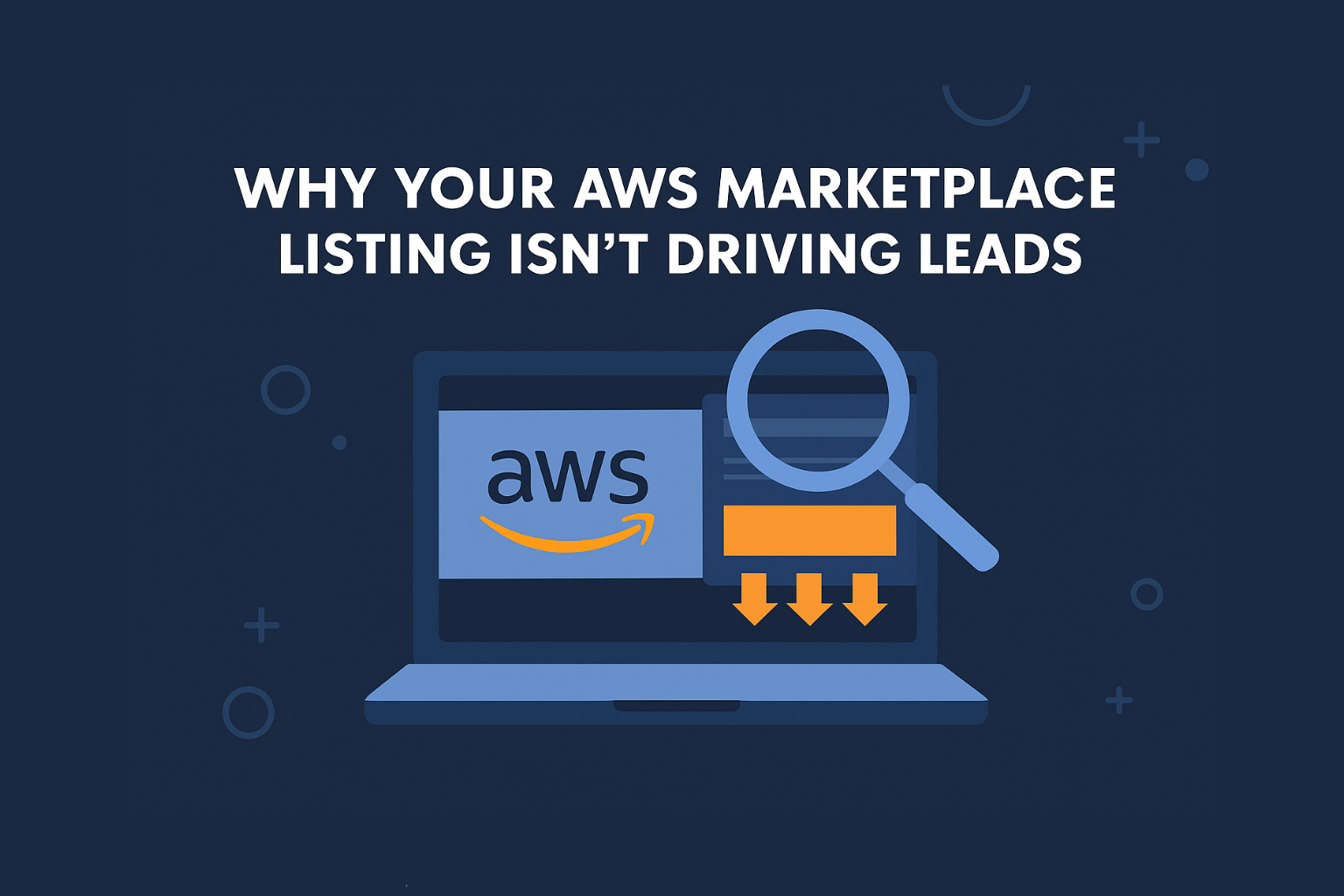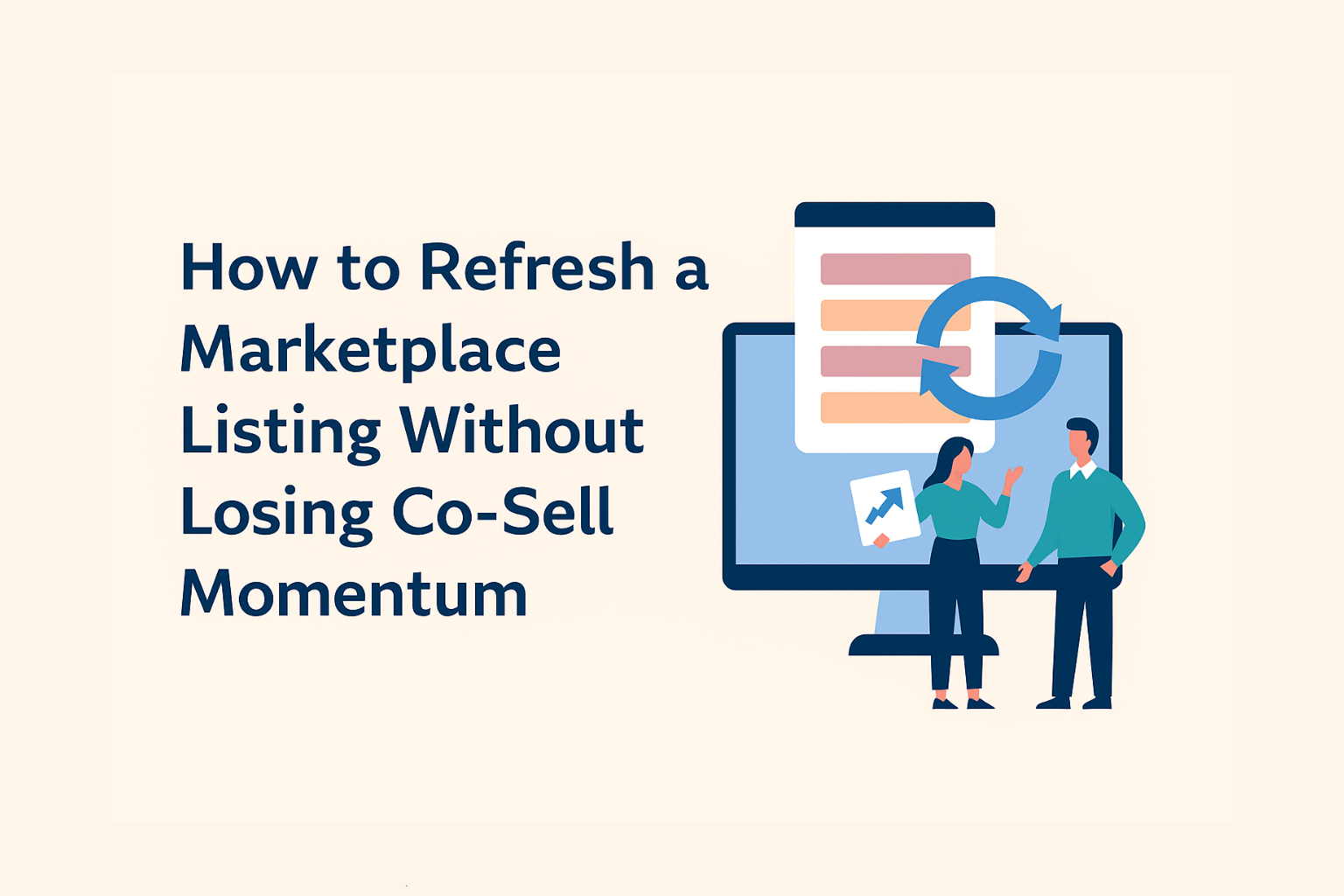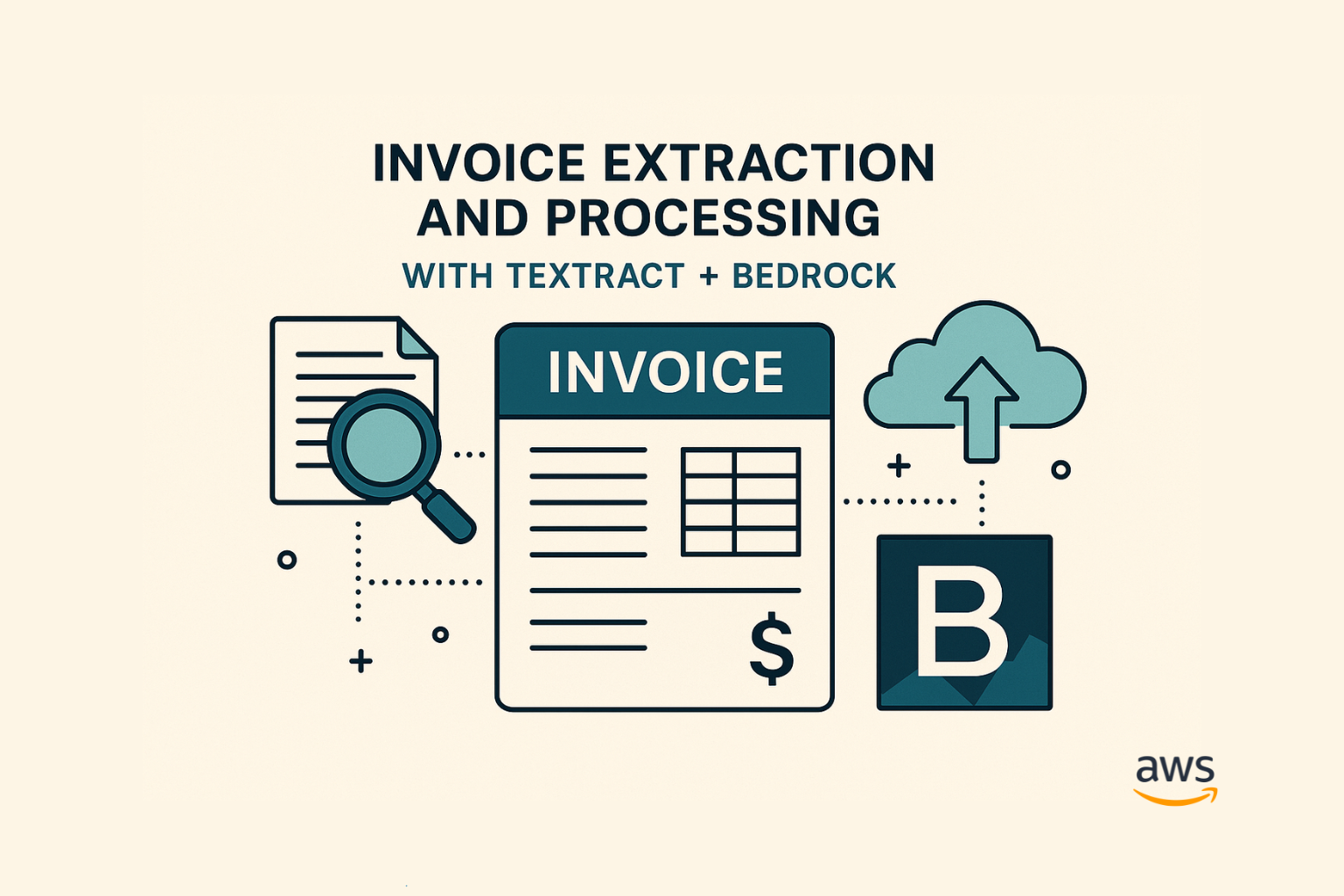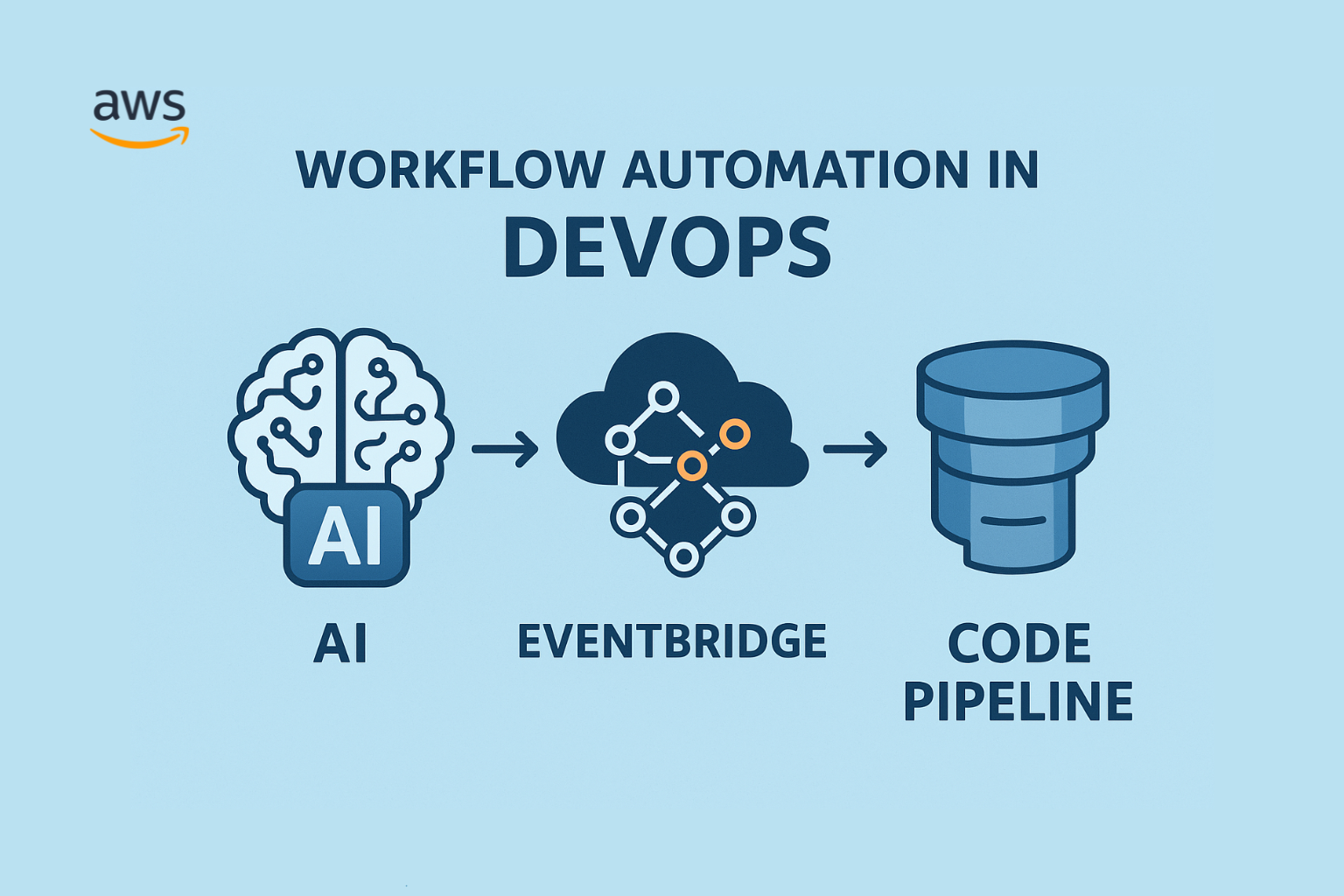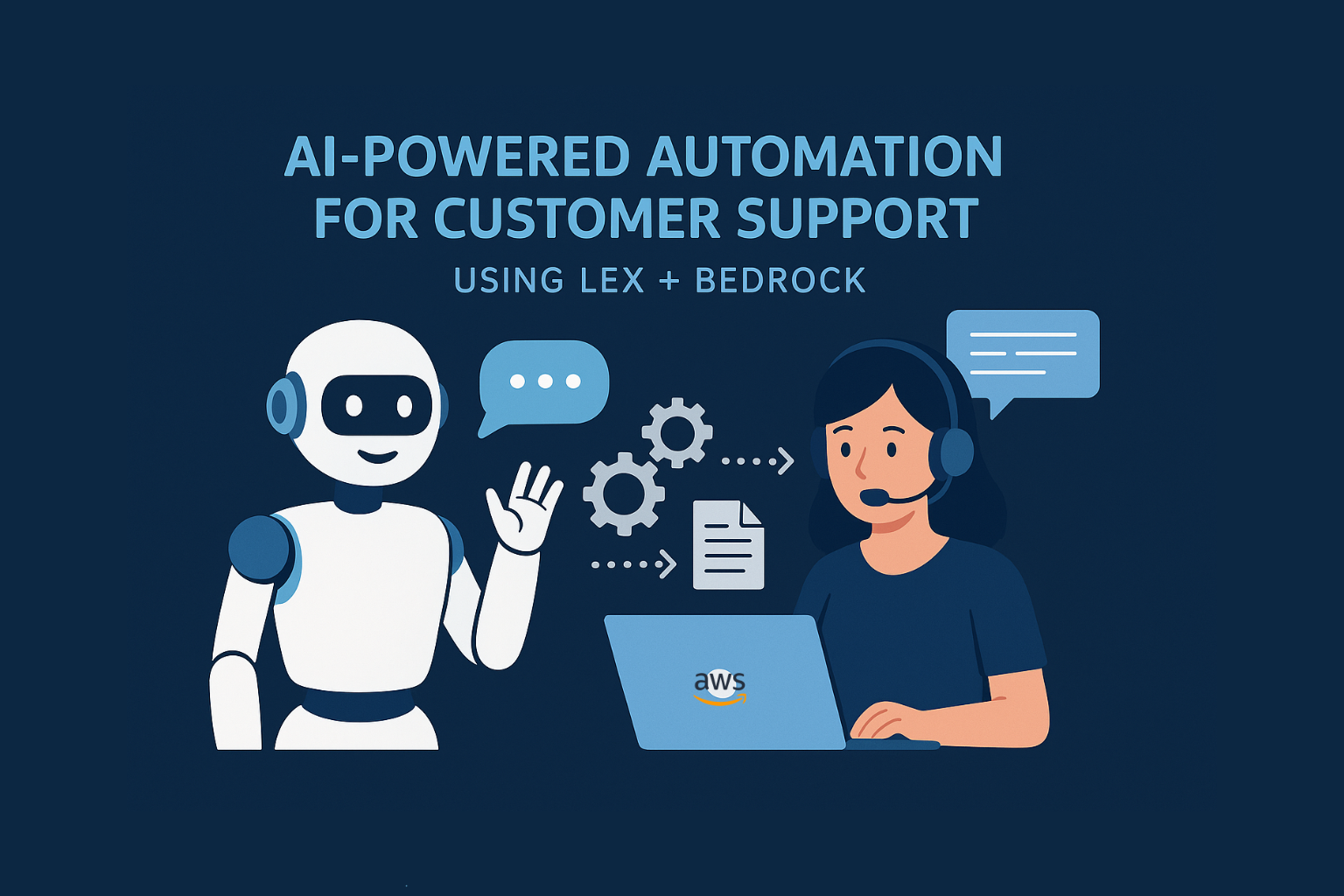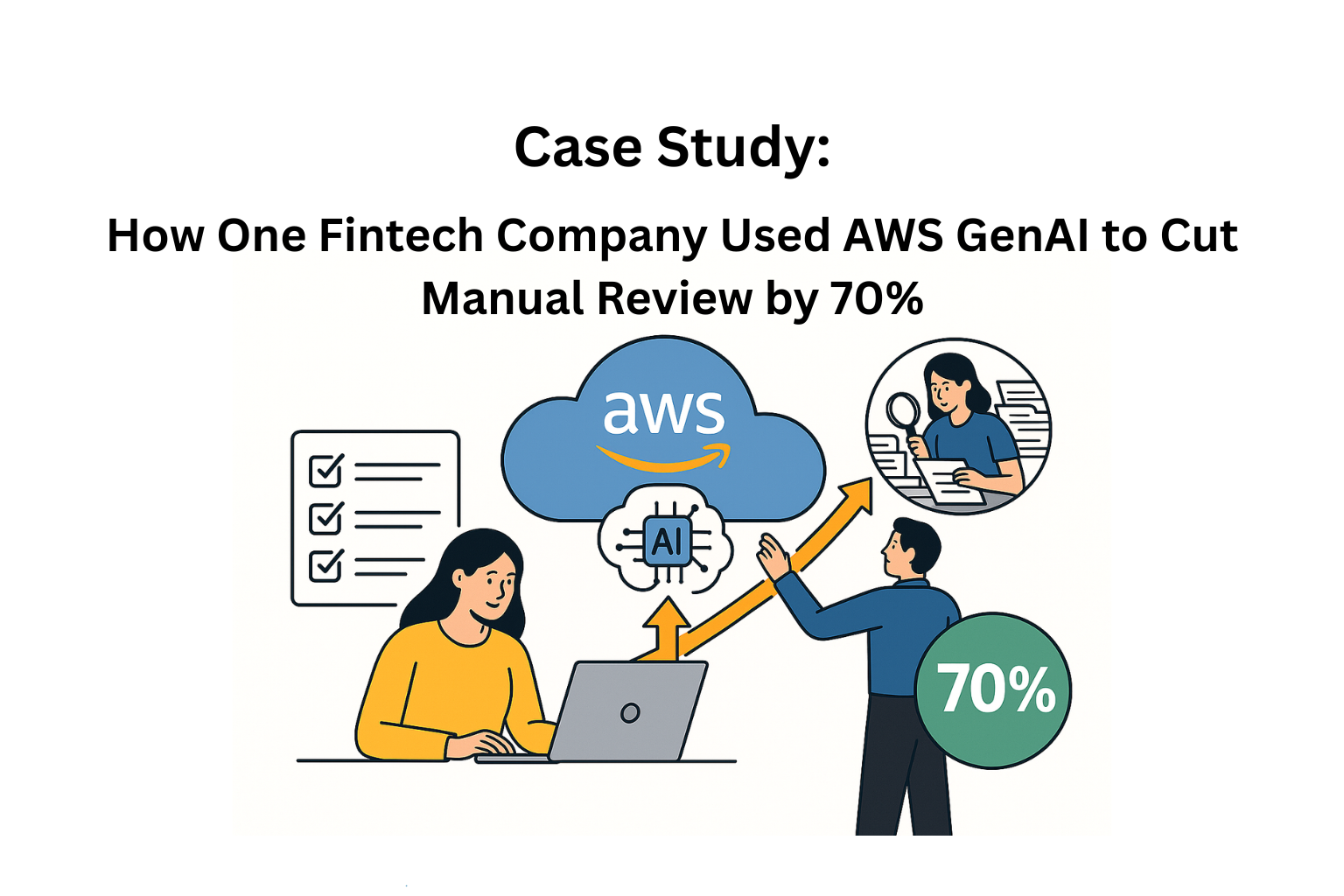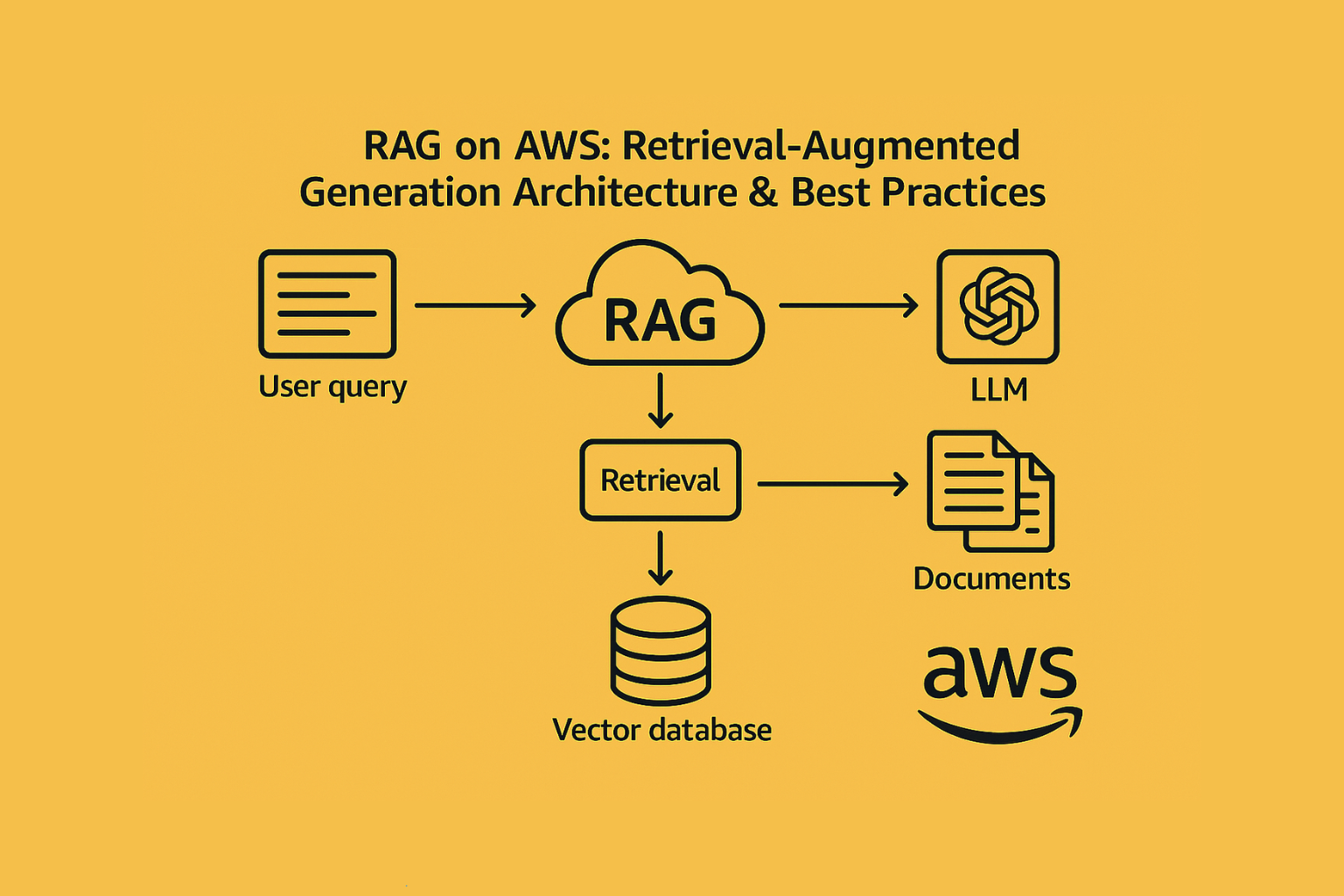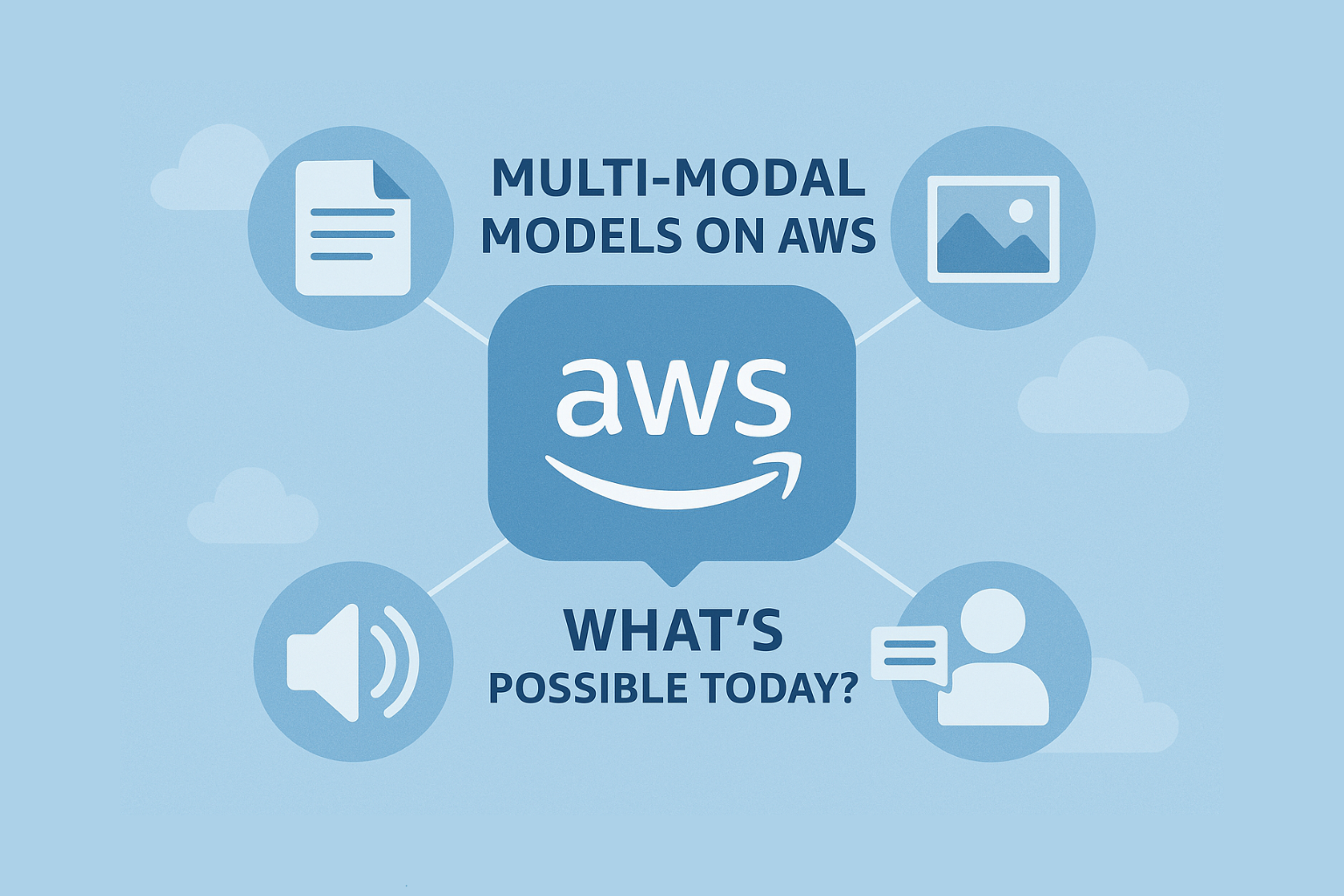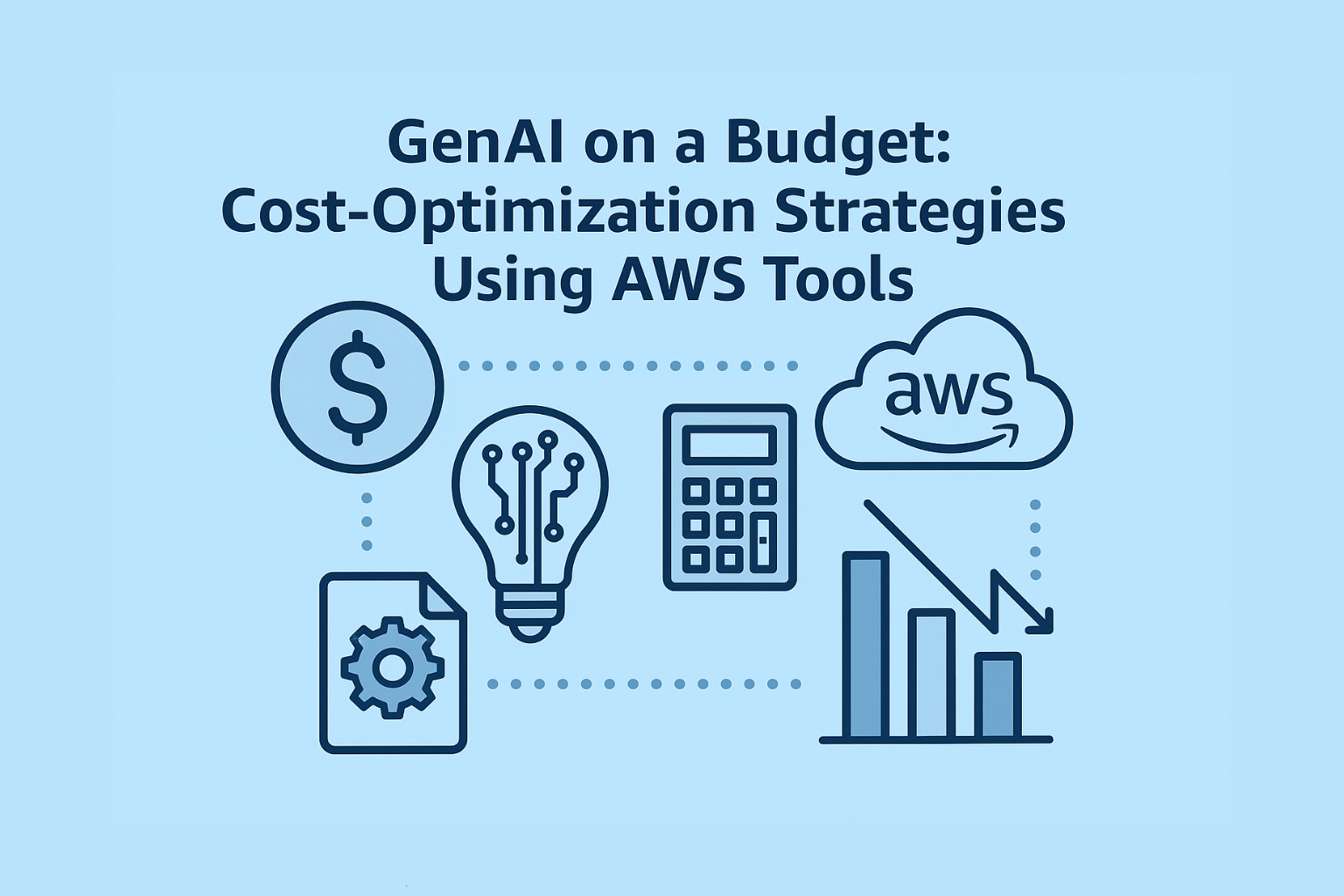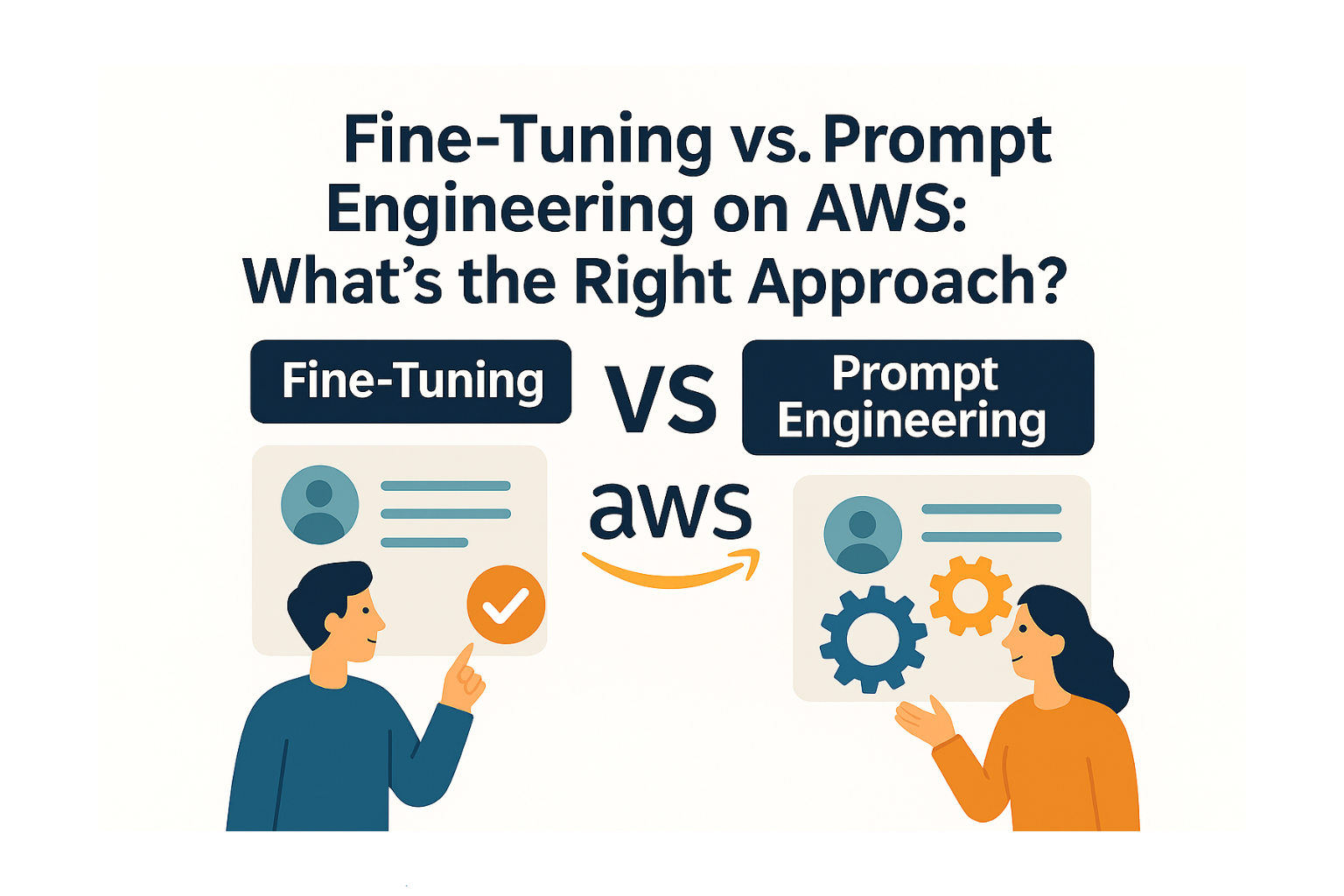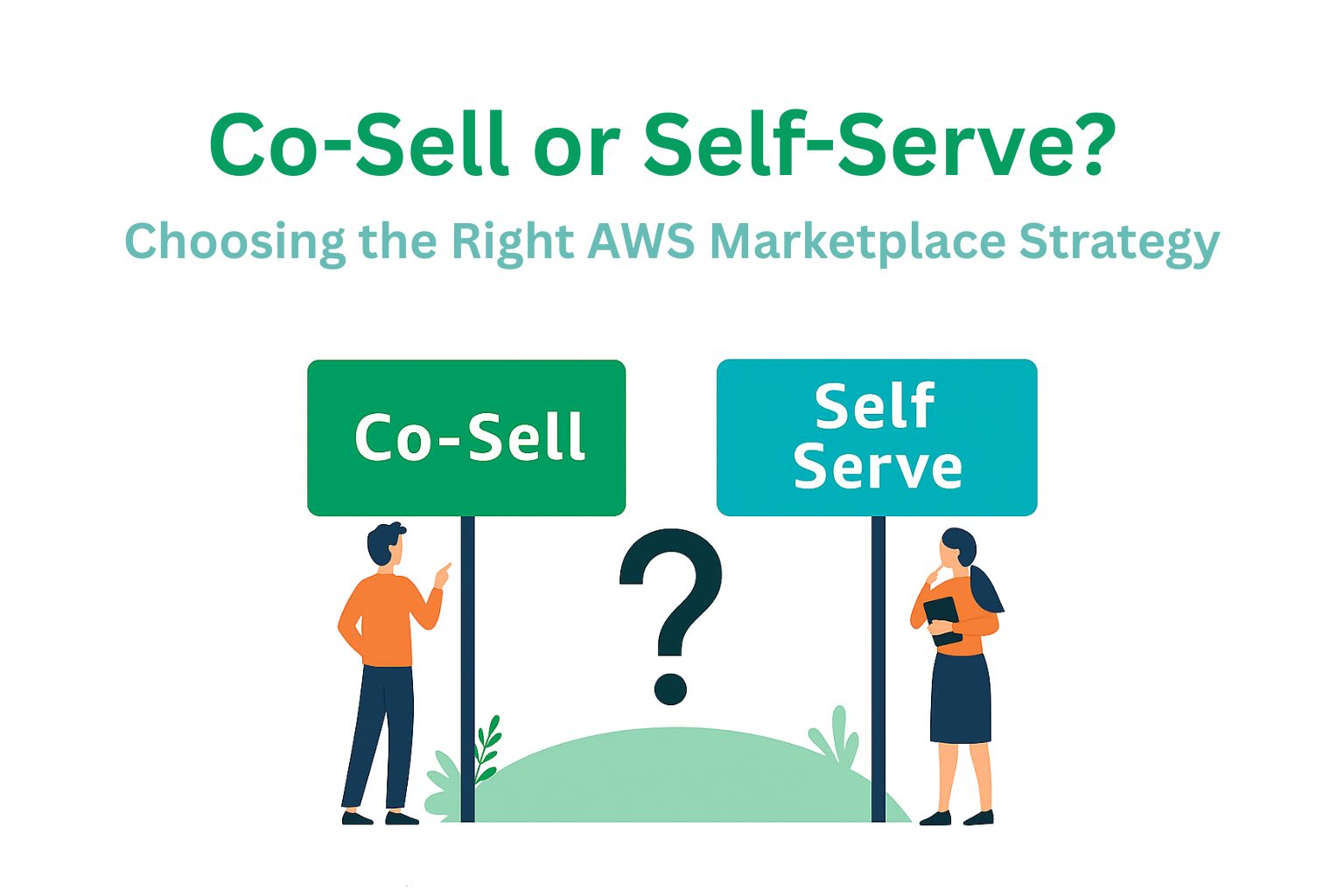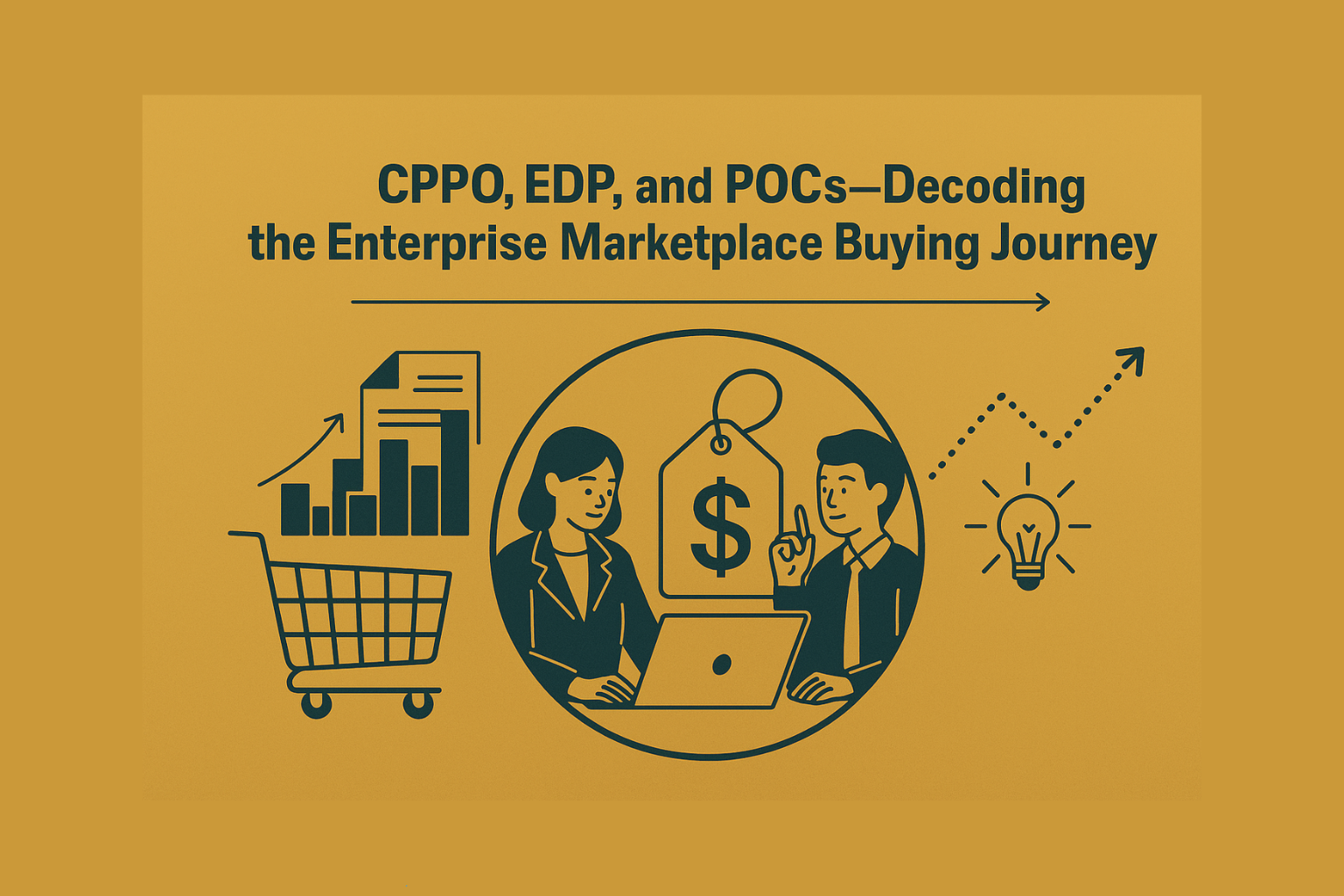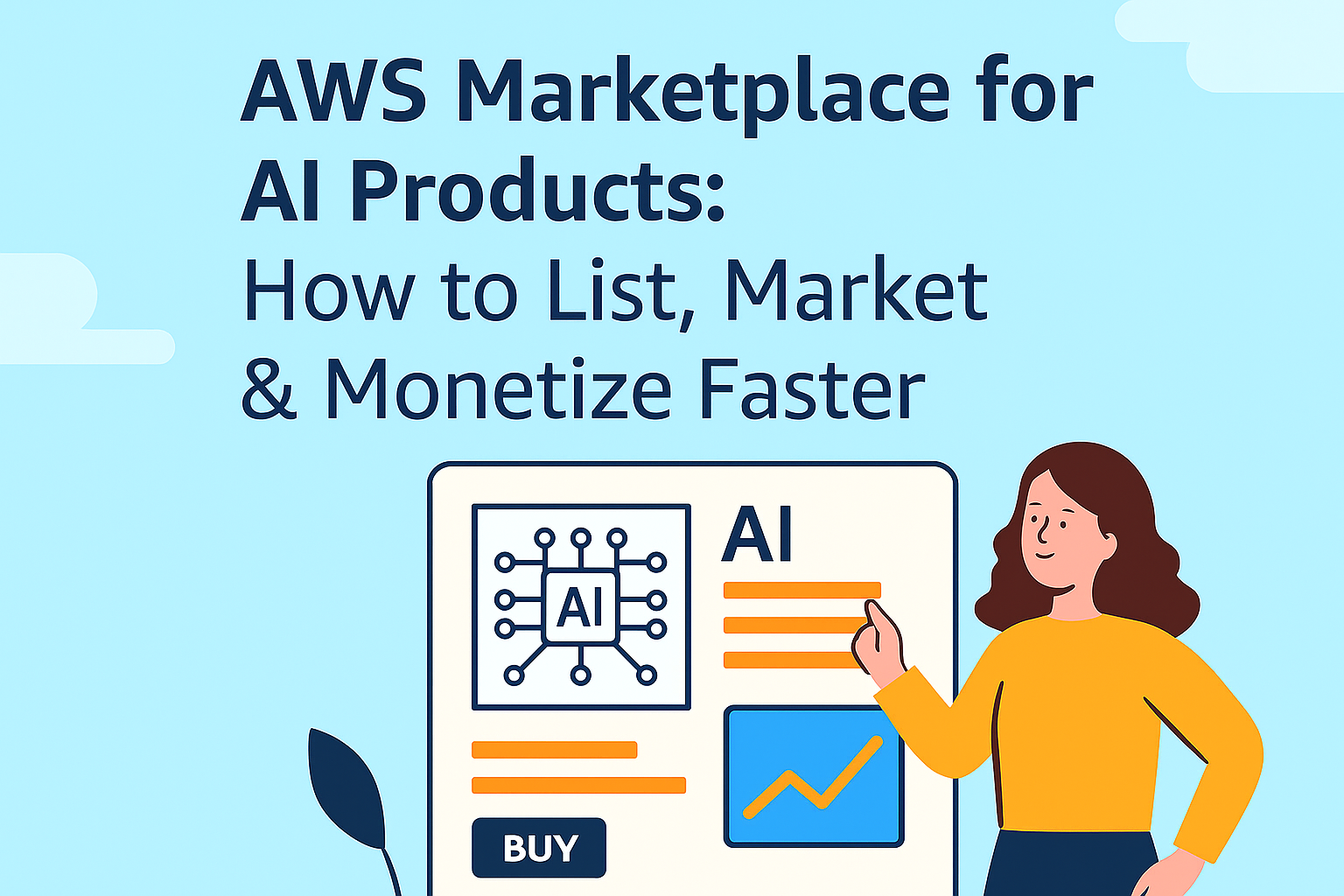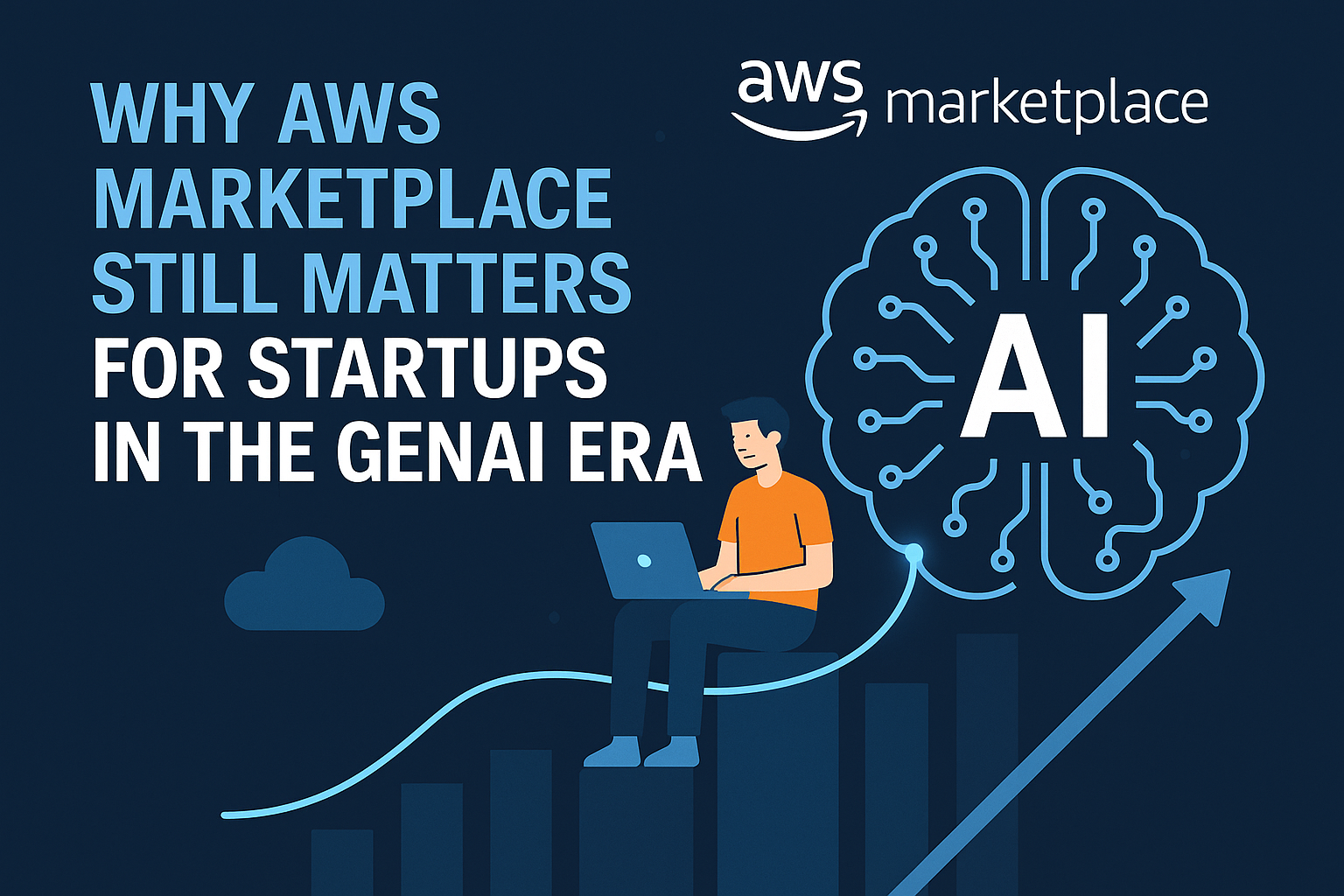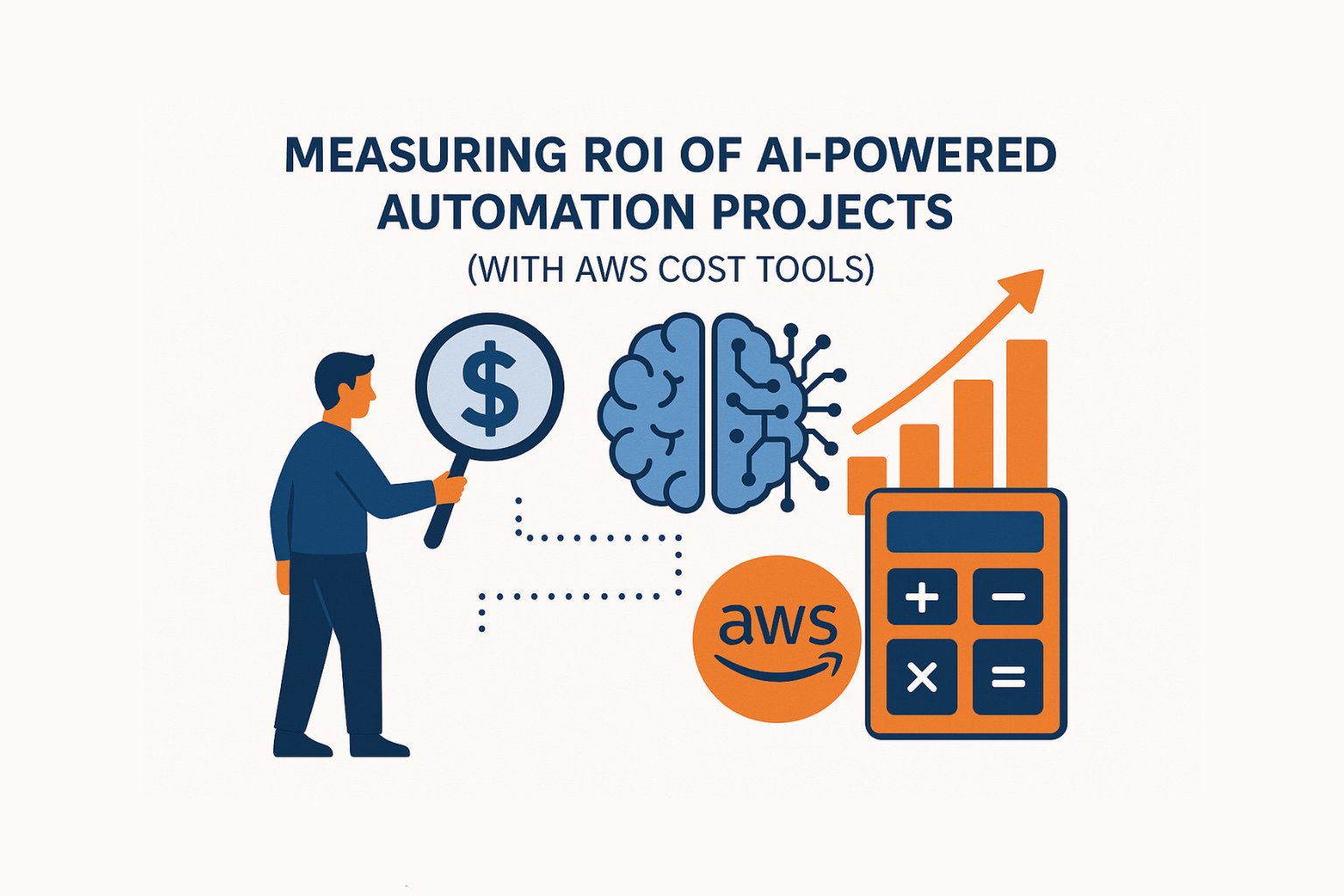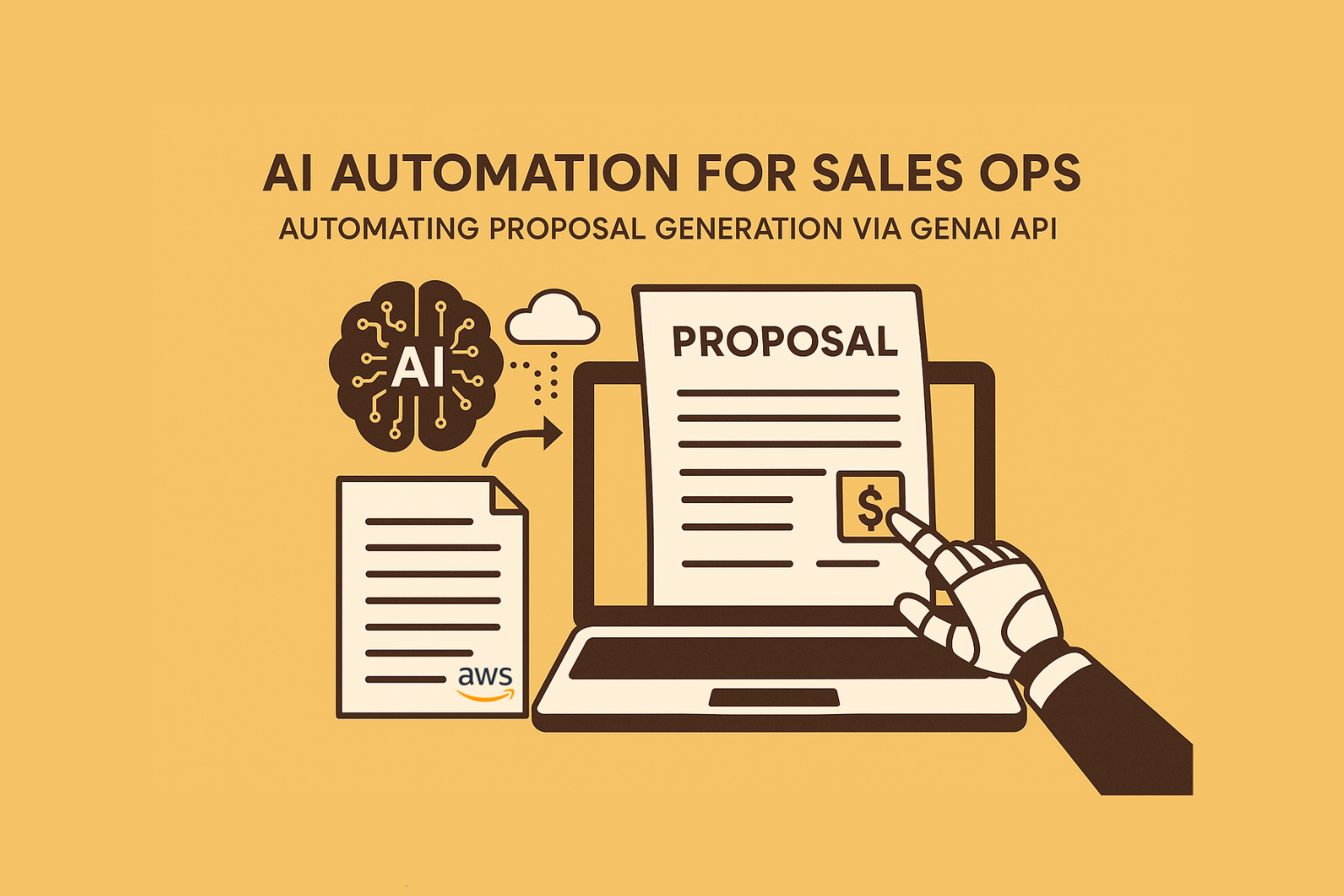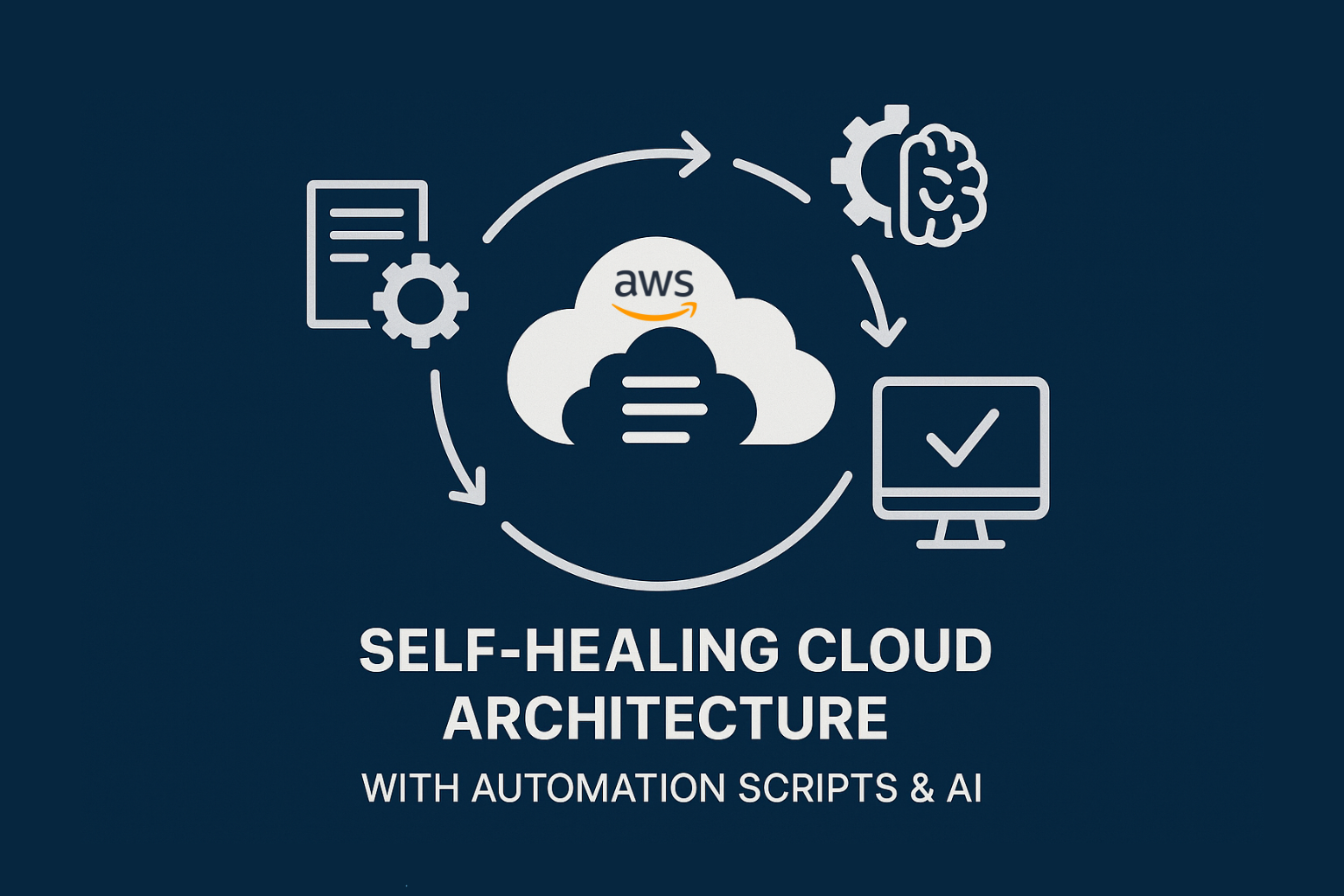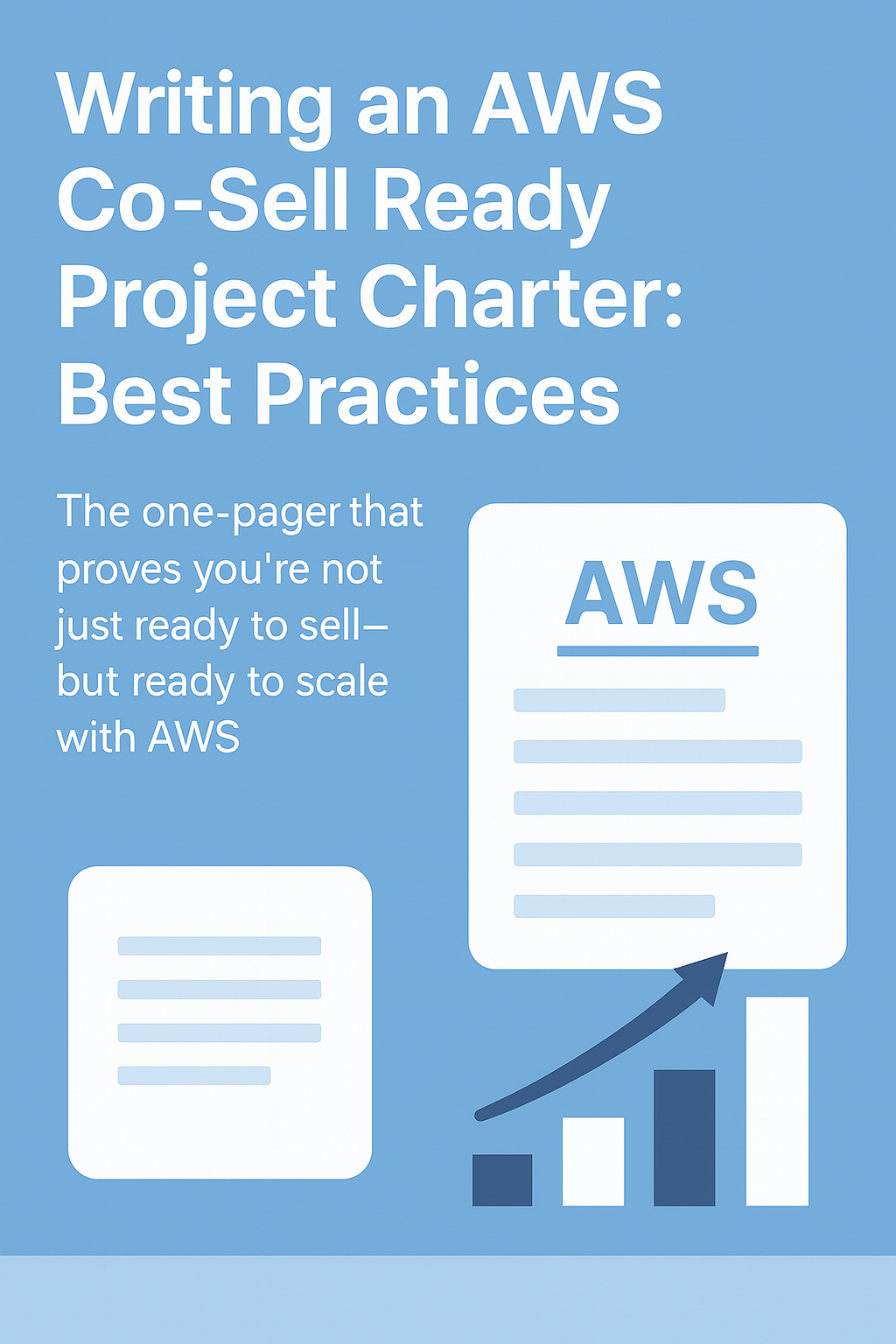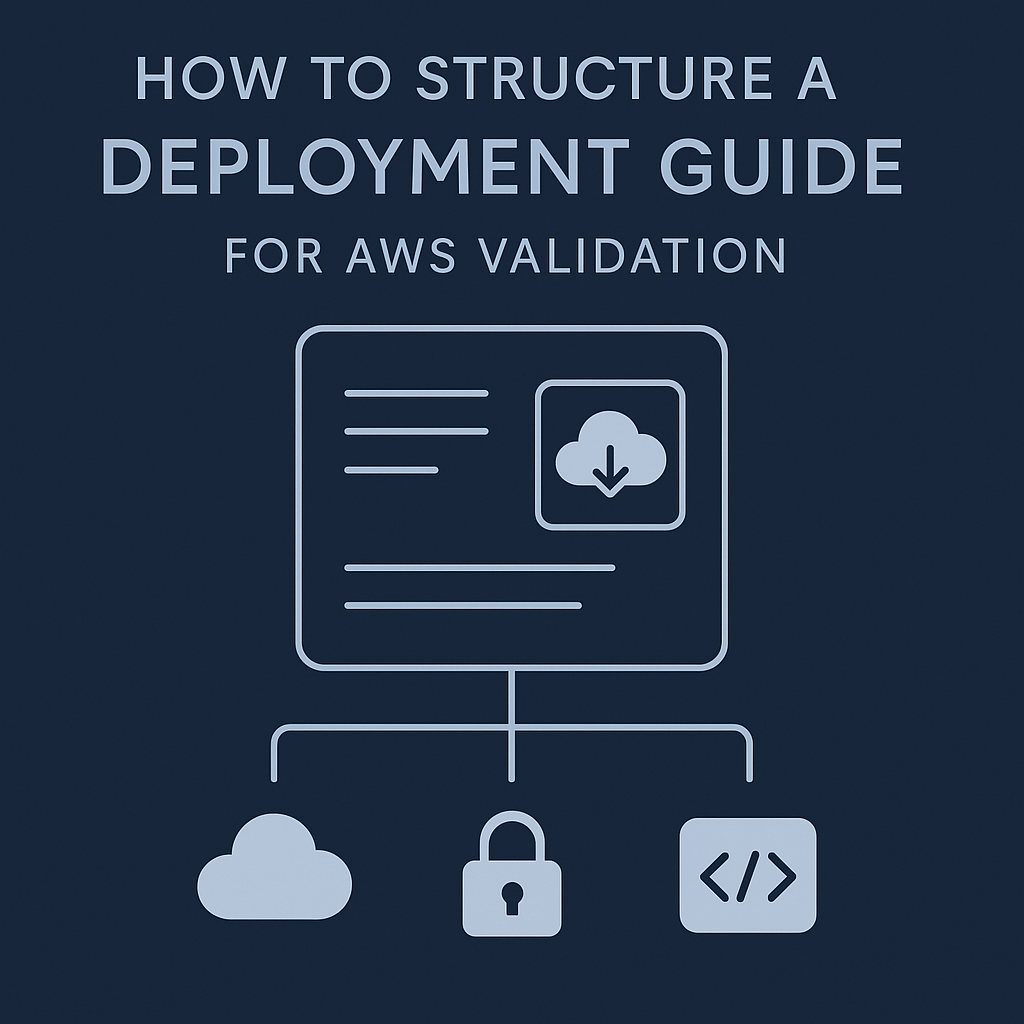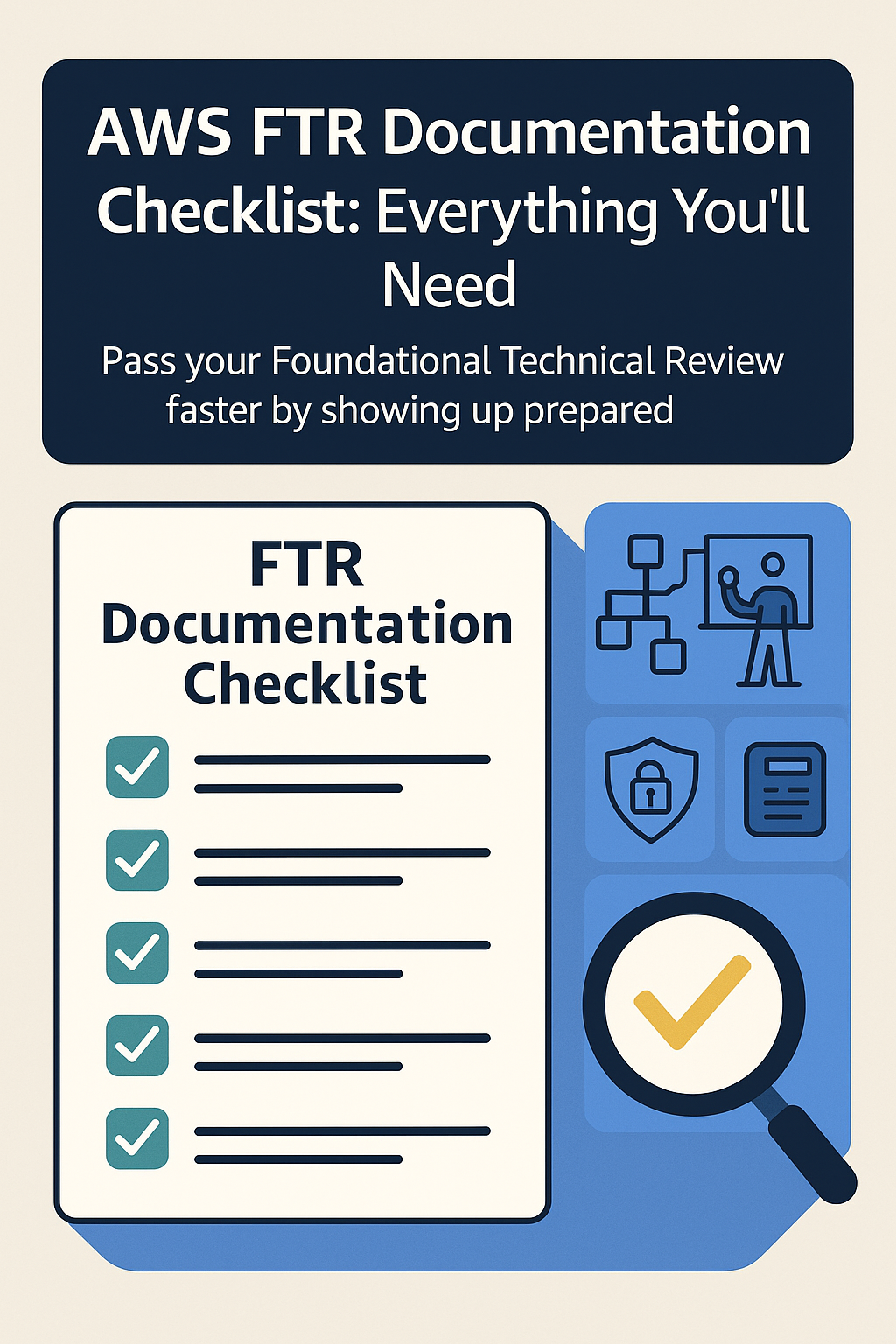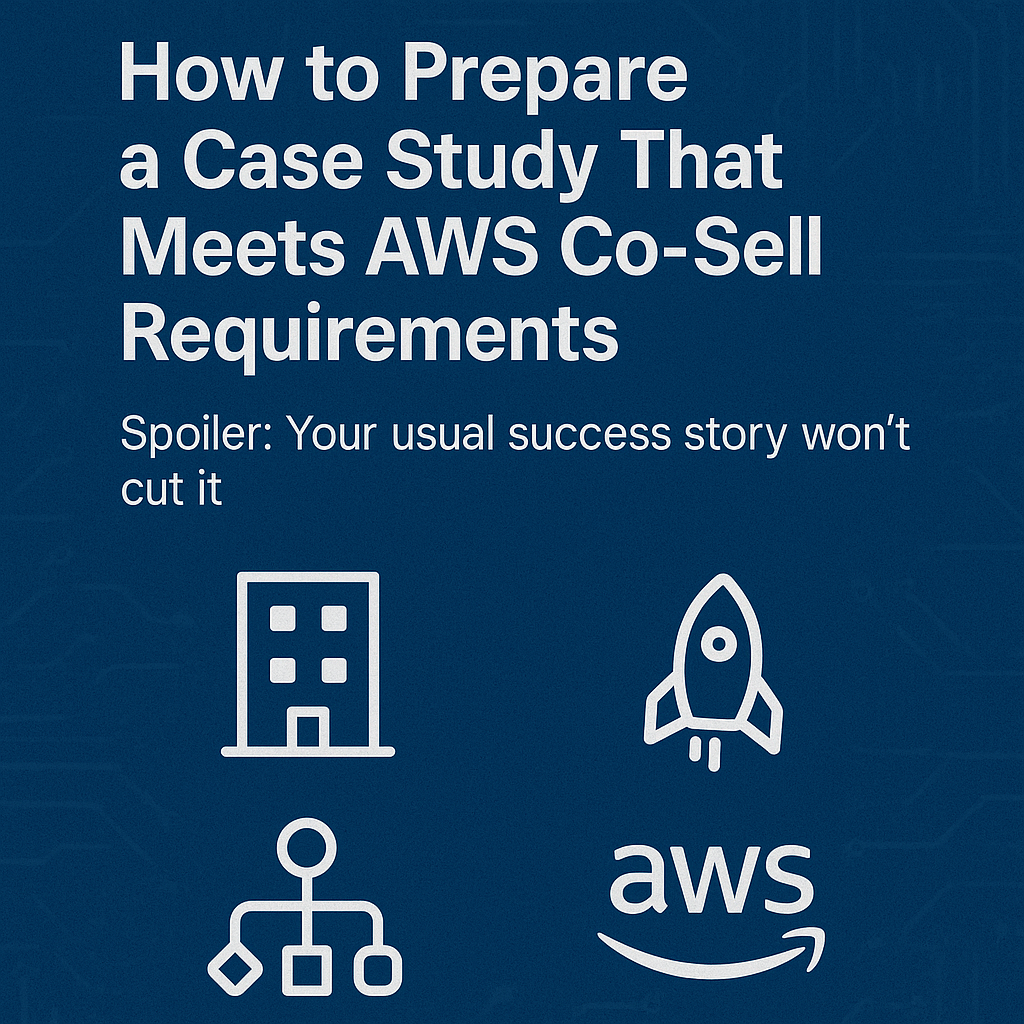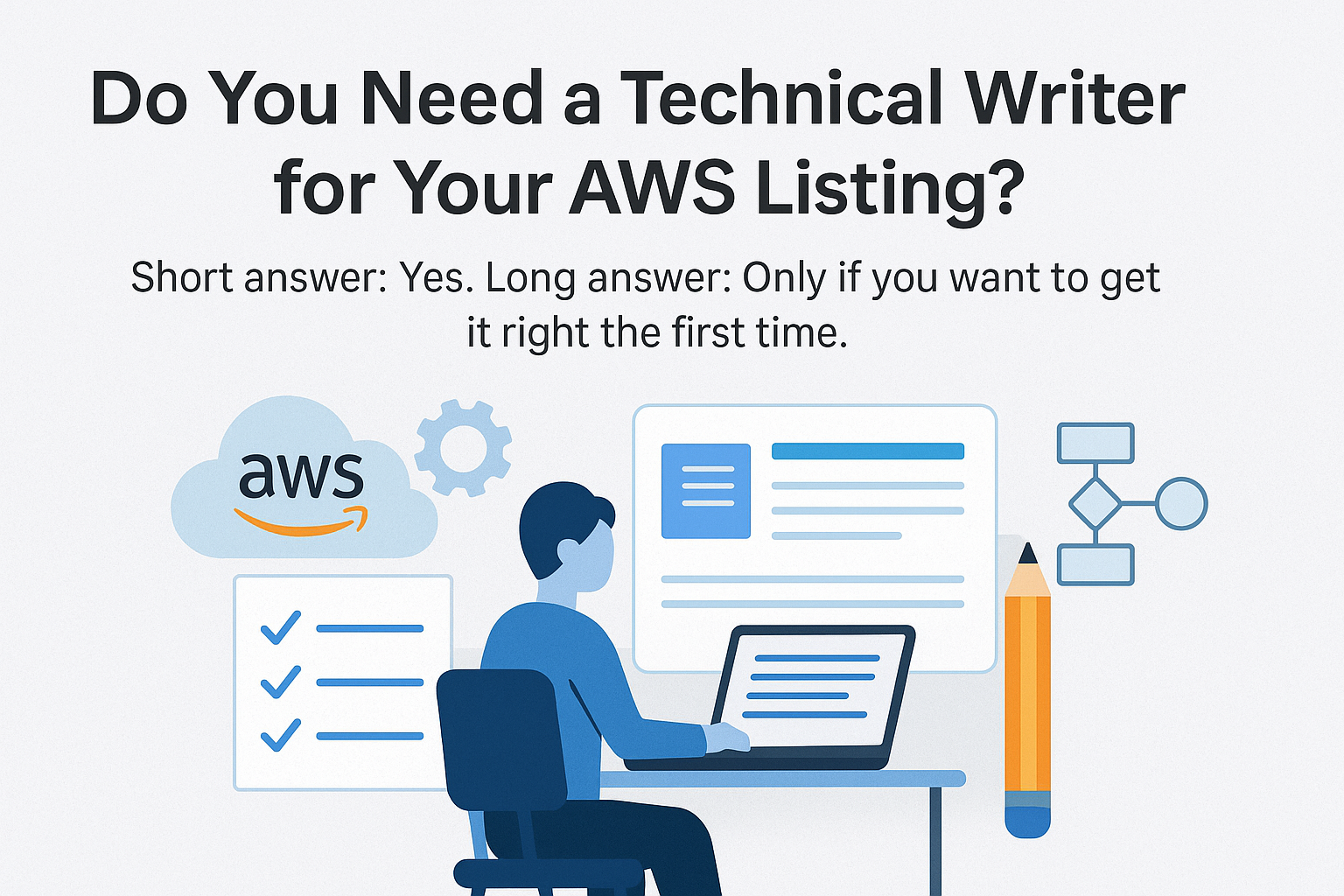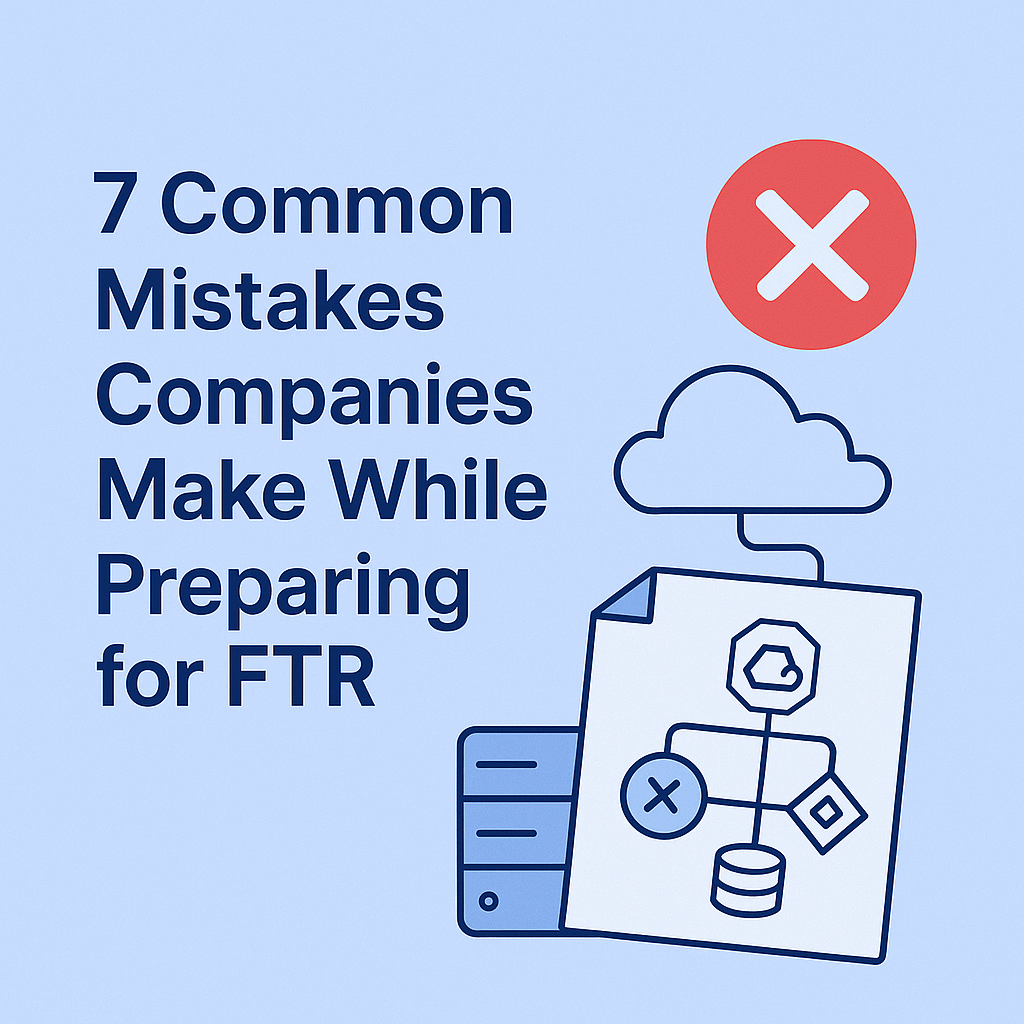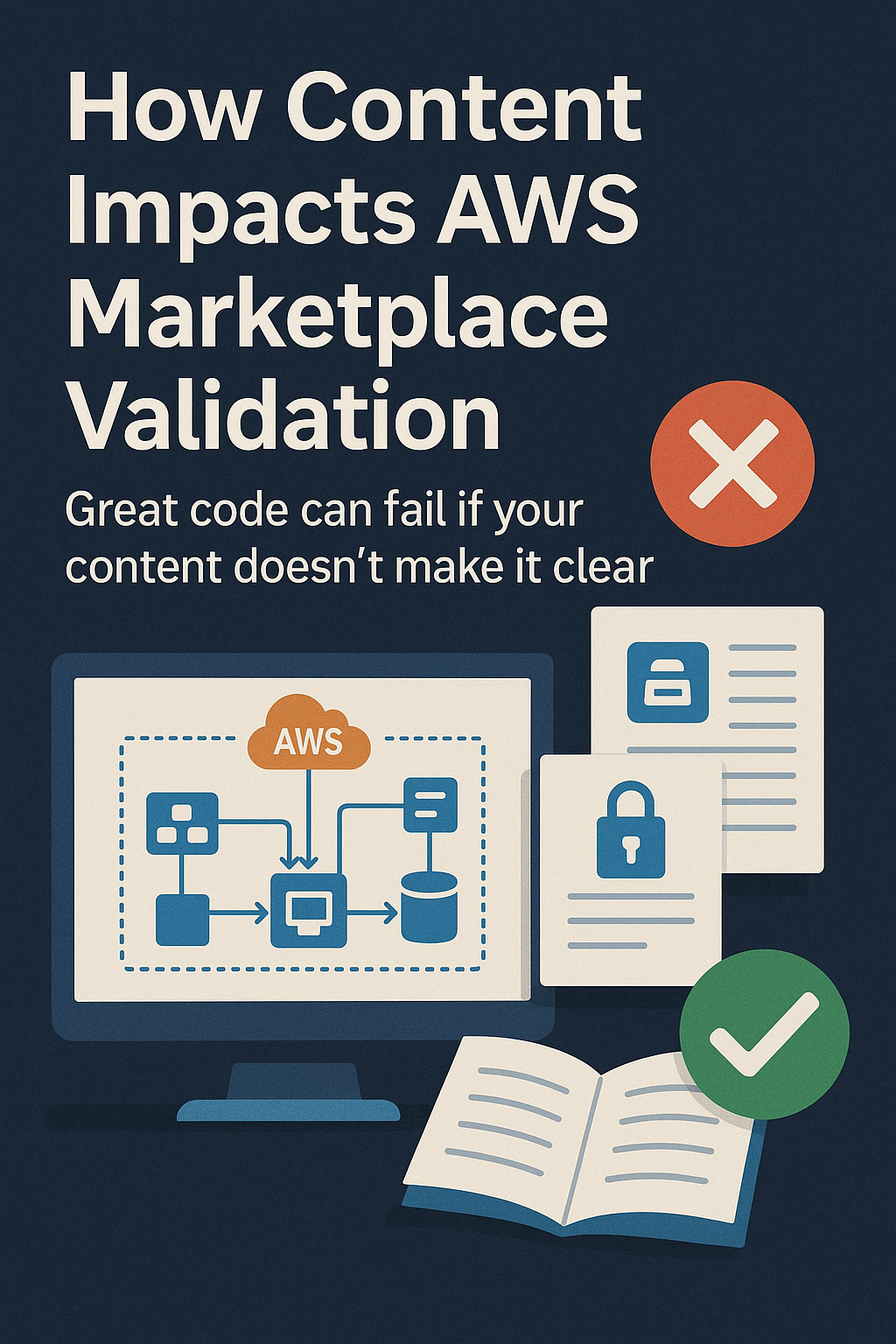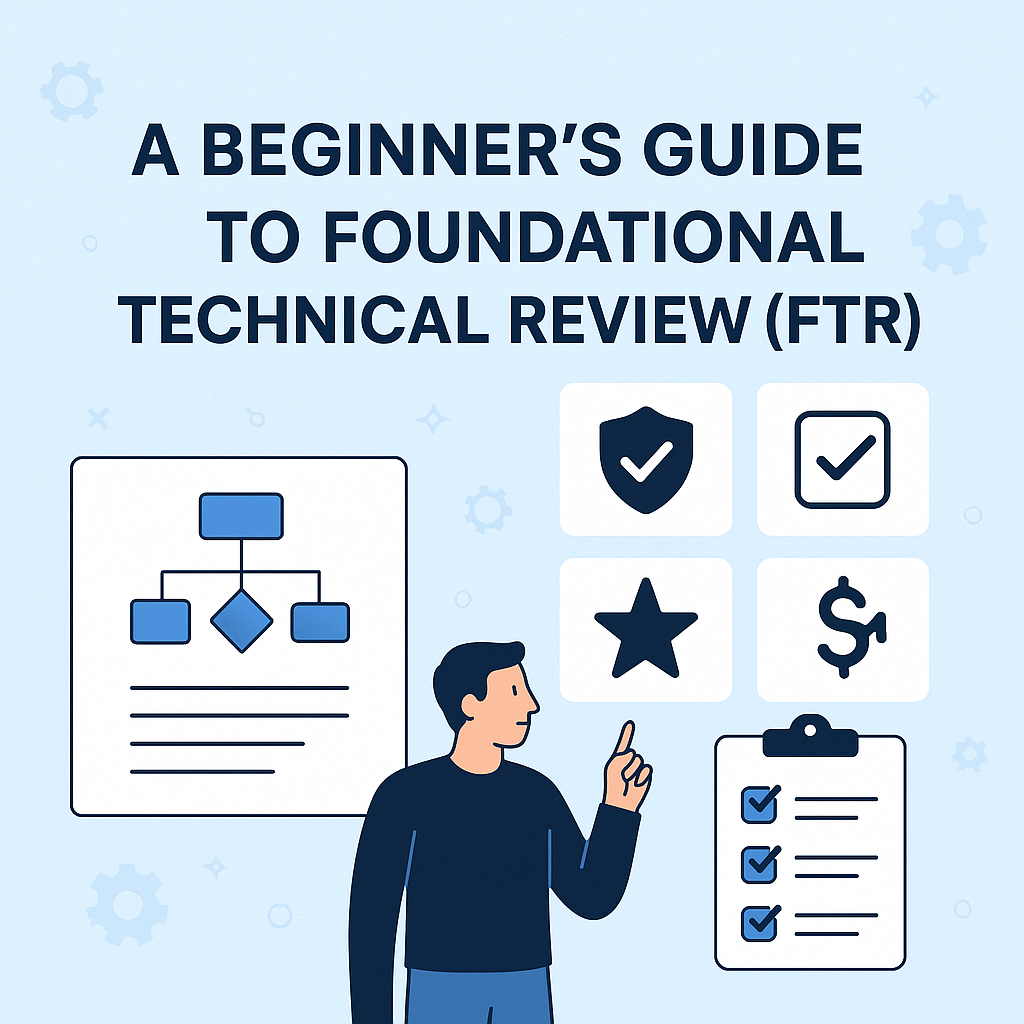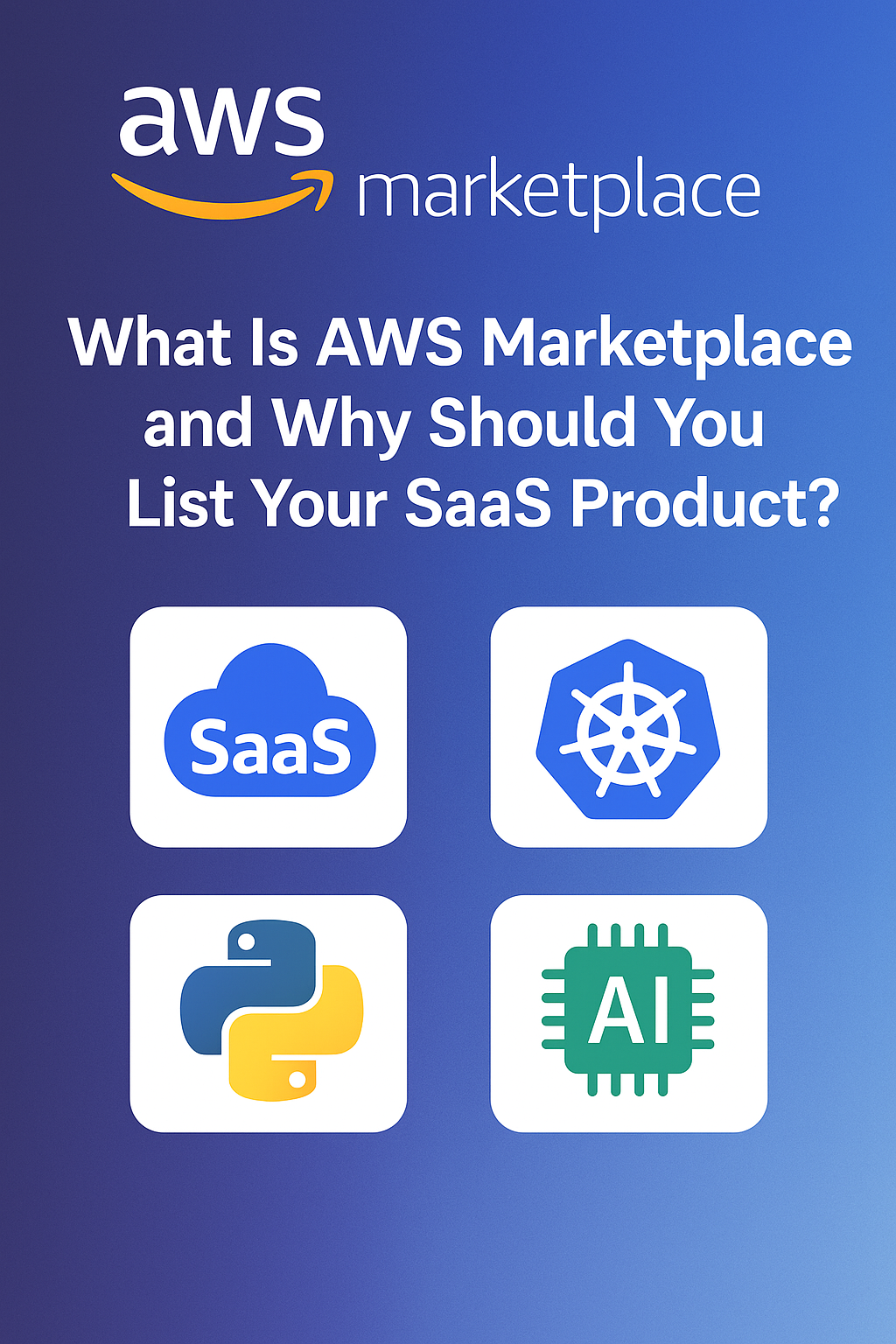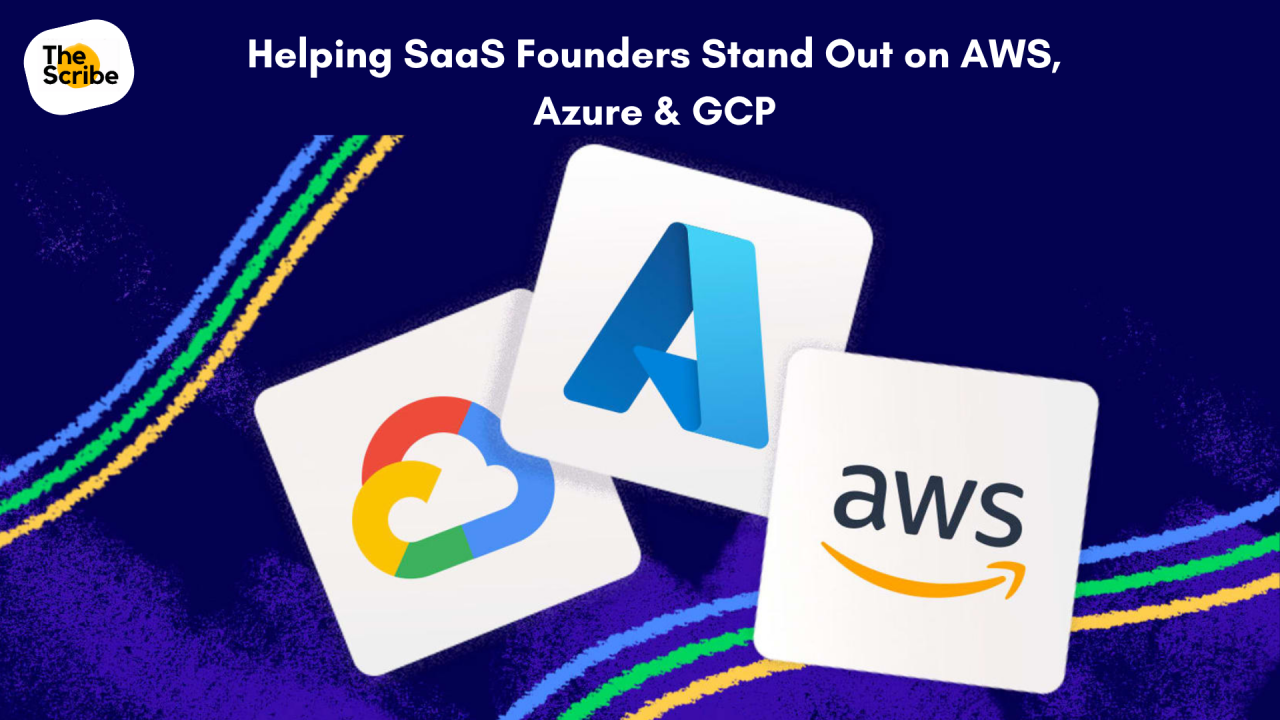Your listing is a tool, not the plan.
Introduction
Too many vendors treat their AWS Marketplace listing like a go-to-market (GTM) strategy in itself.
The thinking goes:
“We’re listed now. AWS has millions of customers. Pipeline will flow.”
But here’s the truth: AWS Marketplace is not your GTM strategy.
It’s a distribution channel, one that works only if it’s backed by the right messaging, enablement, and campaigns.
In this blog, we’ll unpack the difference between being listed and going to market, and show how to position Marketplace as a pillar of your GTM strategy—not a replacement for it.
Why Marketplace Alone Isn’t Enough
AWS Marketplace helps with:
- Reducing procurement friction
- Increasing buyer trust (AWS billing + compliance)
- Accelerating enterprise deals (via Private Offers, CPPO)
- Unlocking Co-Sell opportunities with AWS
But Marketplace does not:
- Define your ICP (Ideal Customer Profile)
- Generate awareness of your solution
- Position your product against competitors
- Create demand where it doesn’t exist
Without a real GTM strategy, your listing is like a billboard in the desert: visible, but unseen.
What a Real GTM Strategy Looks Like
A complete AWS-aligned GTM strategy covers 4 layers:
| GTM Layer | Marketplace Role | Your Responsibility |
|---|---|---|
| 1. ICP & Messaging | Marketplace copy reinforces ICP language | Define personas, industries, and problem statements |
| 2. Demand Gen | Listing acts as a destination for campaigns | Run LinkedIn ads, webinars, blogs, and outbound with links to your listing |
| 3. Sales Enablement | AWS sellers use Marketplace as a procurement path | Build Co-Sell decks, case studies, reference architectures |
| 4. Buyer Journey | Marketplace simplifies contracting & billing | Create POCs, pilots, and private offers tailored to buyer stages |
Marketplace is the funnel endpoint. GTM is the funnel engine.
How the Best Vendors Use Marketplace Inside Their GTM
The top 1% of Marketplace performers don’t just “list and wait.”
They integrate Marketplace into every GTM motion:
- Website & Landing Pages
→ “Buy on AWS Marketplace” as a CTA alongside demo/trial buttons - Field Marketing Campaigns
→ Marketplace-exclusive offers promoted at events, webinars, and account-based campaigns - Outbound Sales
→ Reps use Marketplace as a procurement shortcut:
“You don’t need new vendor approval—just buy us through AWS Marketplace.” - Content & Case Studies
→ Marketplace presence tied into trust signals:
“Co-Sell eligible with AWS. Validated through FTR. Listed in AWS Marketplace.” - AWS Seller Enablement
→ Training Partner Managers and Account Executives on:- Who the product serves
- What AWS services it runs on
- How to position it with enterprise customers
Common Pitfalls of Treating Marketplace as a GTM Strategy
- No traffic plan → Listing sits idle because you didn’t promote it
- Generic messaging → Buyers can’t tell how you solve their problem
- No Co-Sell enablement → AWS sellers don’t know how to pitch you
- Over-reliance on AWS → Expecting AWS to do your marketing for you
- Misaligned funnel → No integration between your listing and your CRM, website, or SDR team
Conclusion
AWS Marketplace is a channel, a powerful one, but only when integrated into a larger GTM strategy.
The vendors who win don’t just list. They:
- Build demand through campaigns
- Position Marketplace as a frictionless buying path
- Equip AWS sellers with the right assets
- Measure ROI across pipeline, not just listing views
Marketplace is where the deal closes, but your GTM strategy is what gets buyers there.
Want help building a GTM plan that actually turns Marketplace into a revenue engine?
Contact us for more details.
